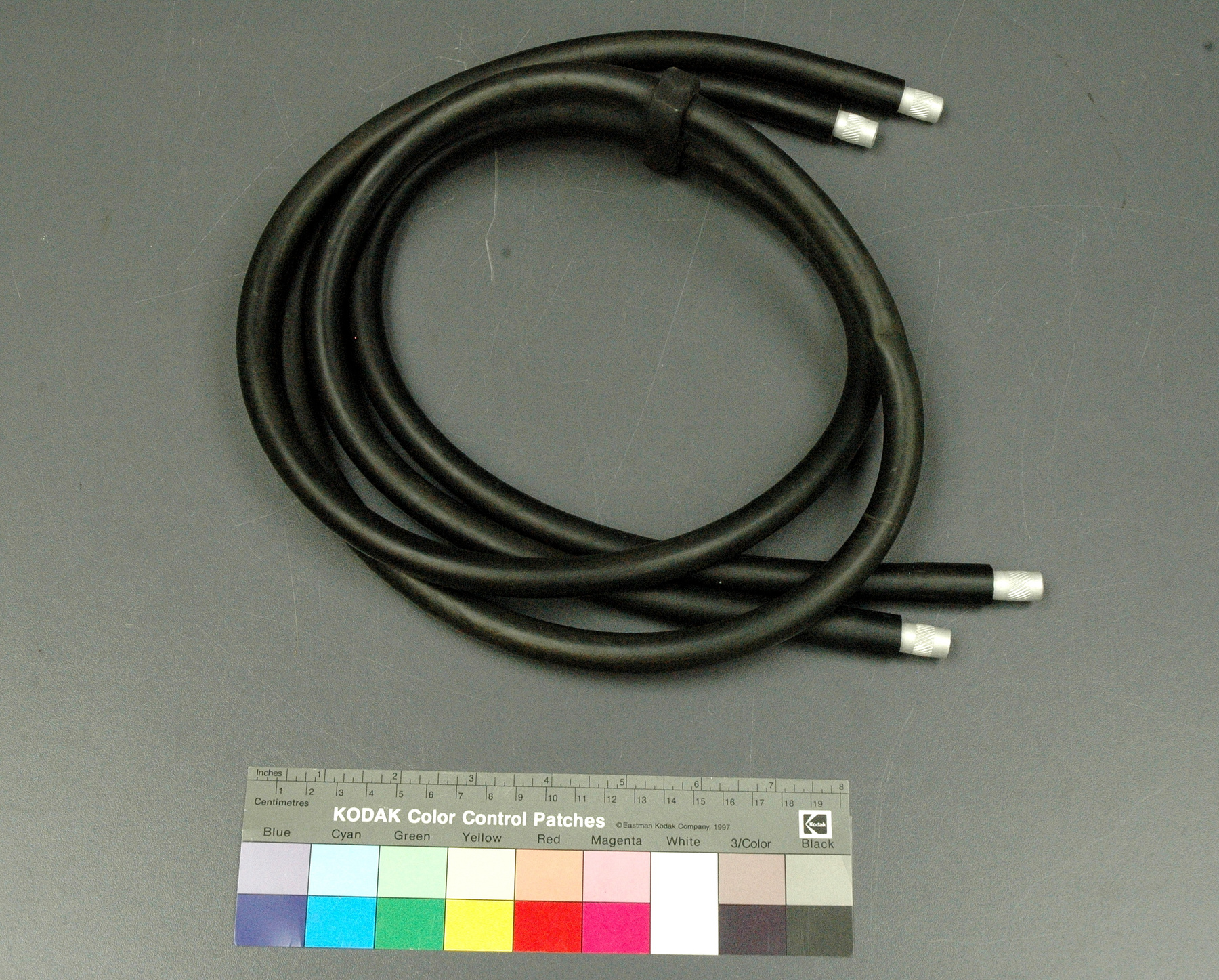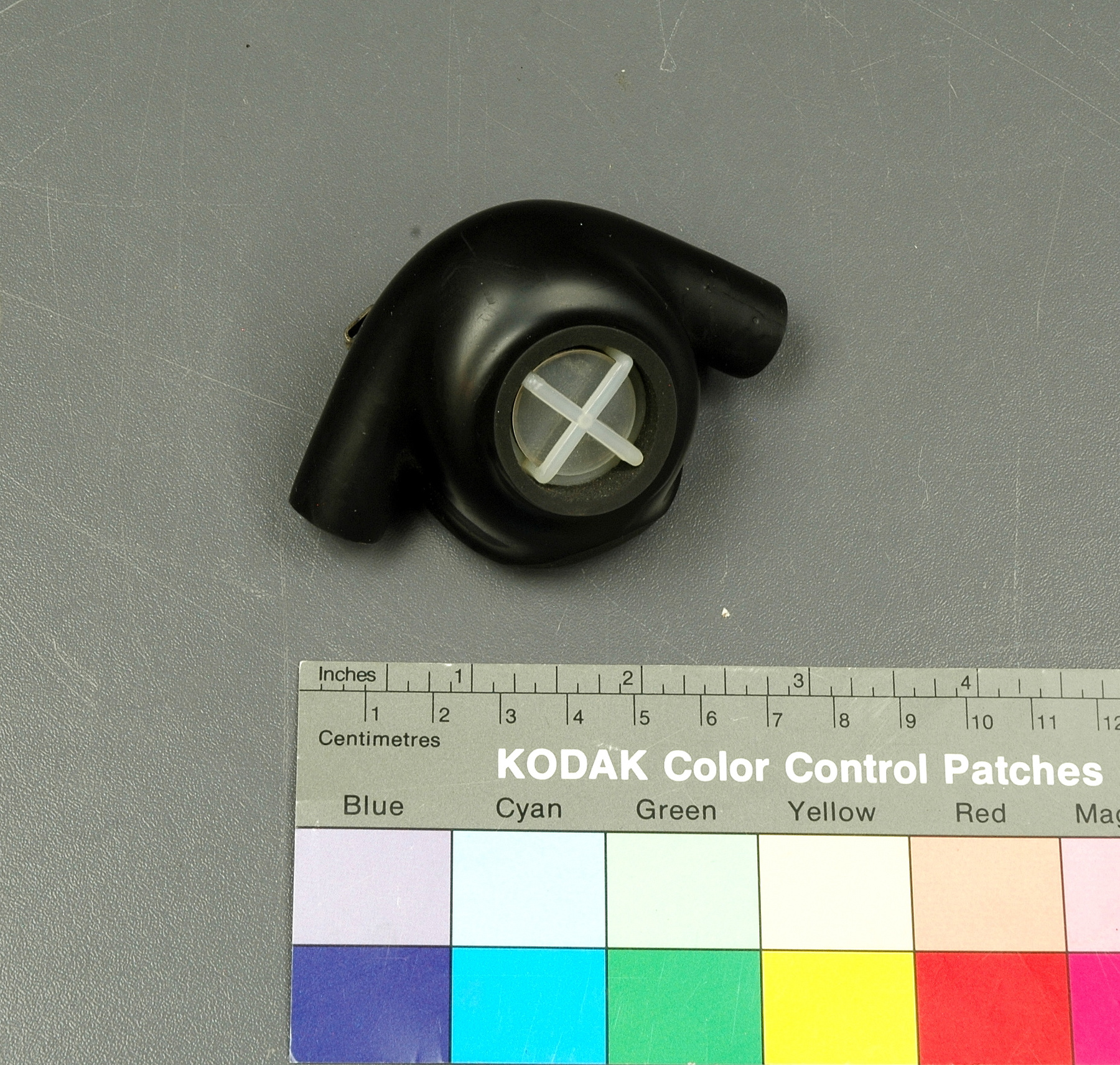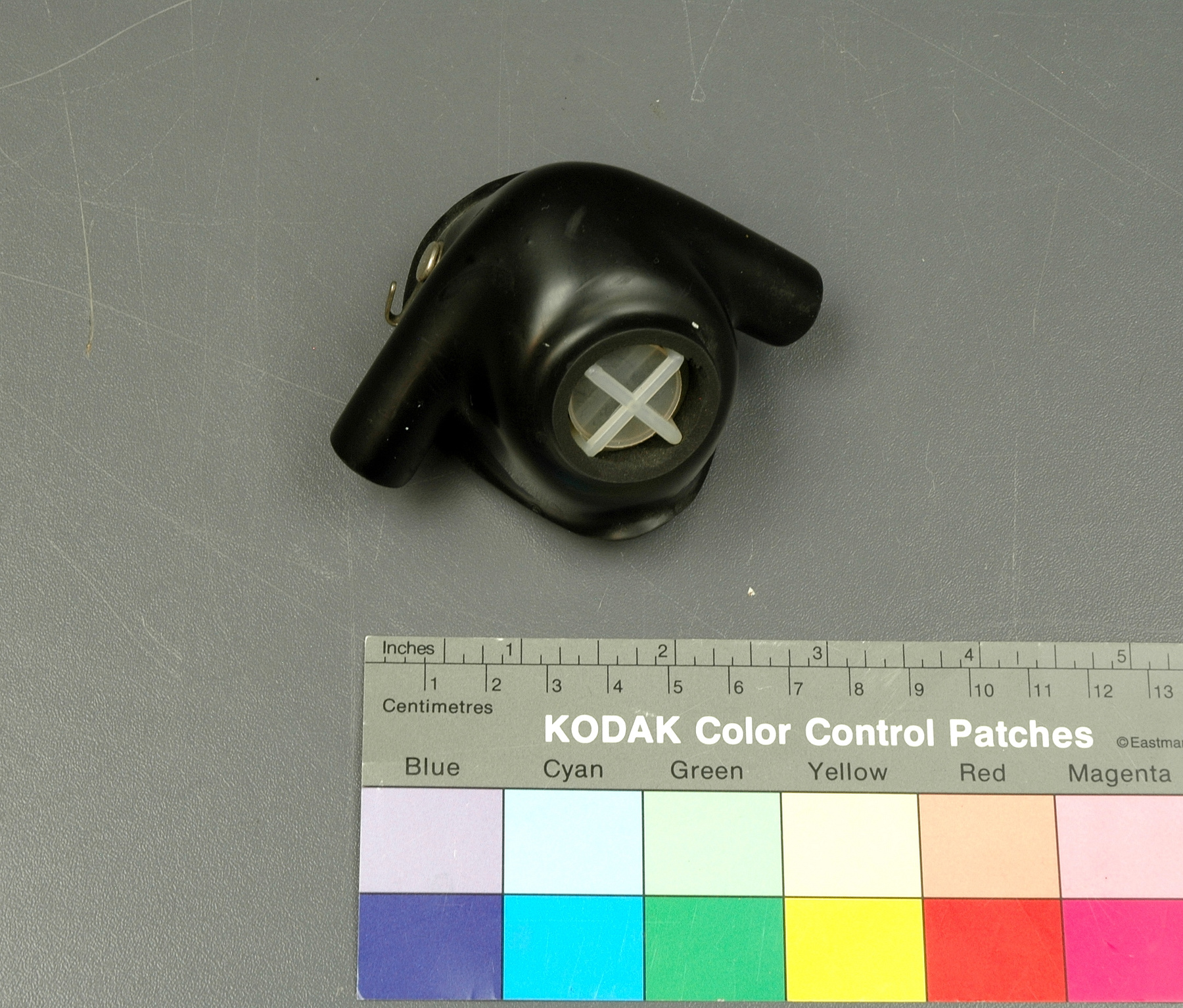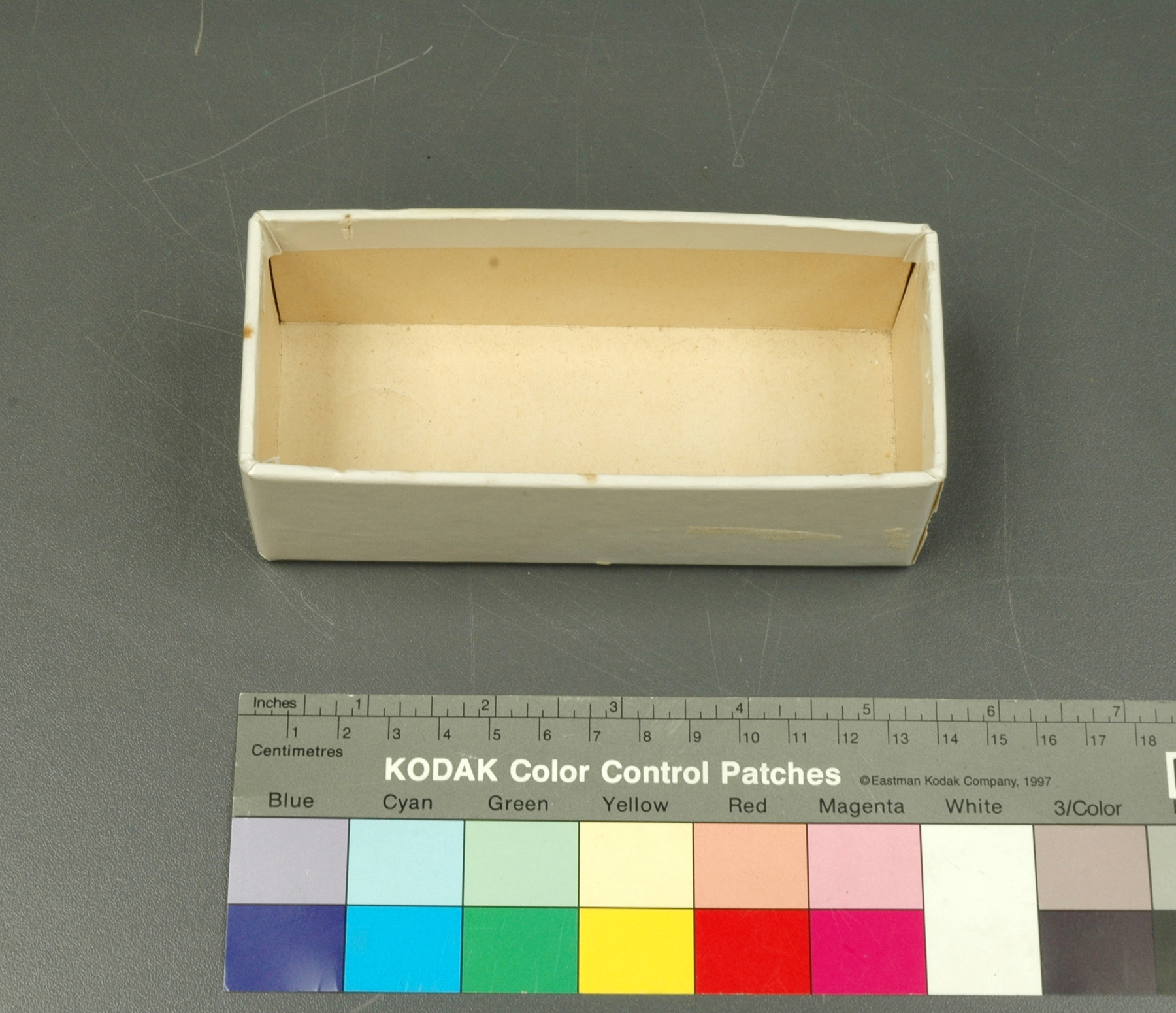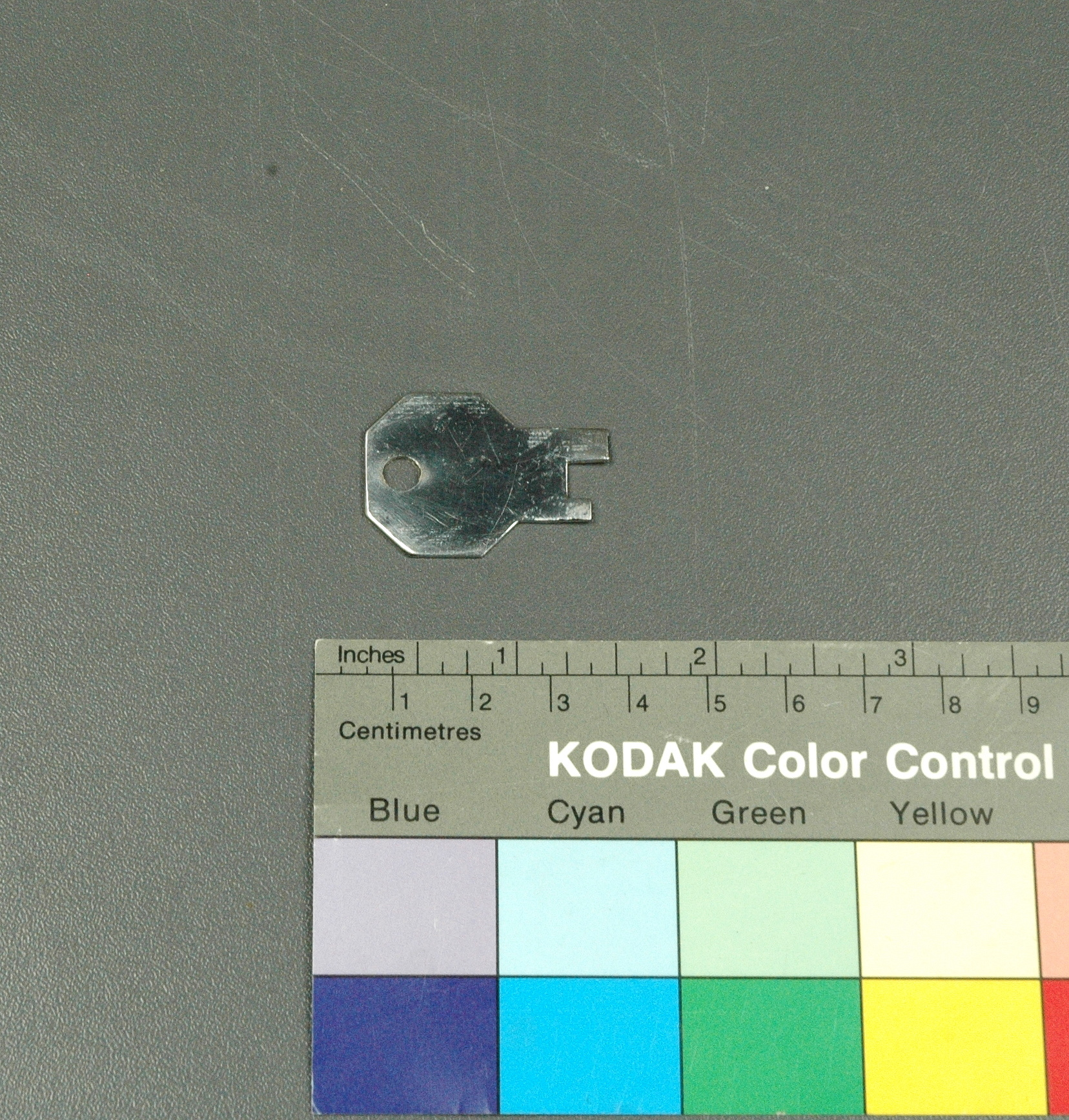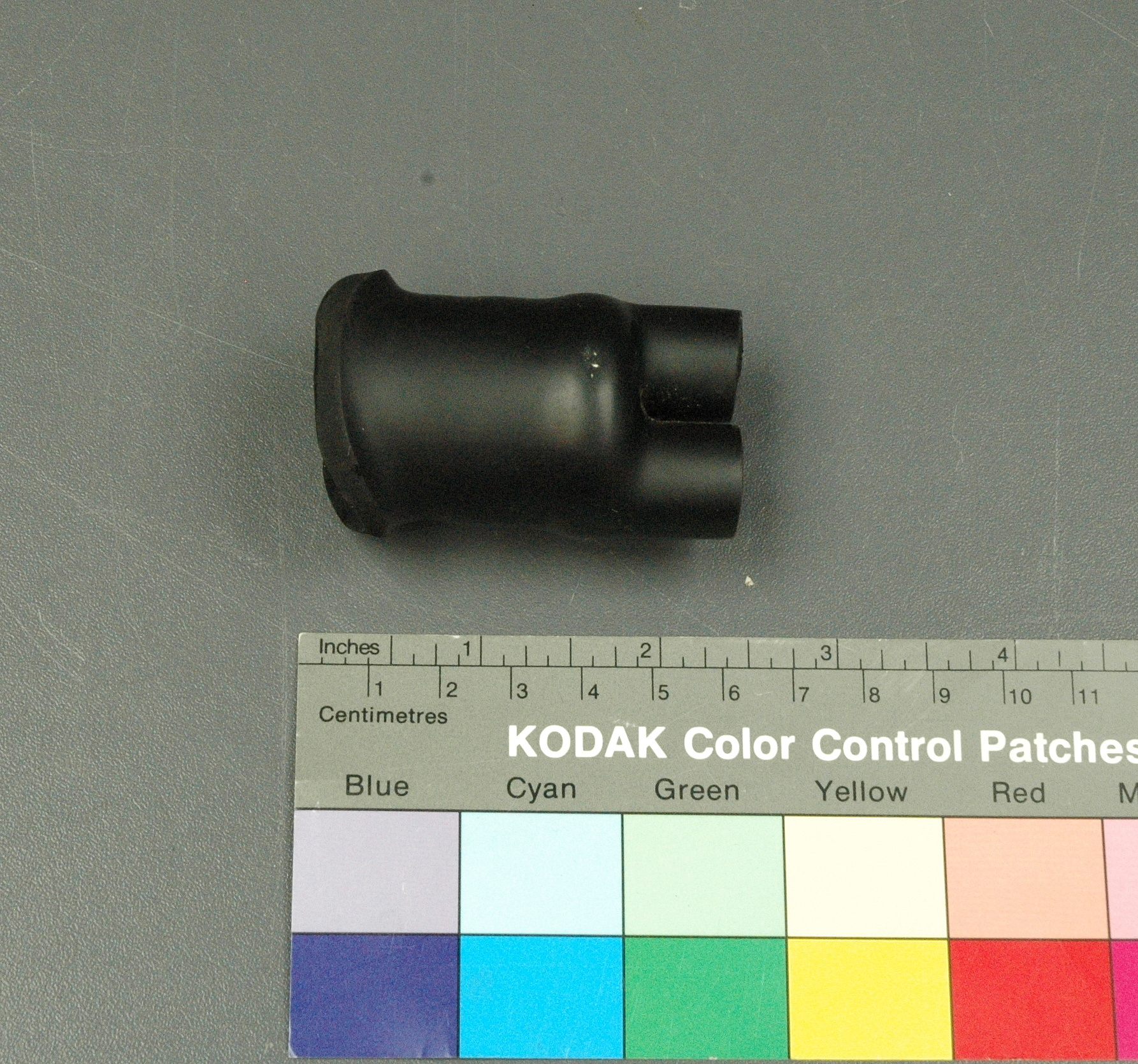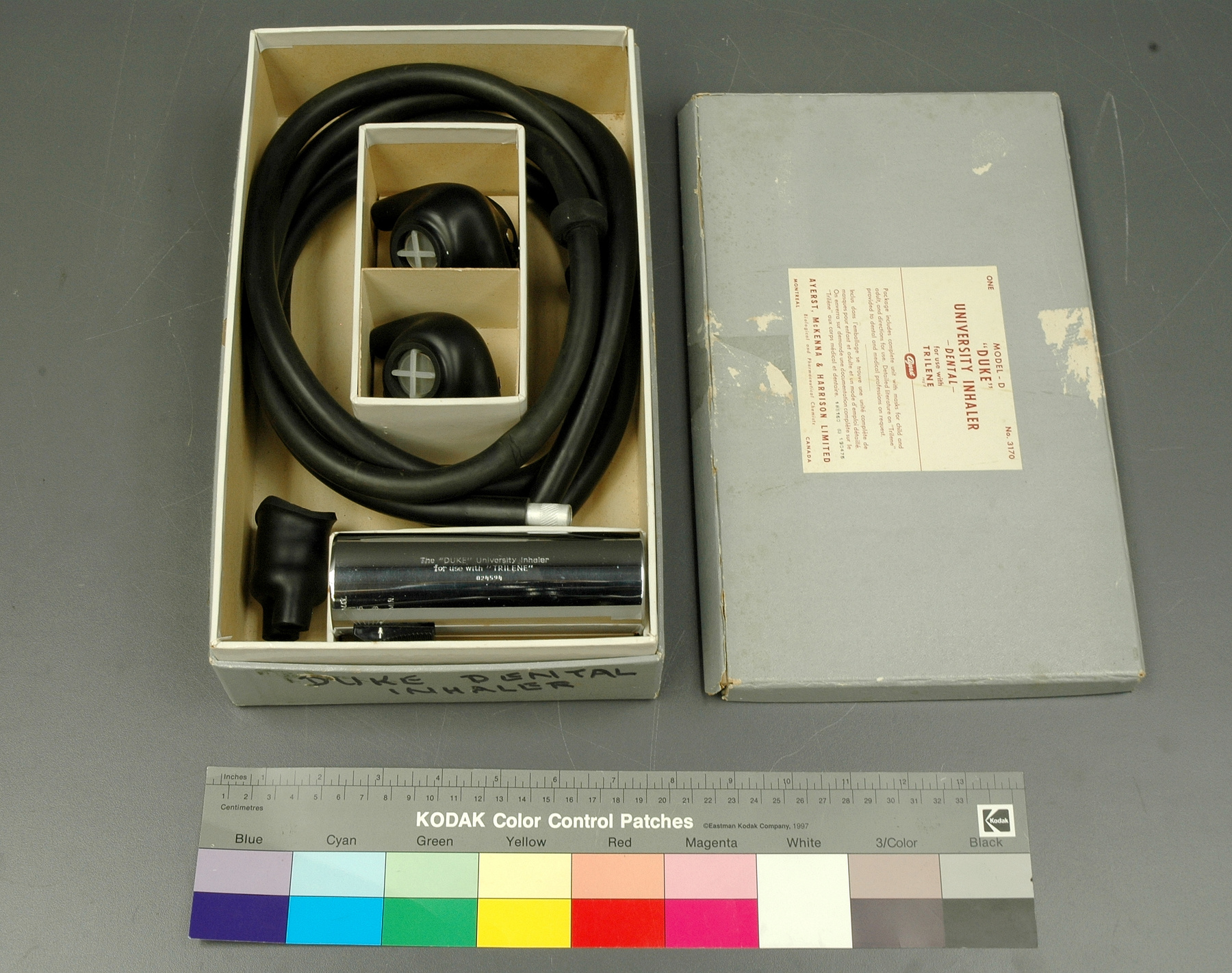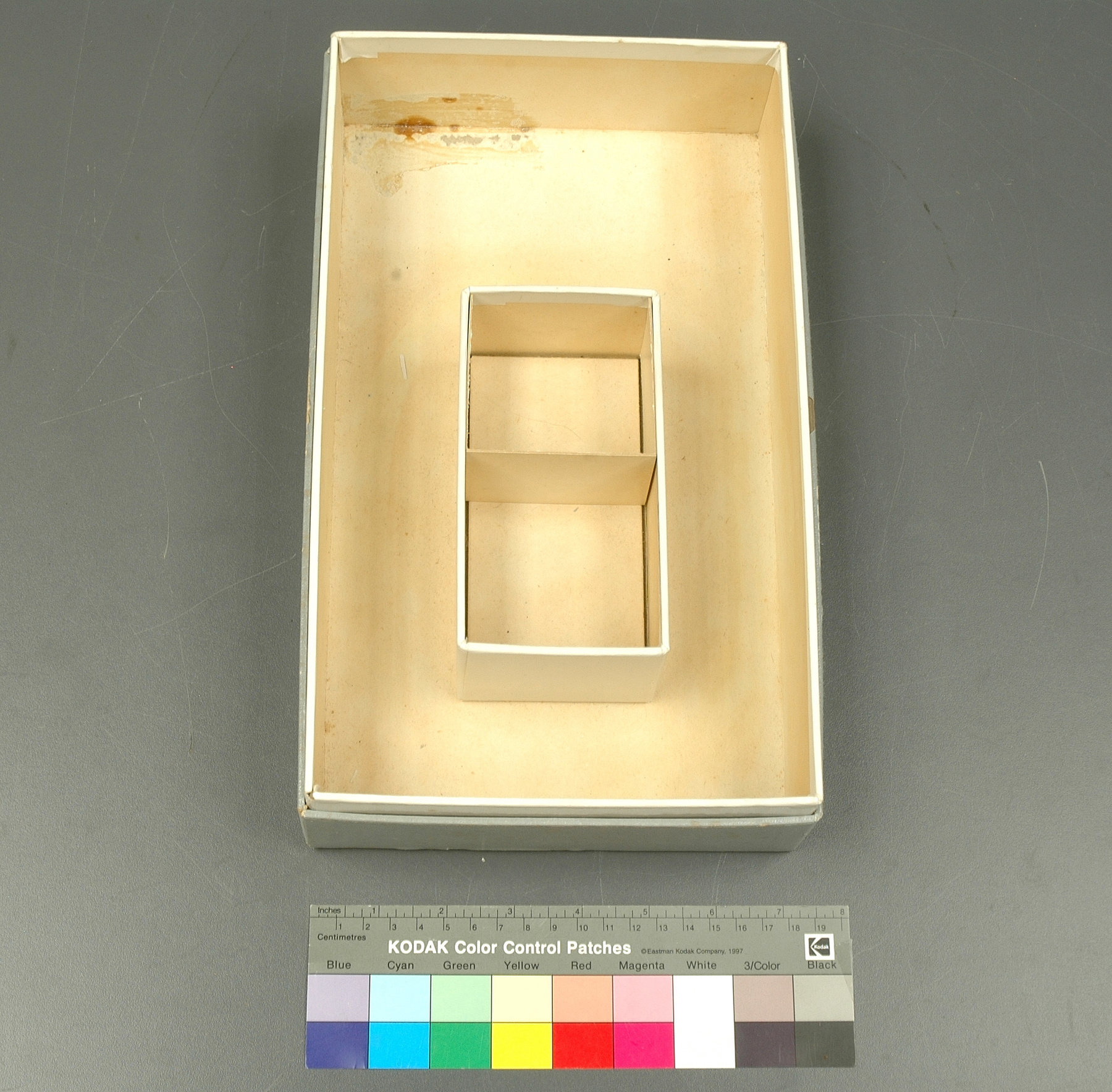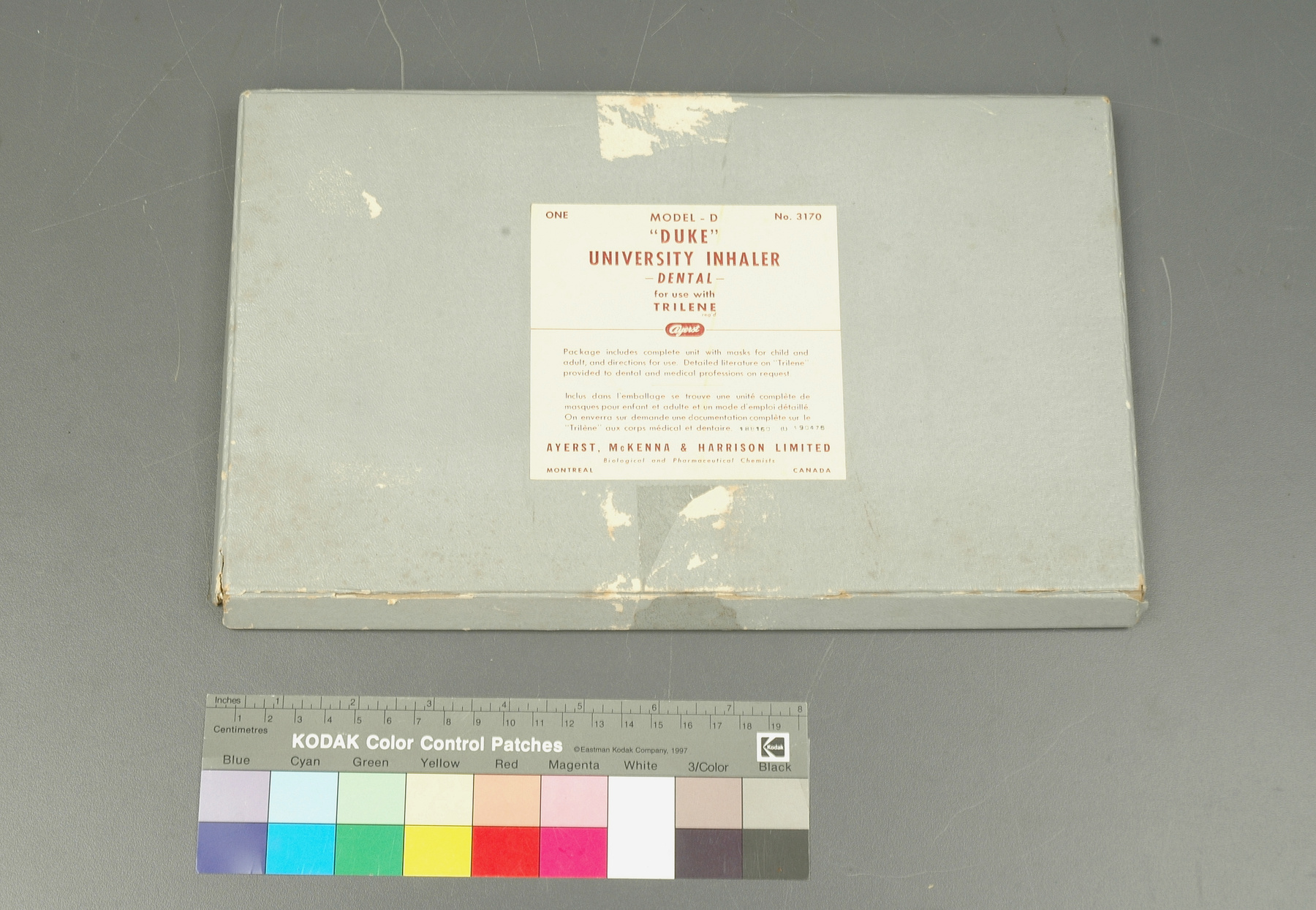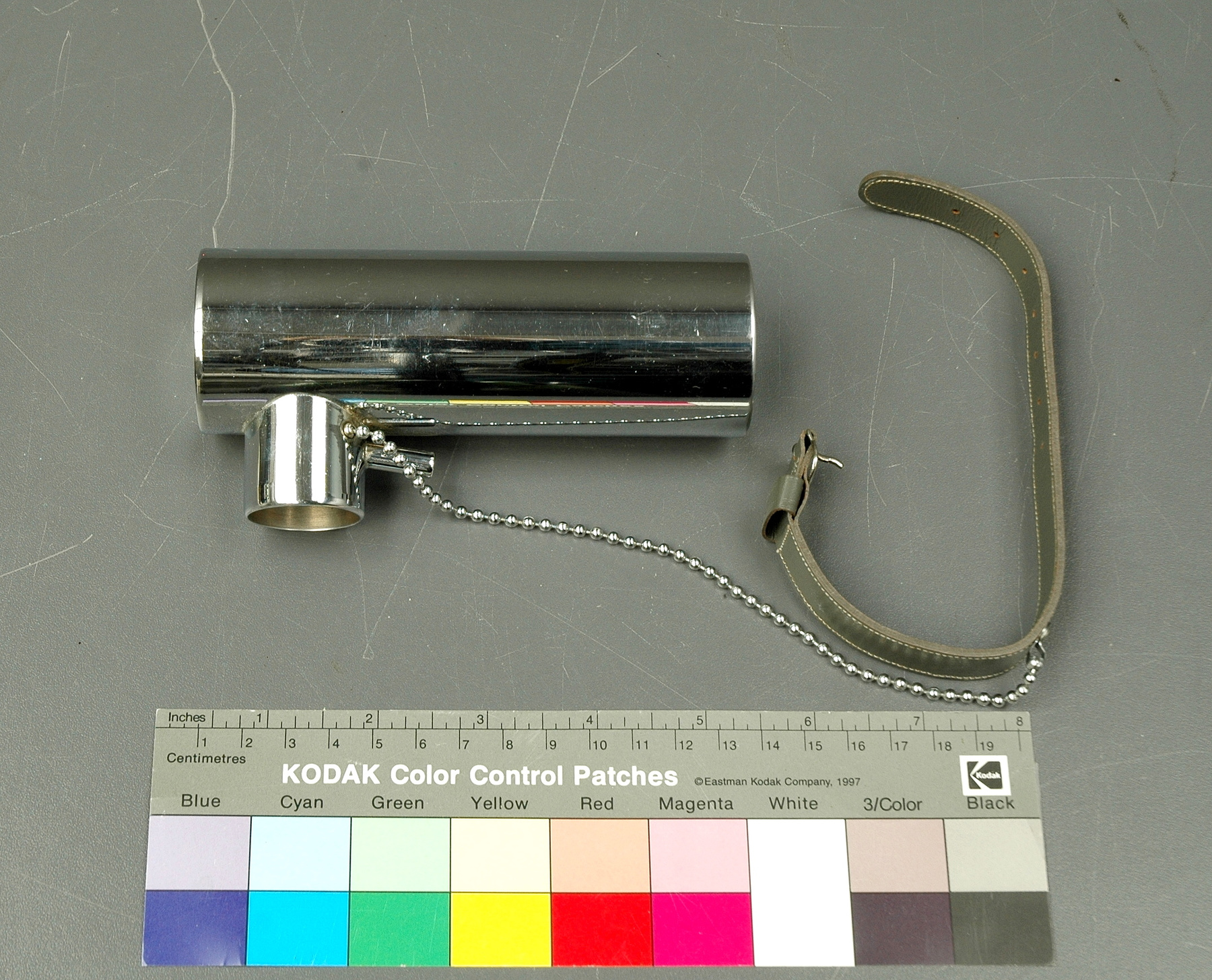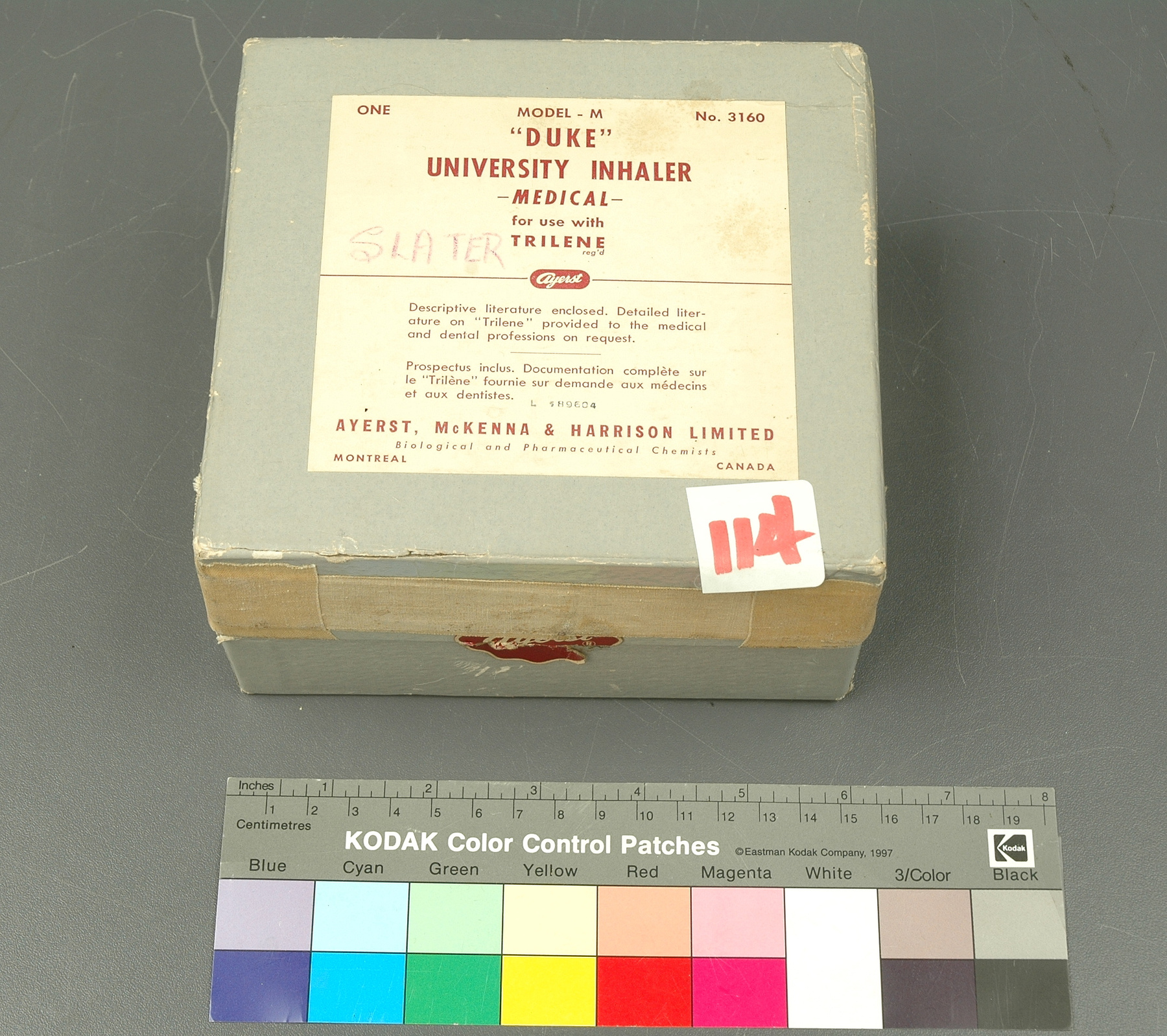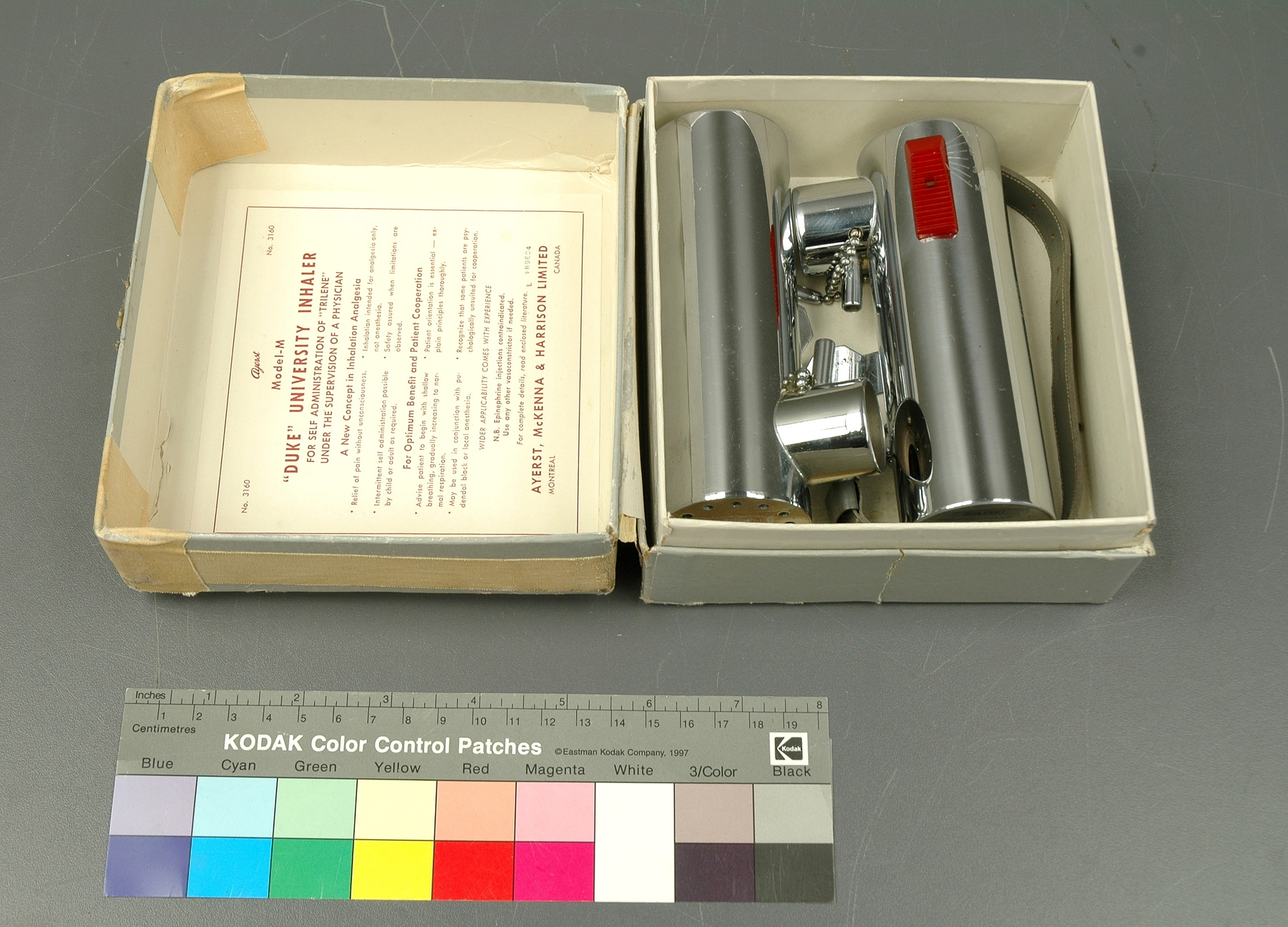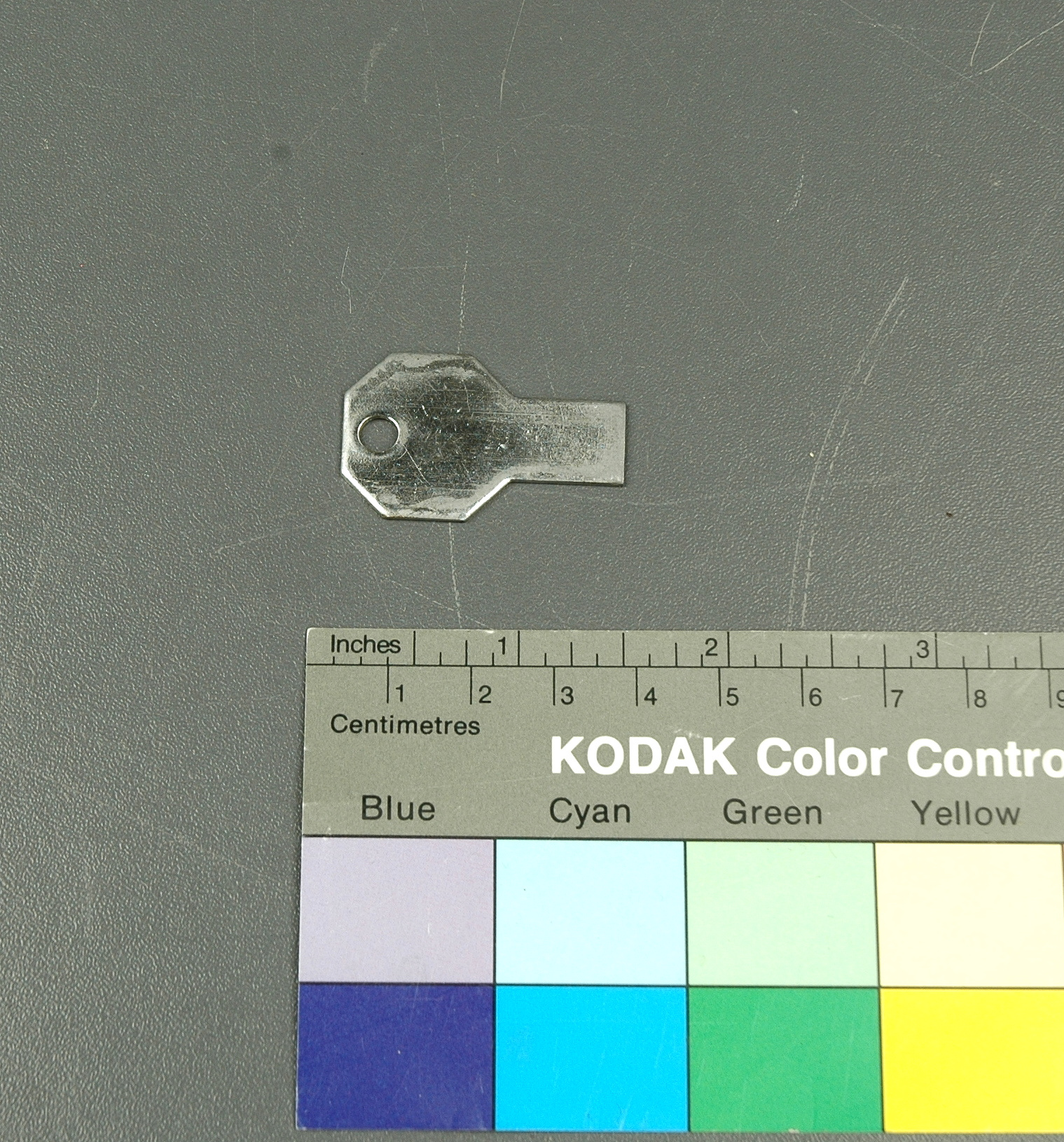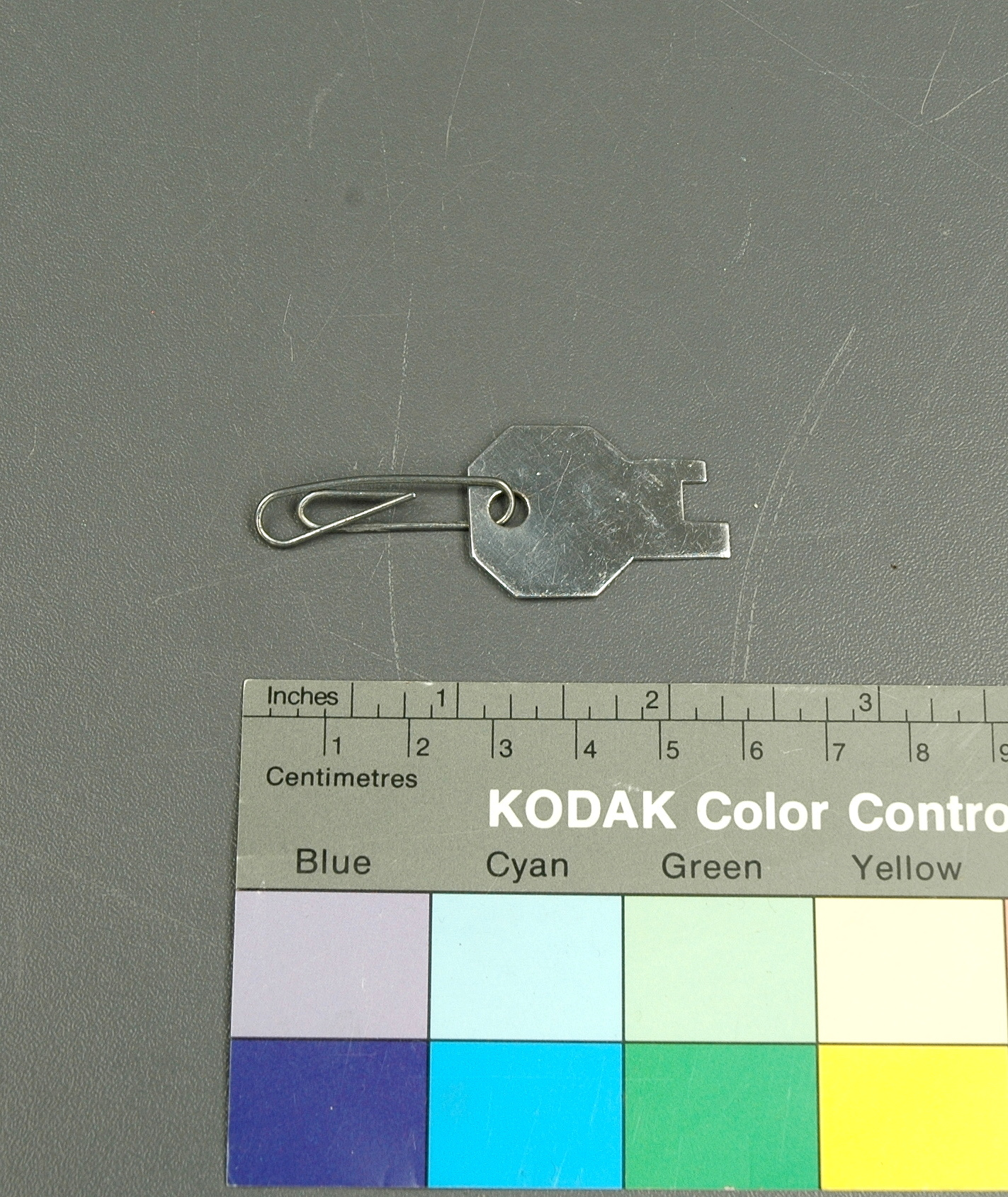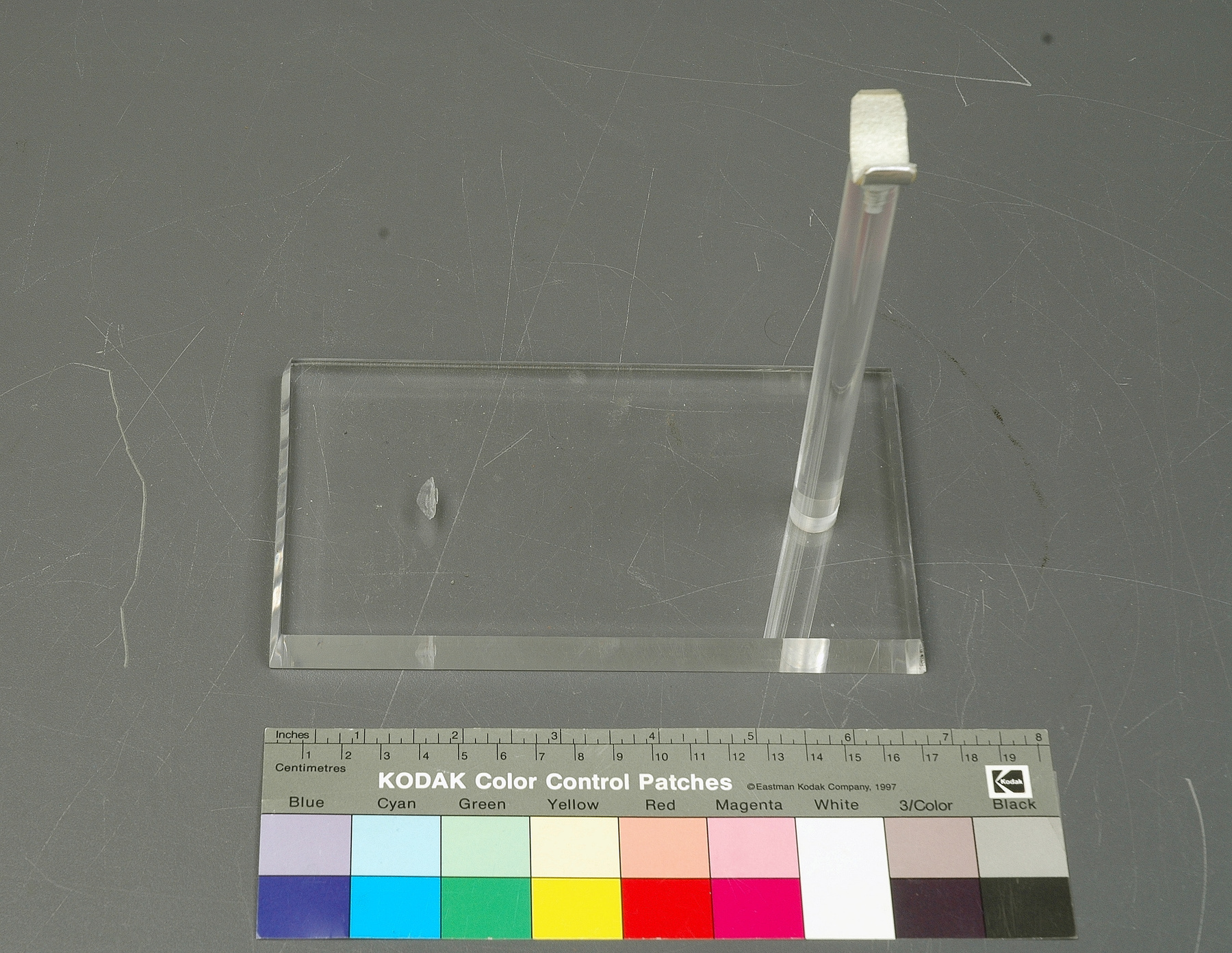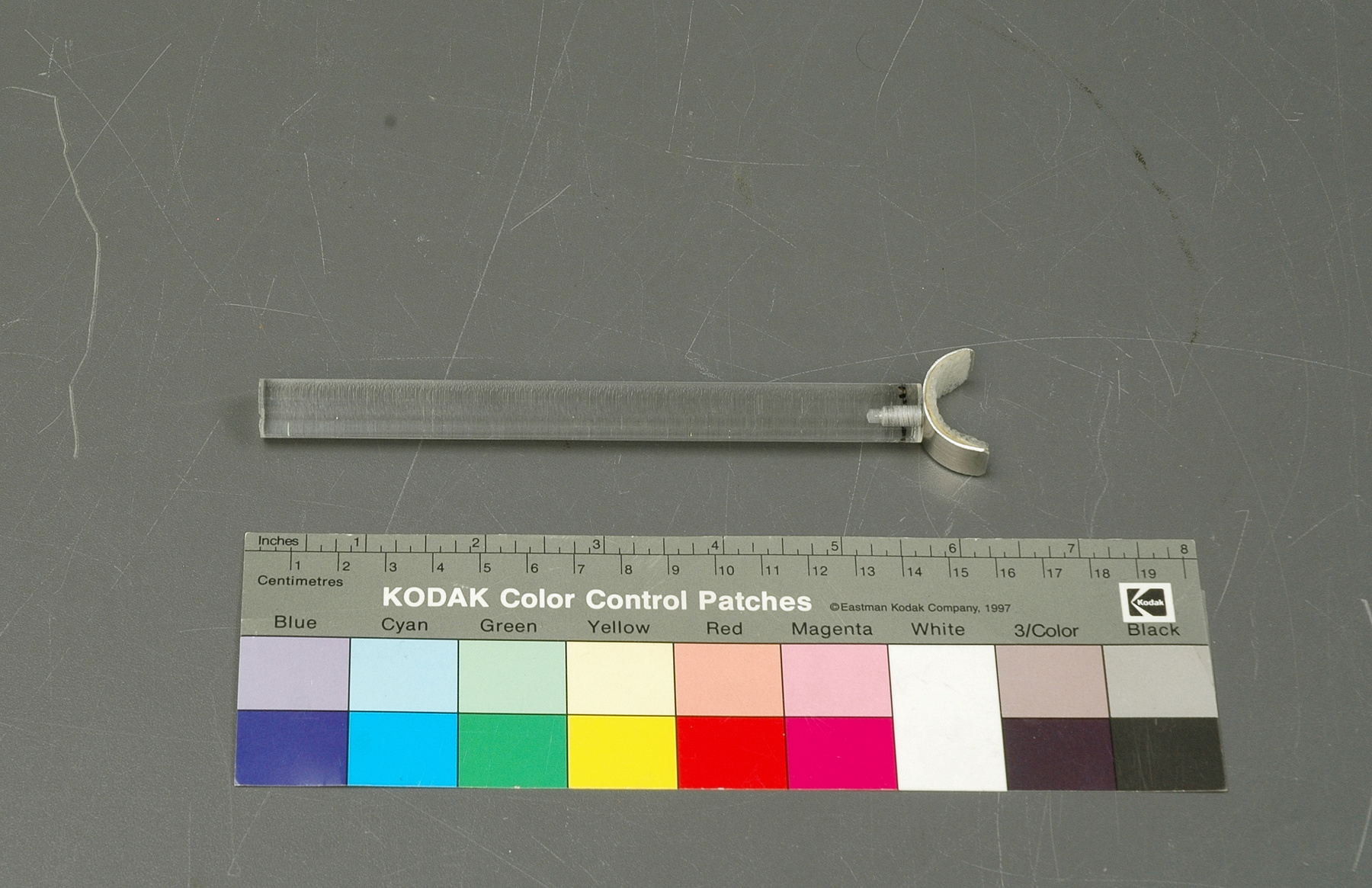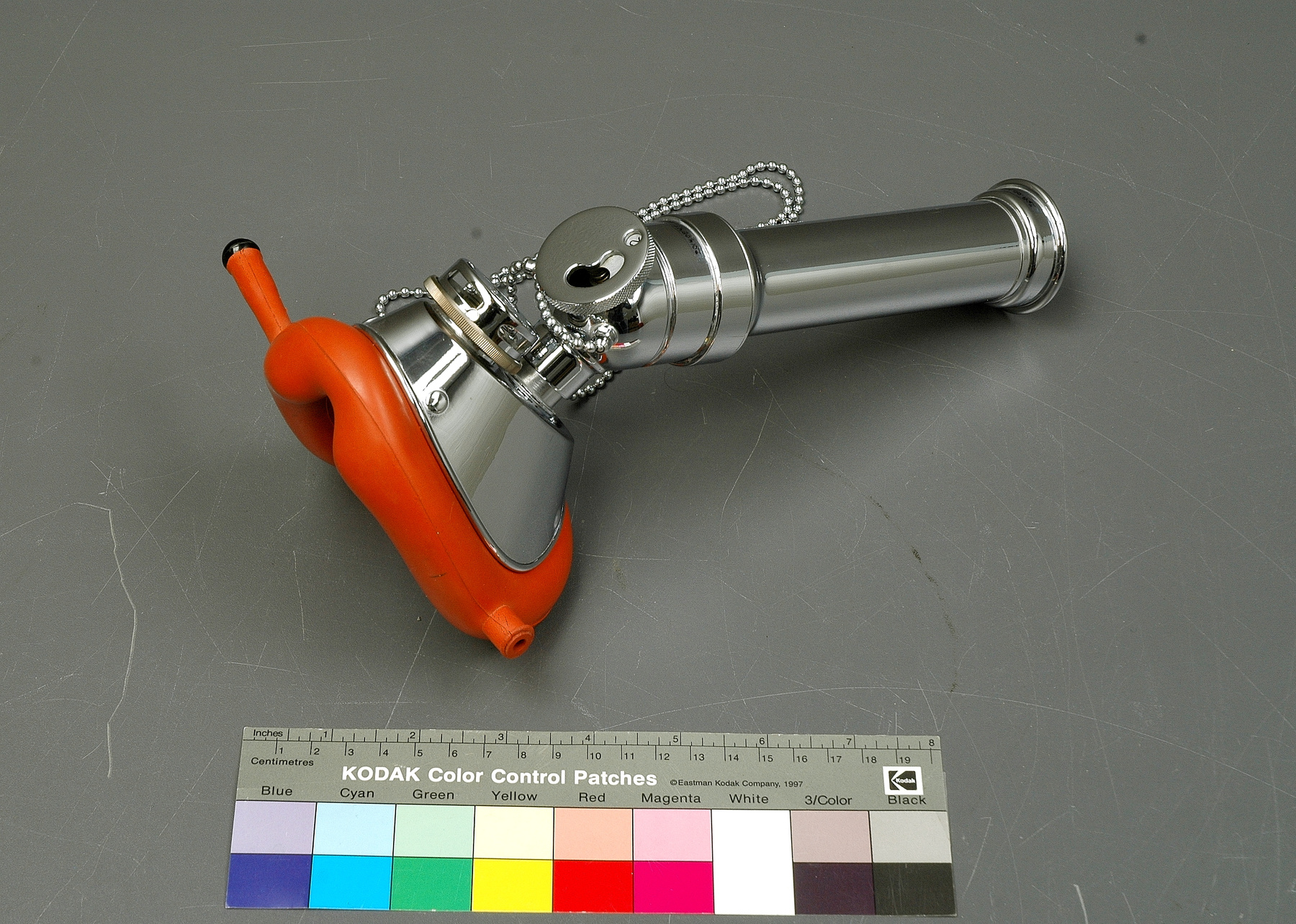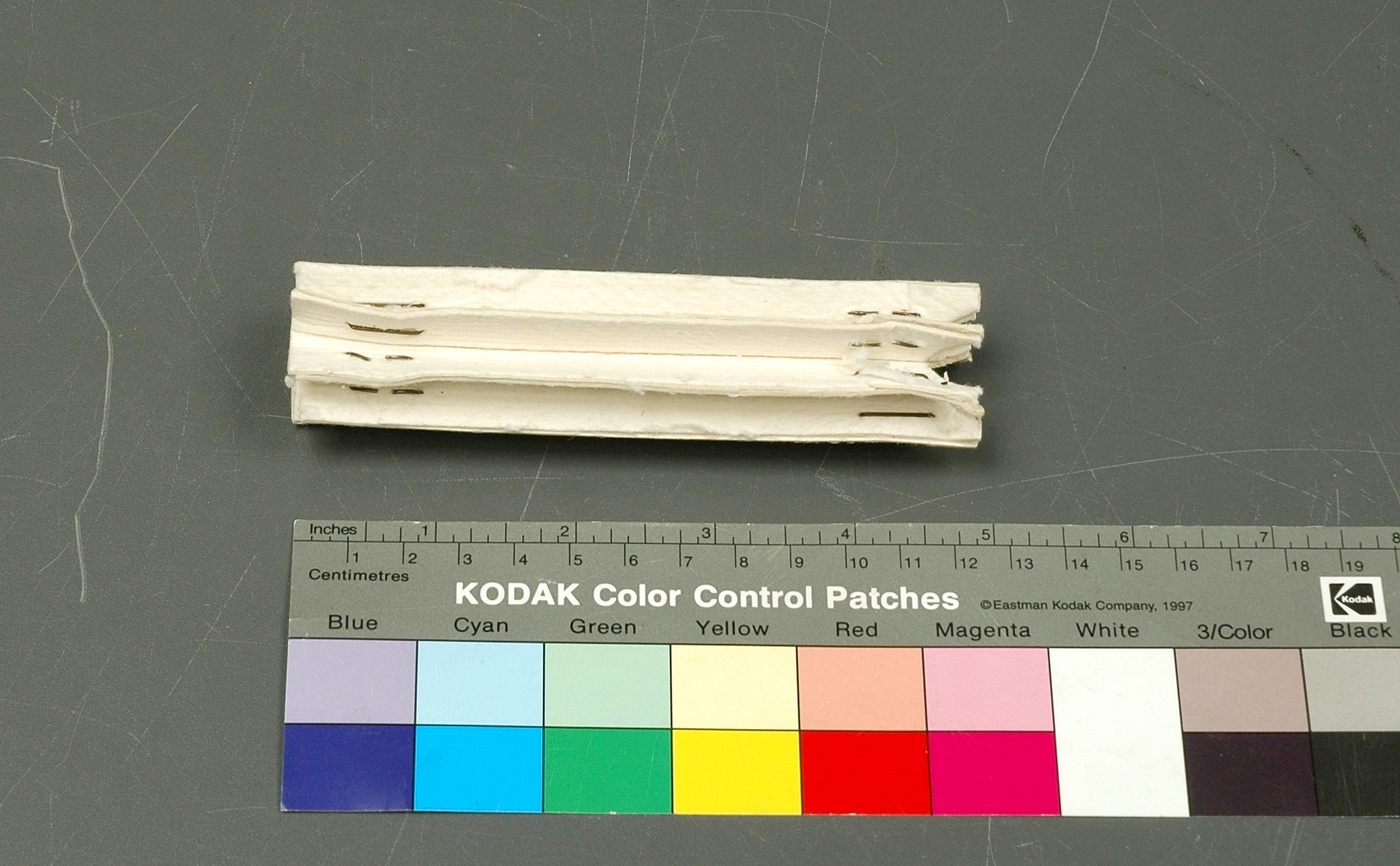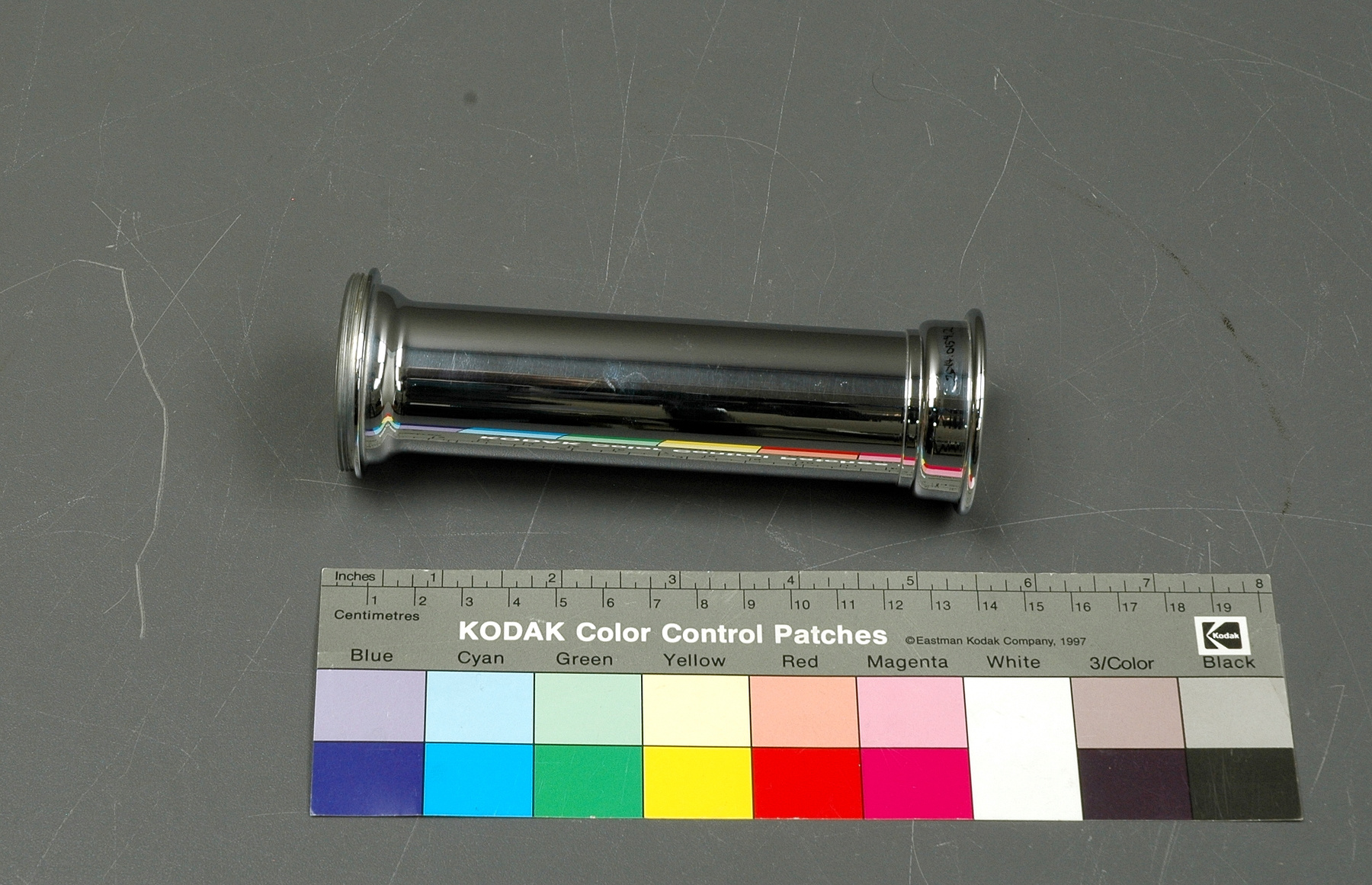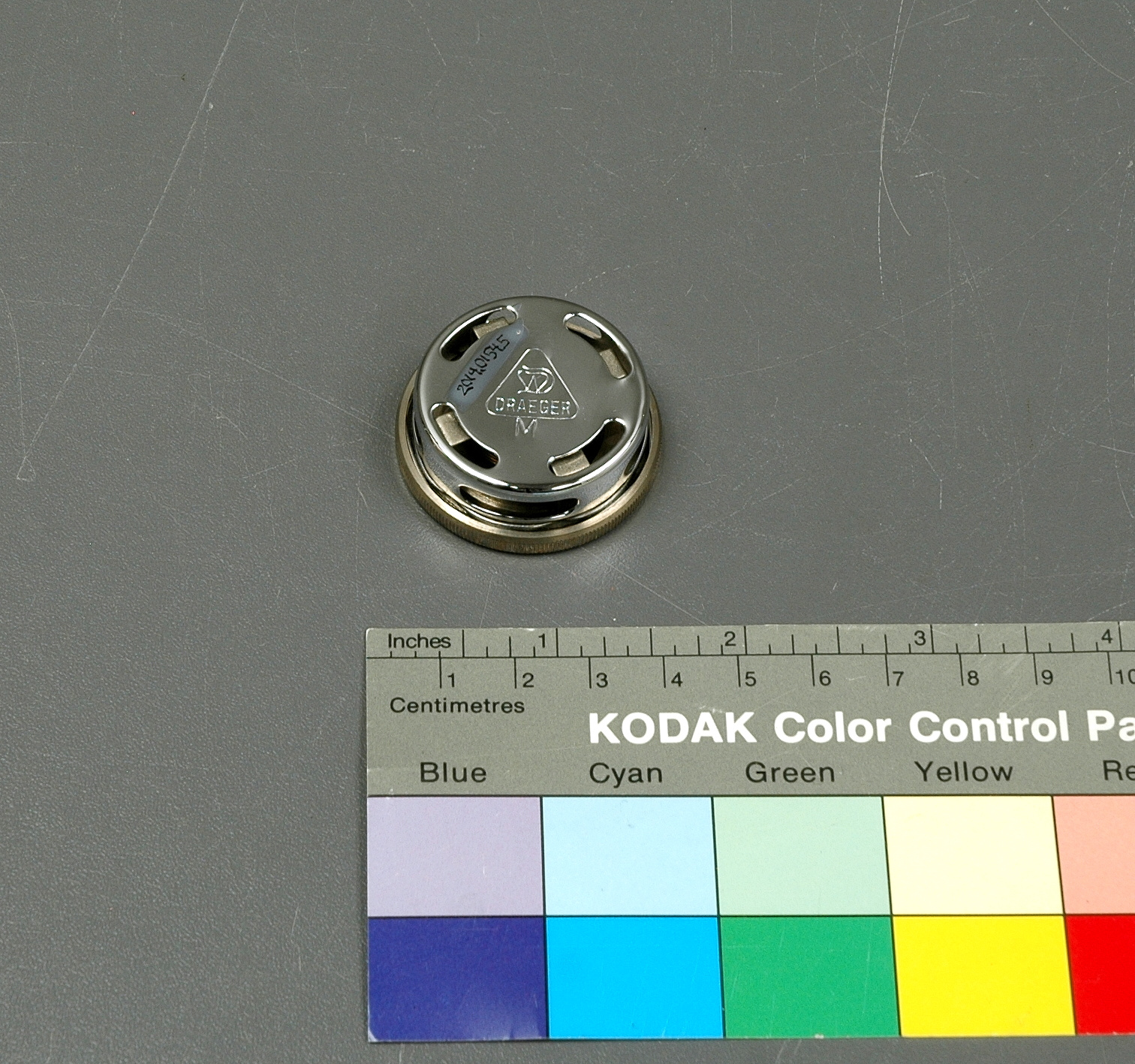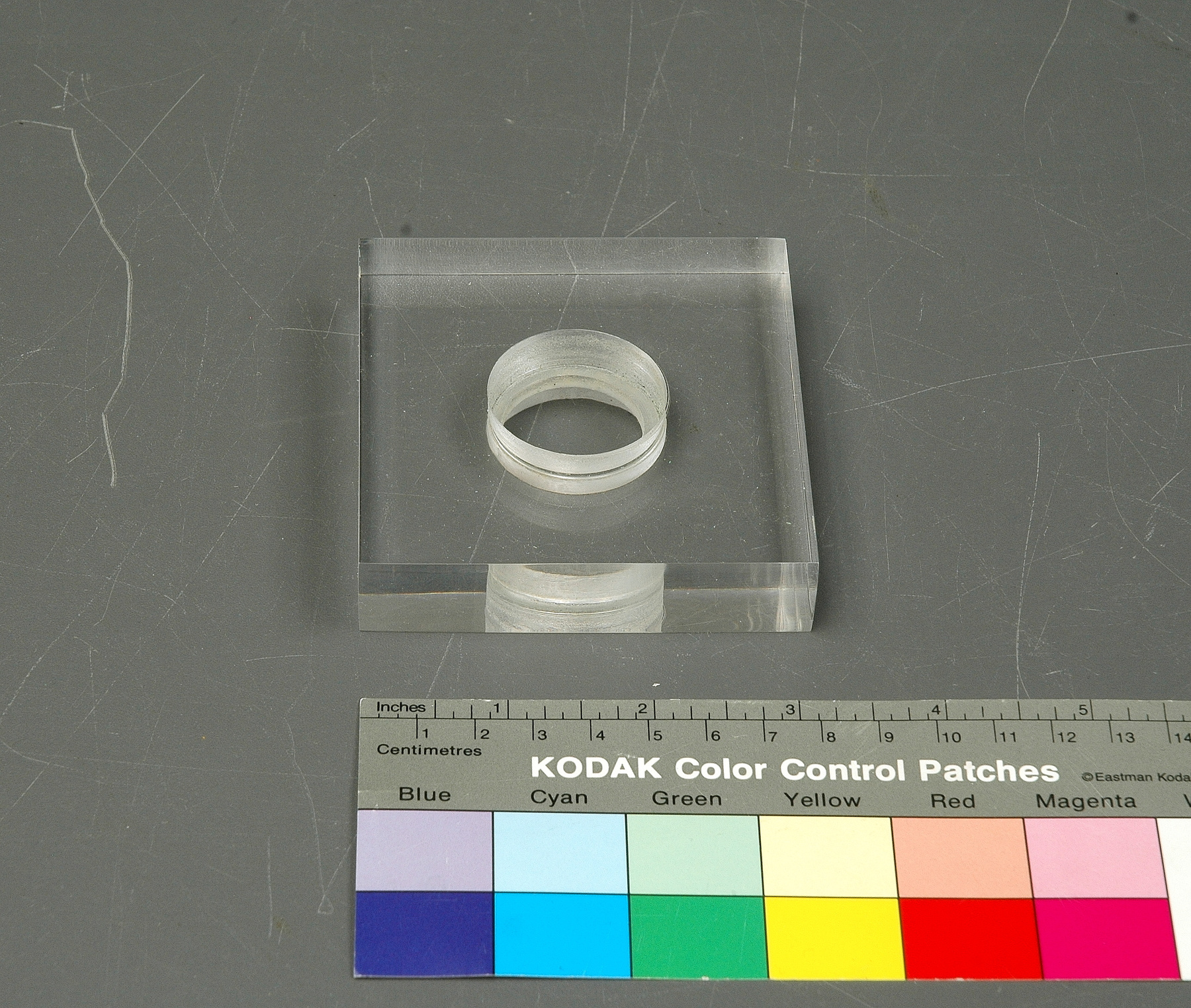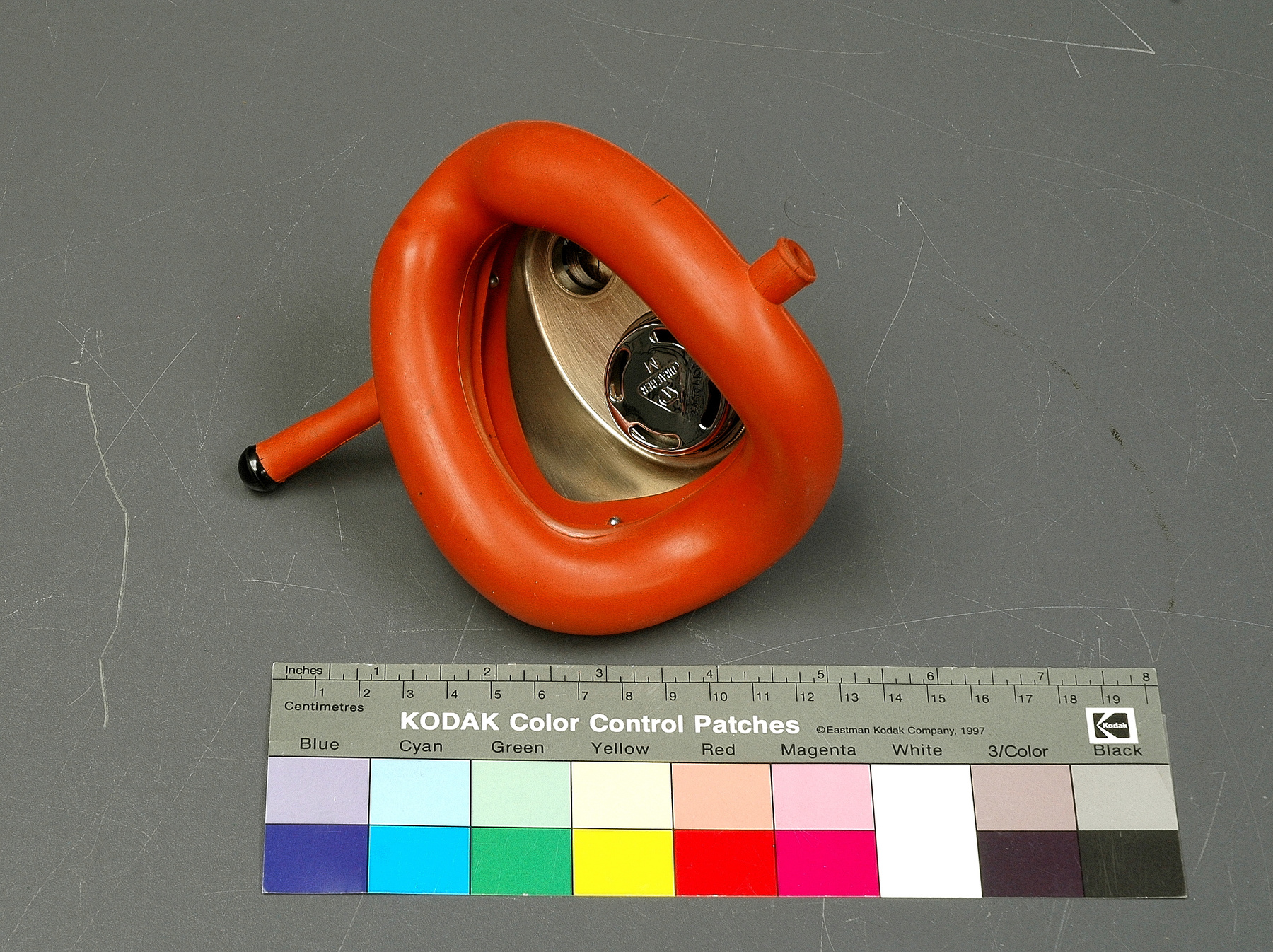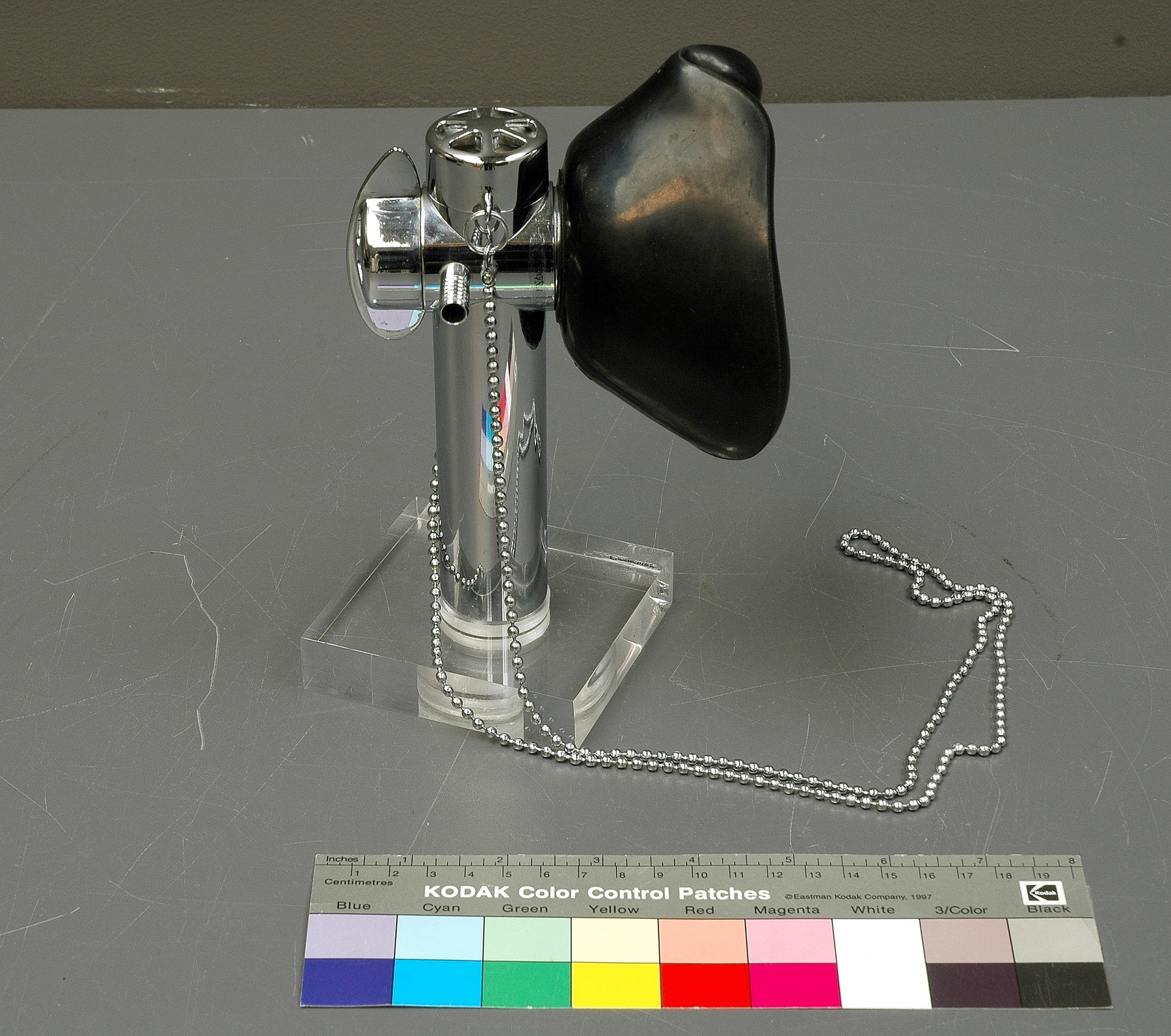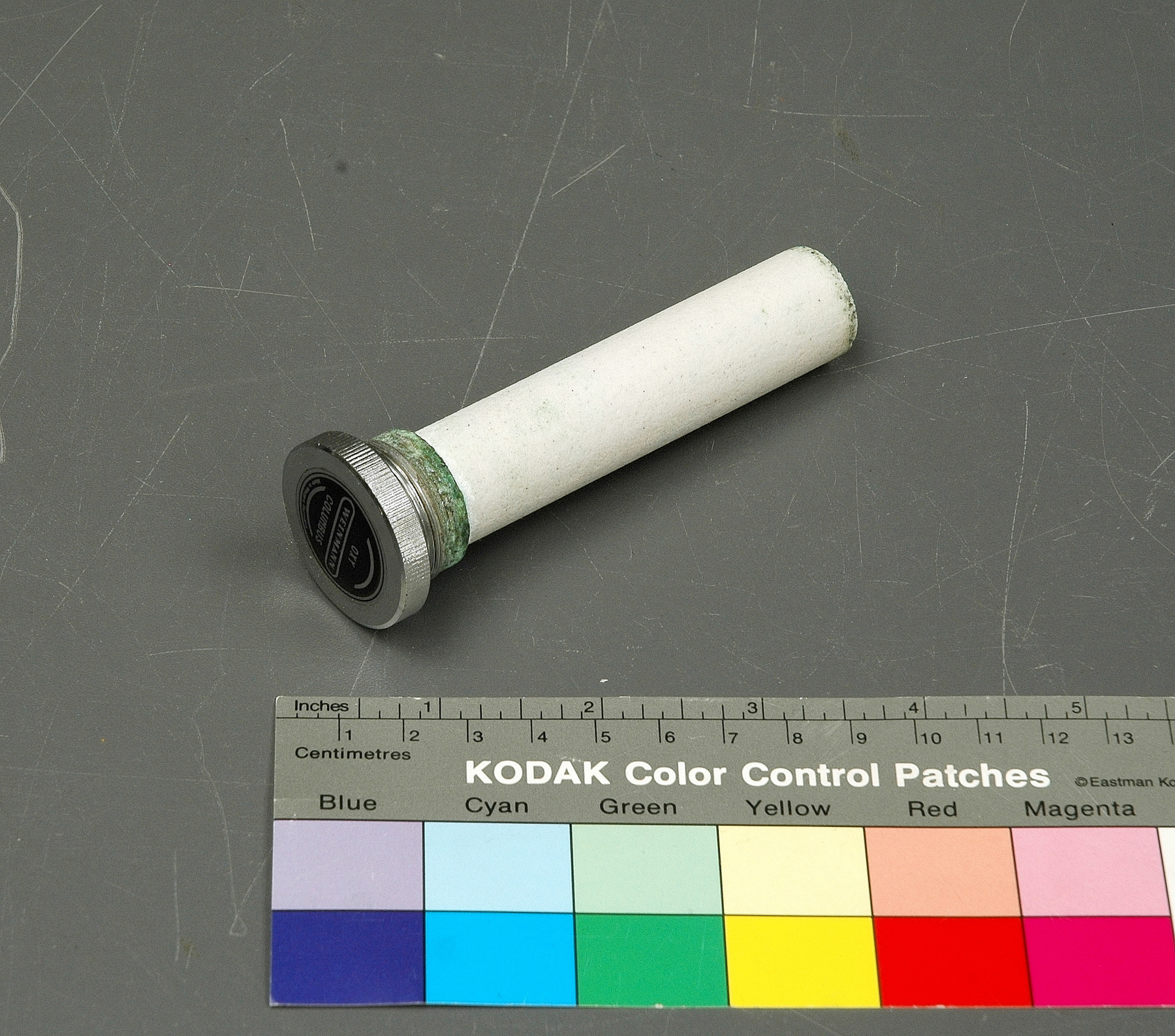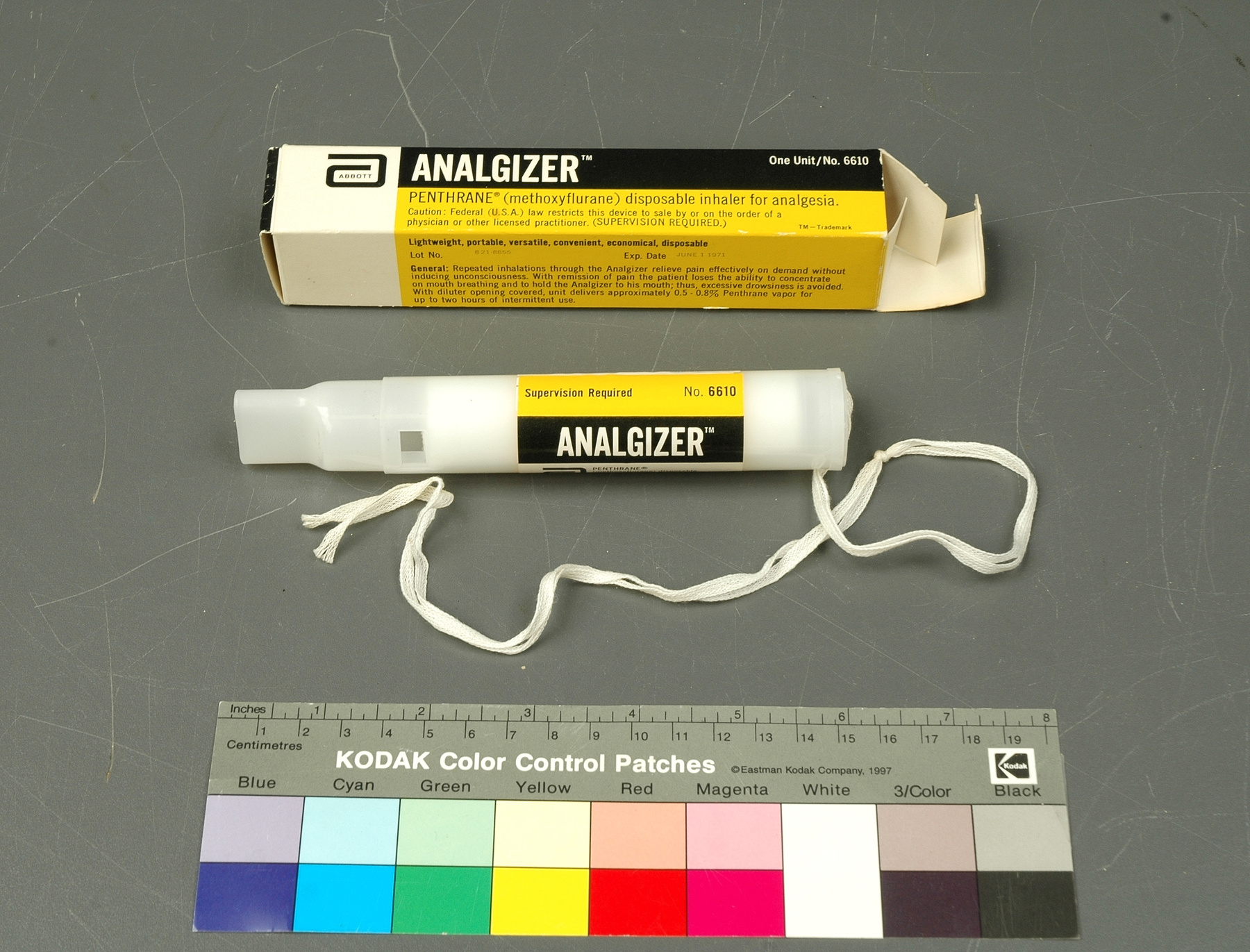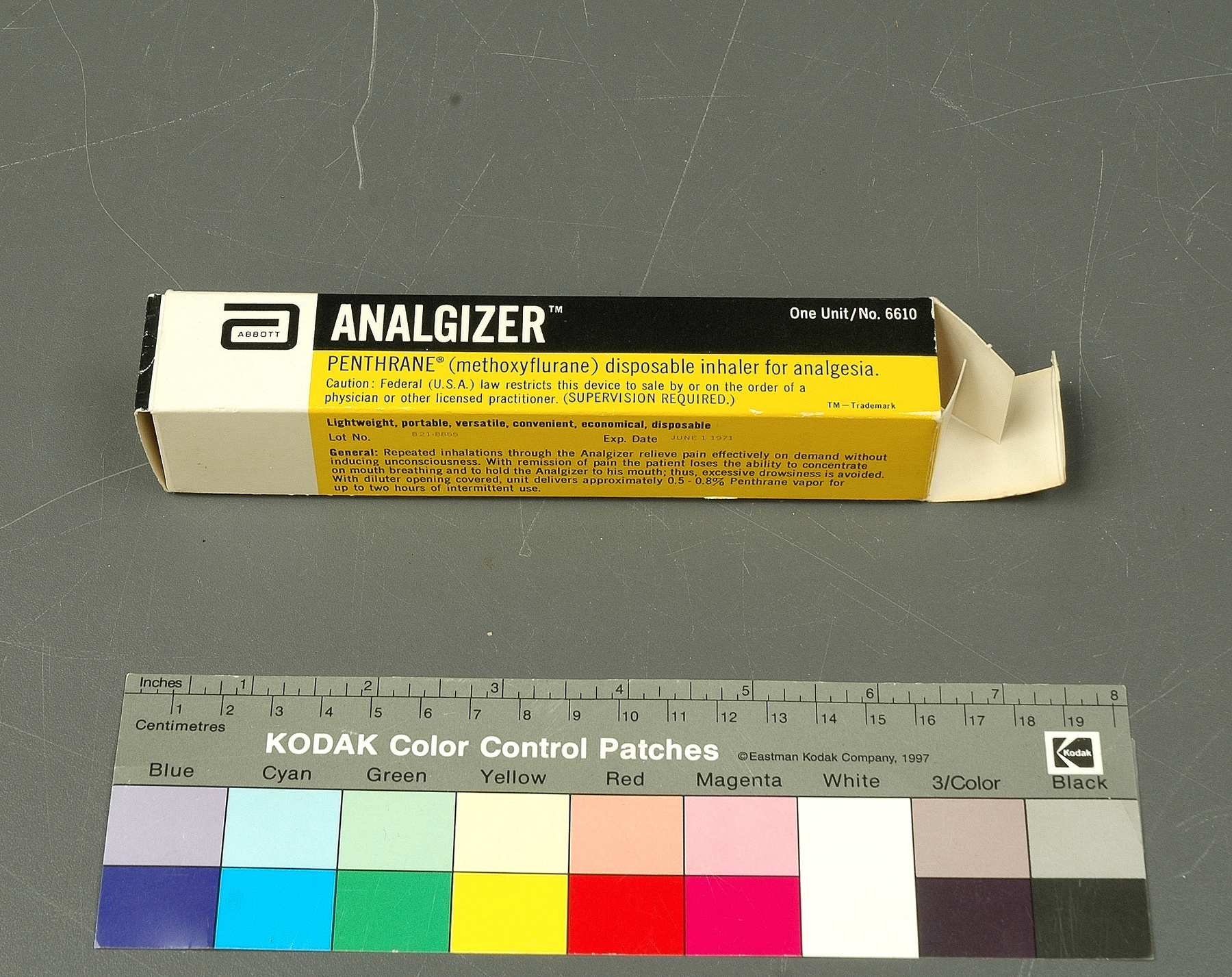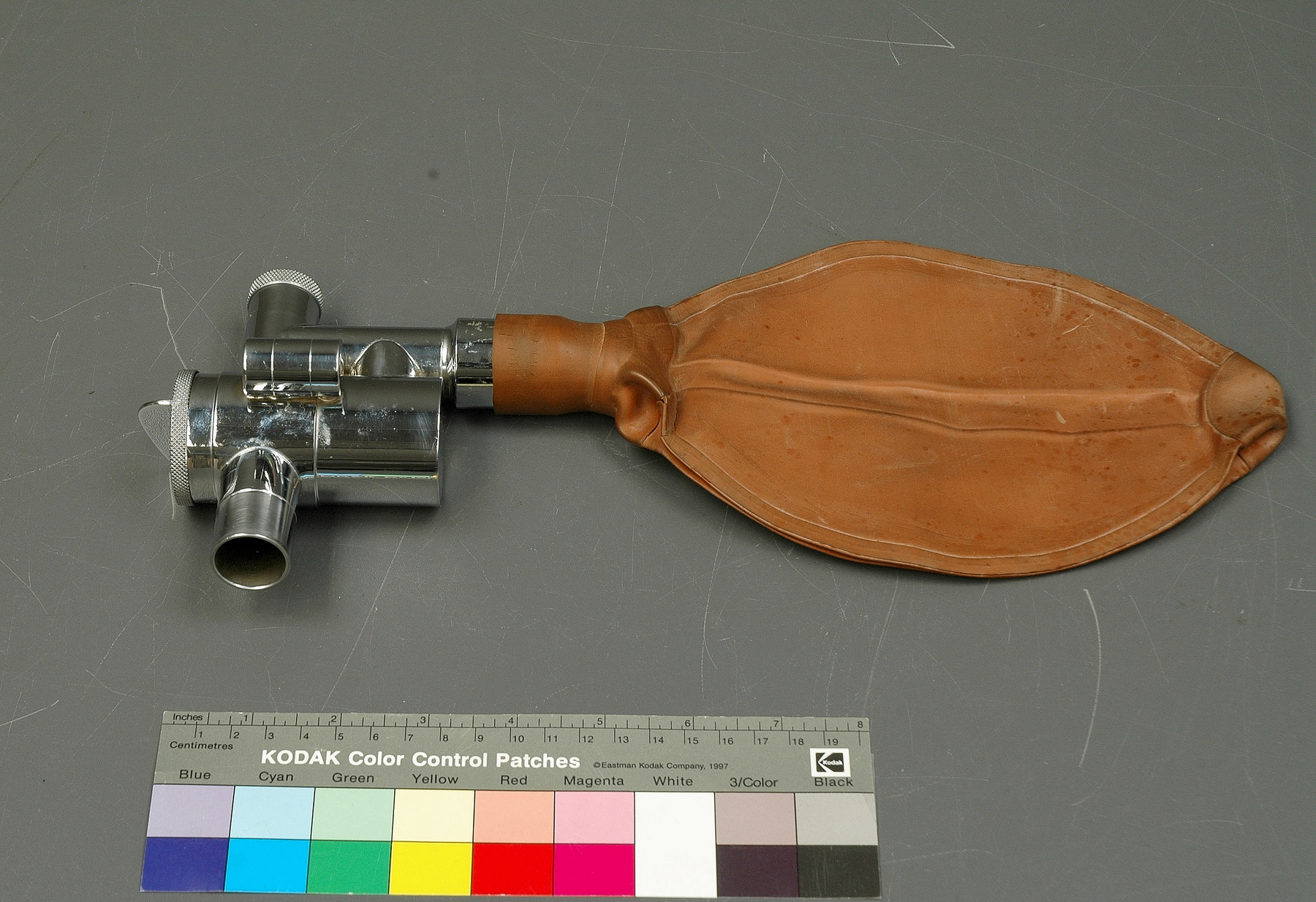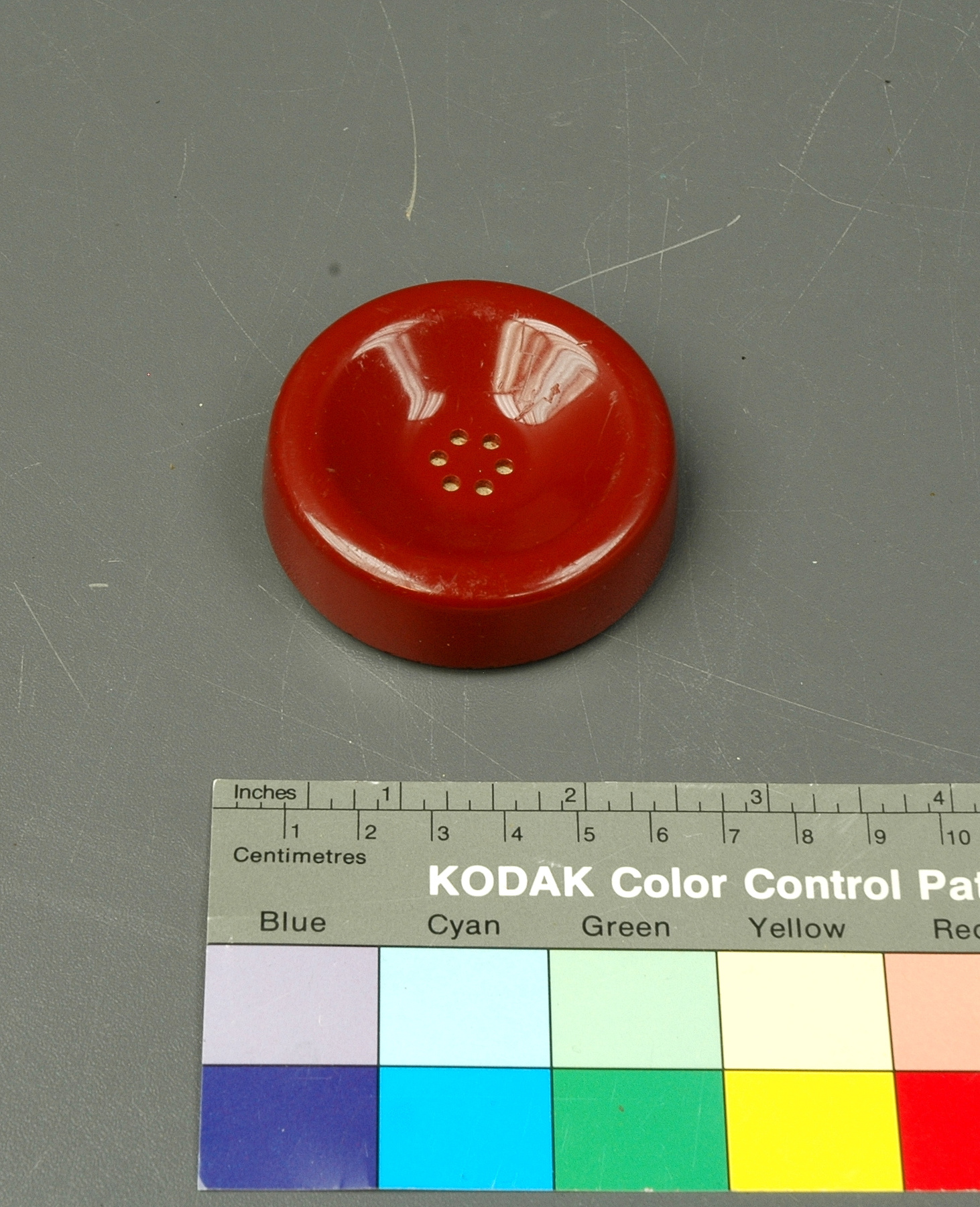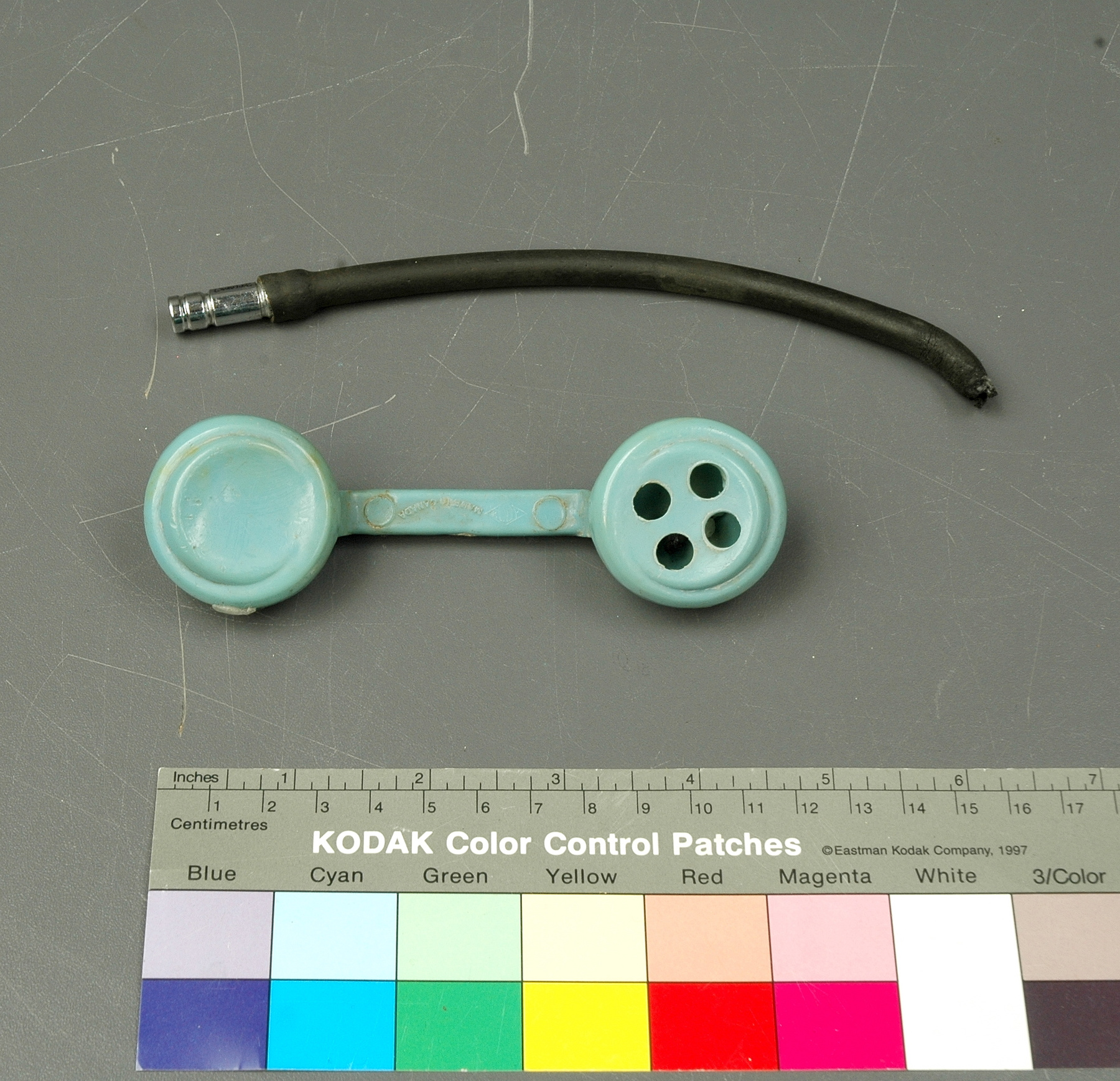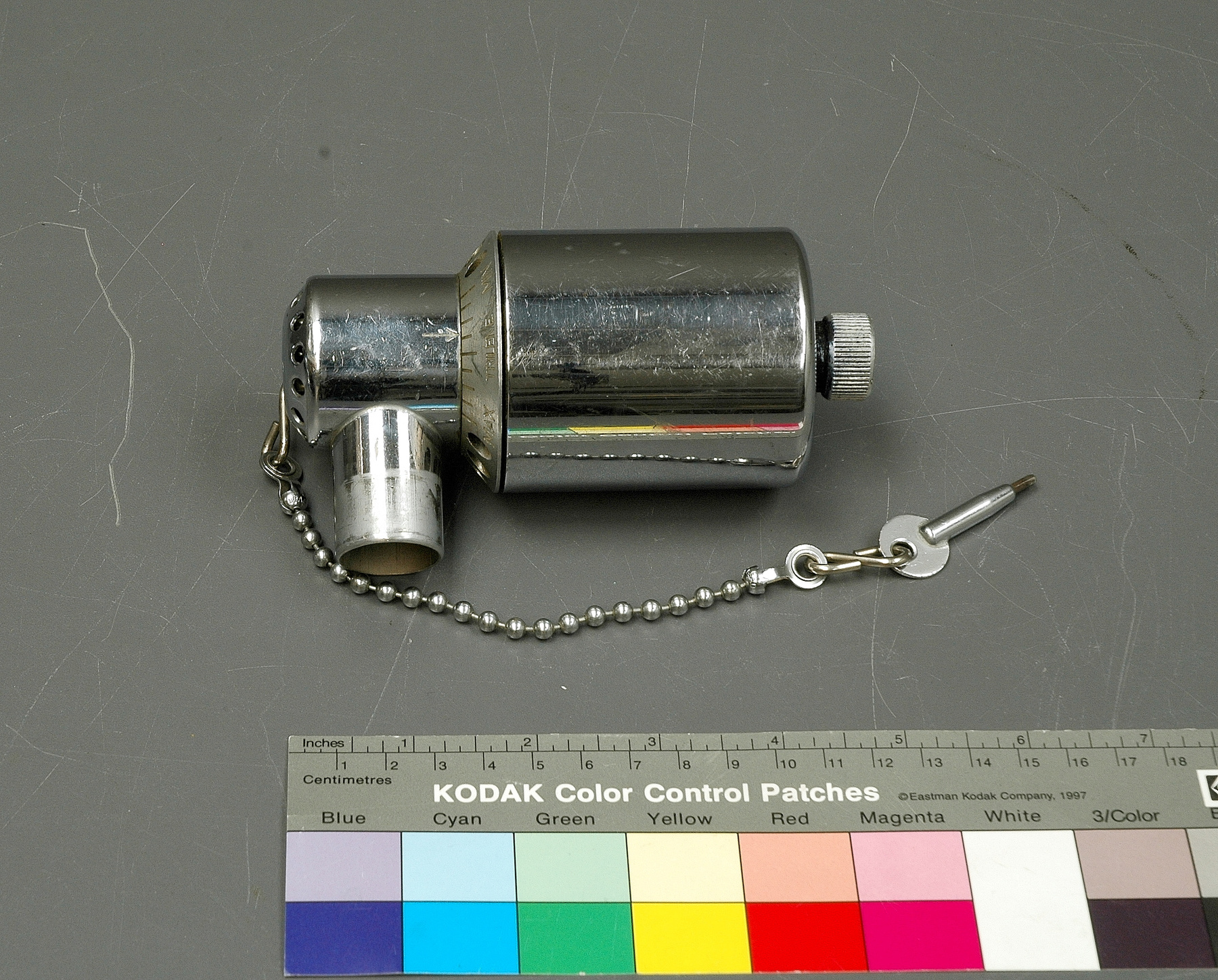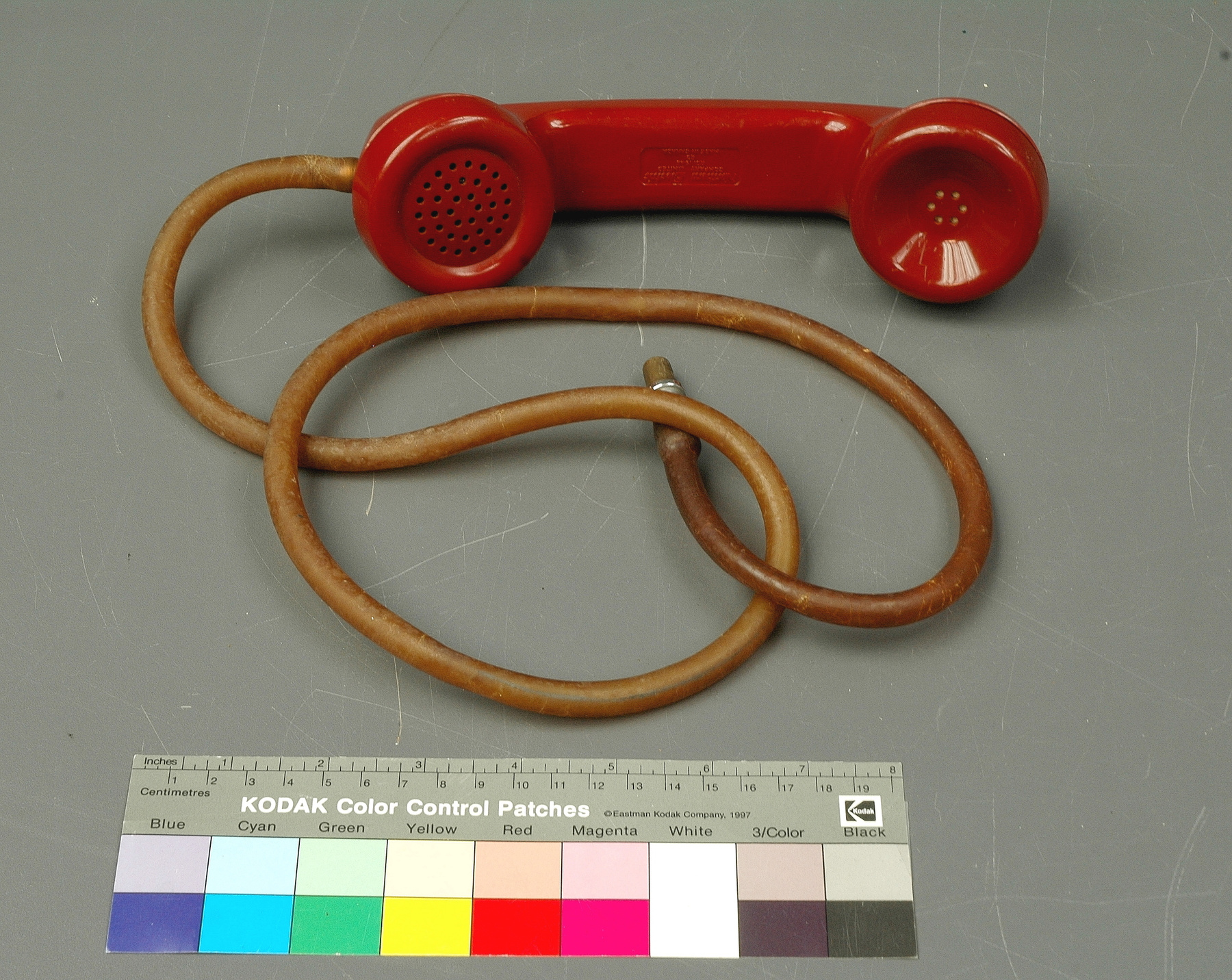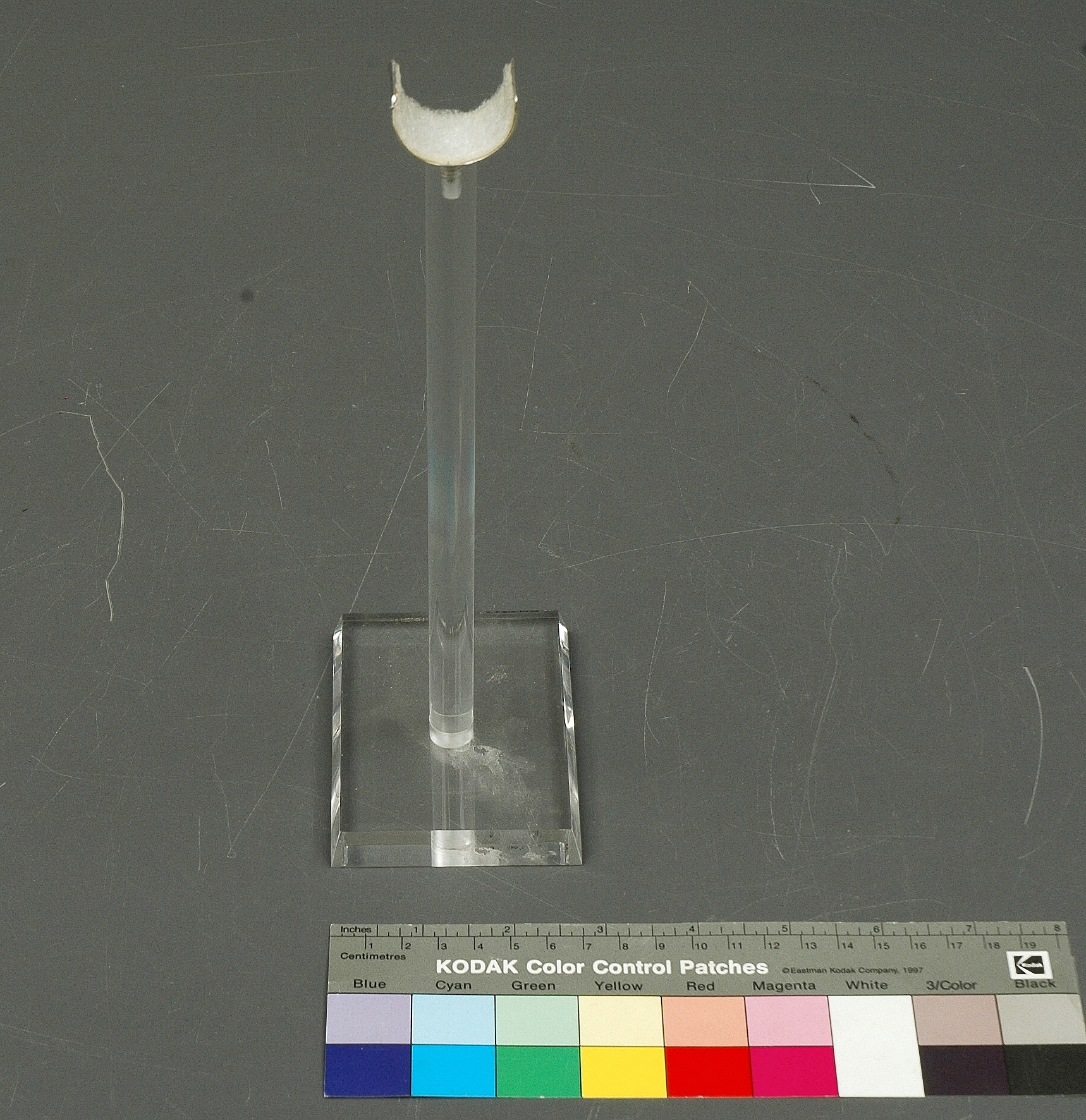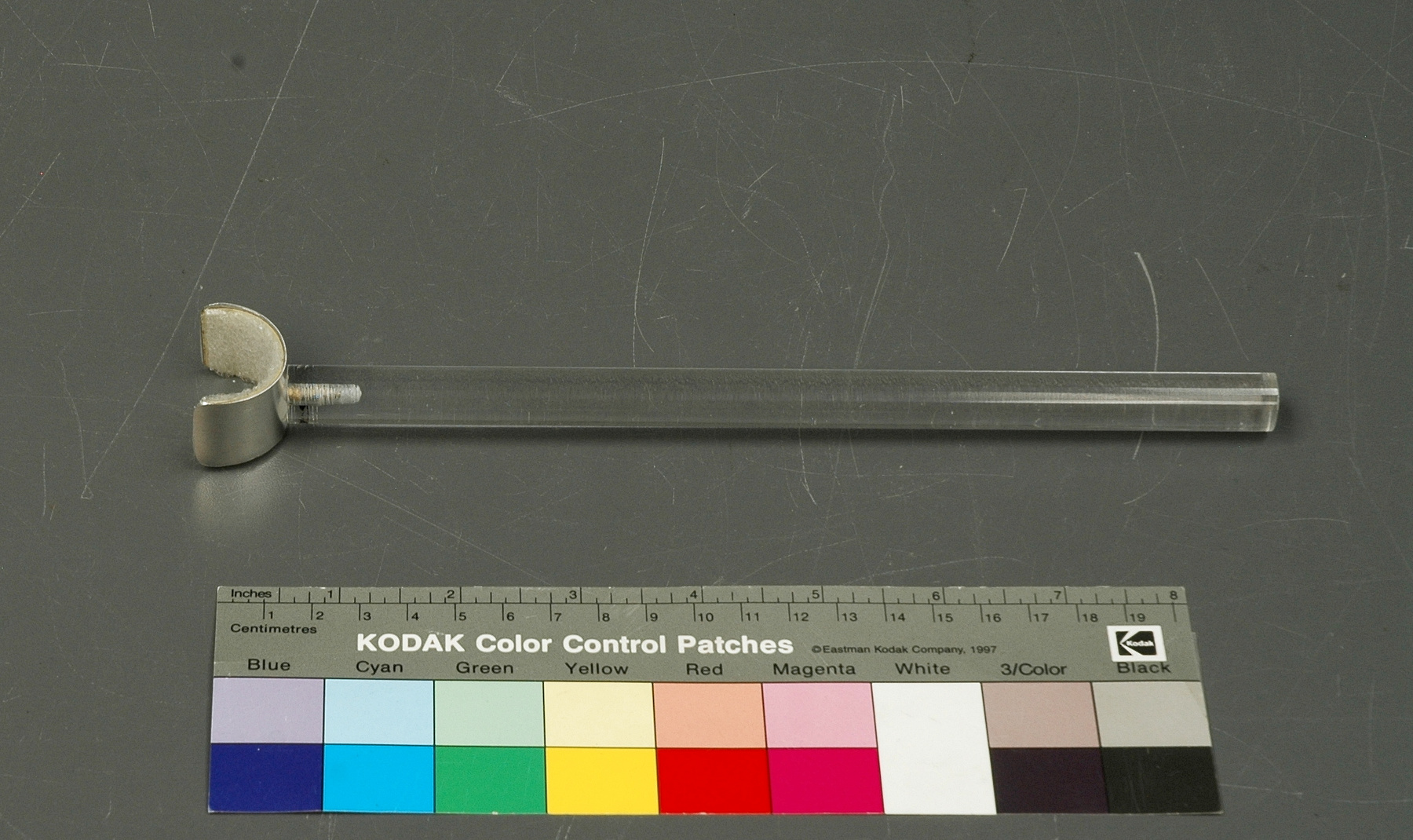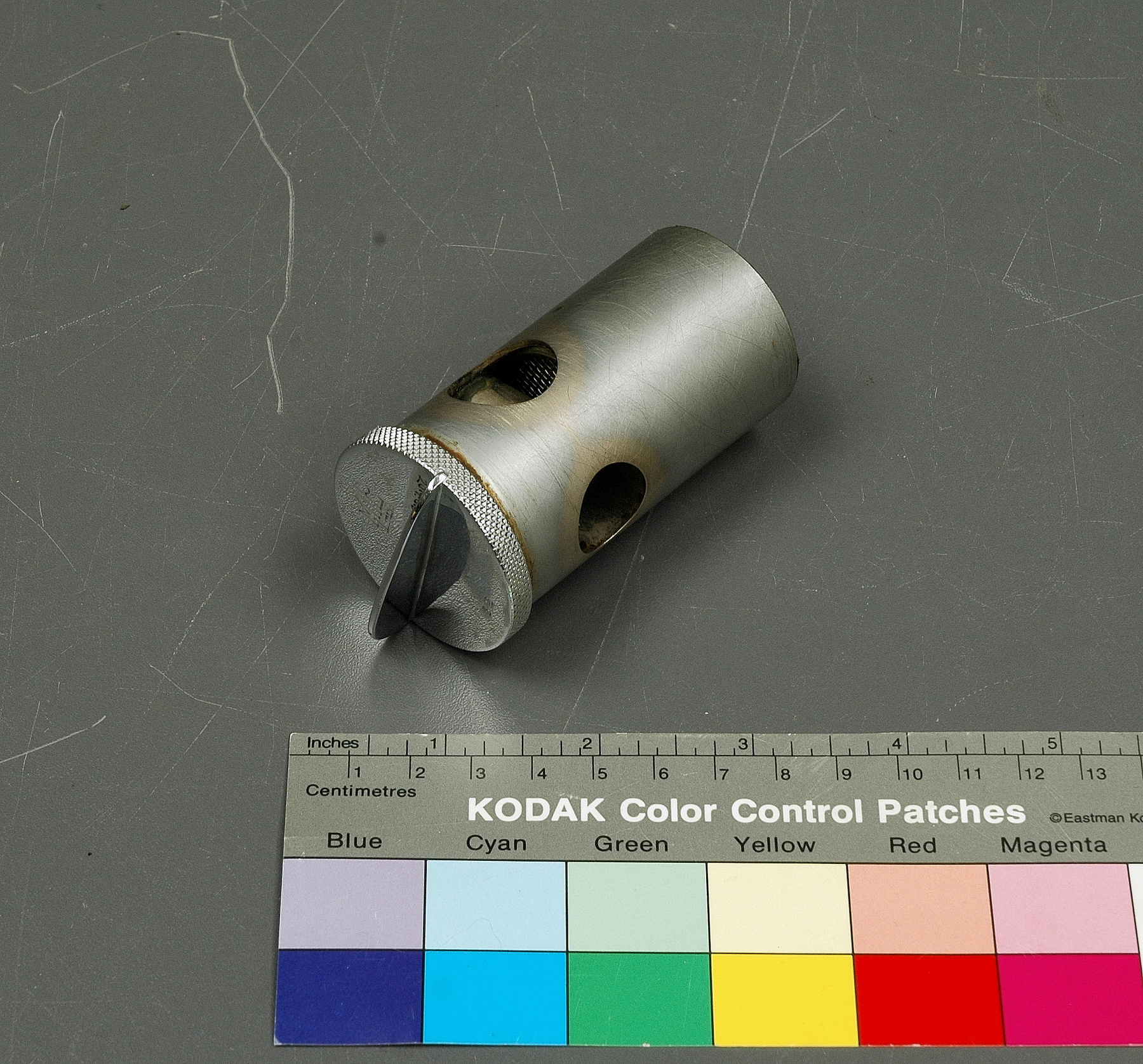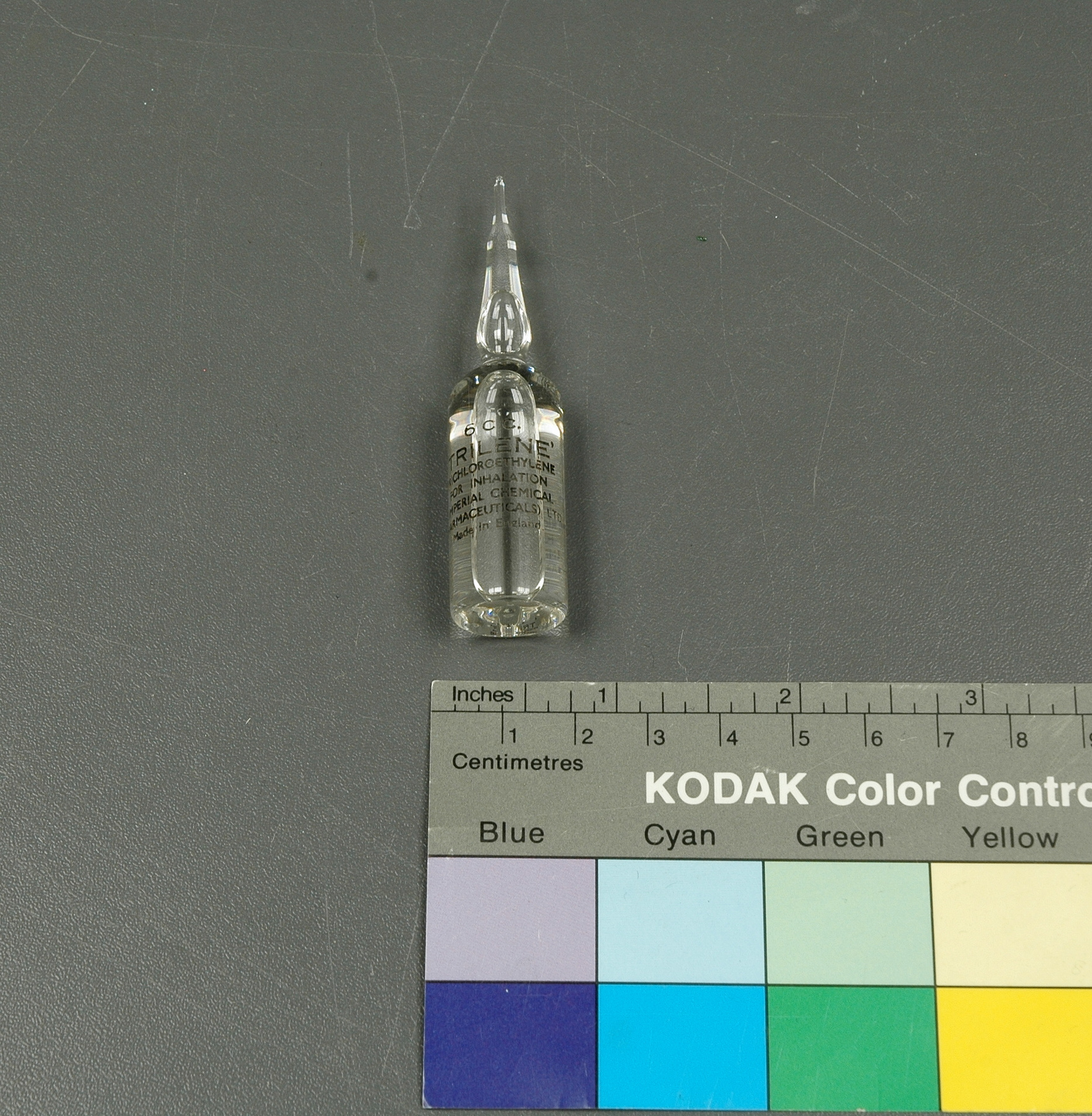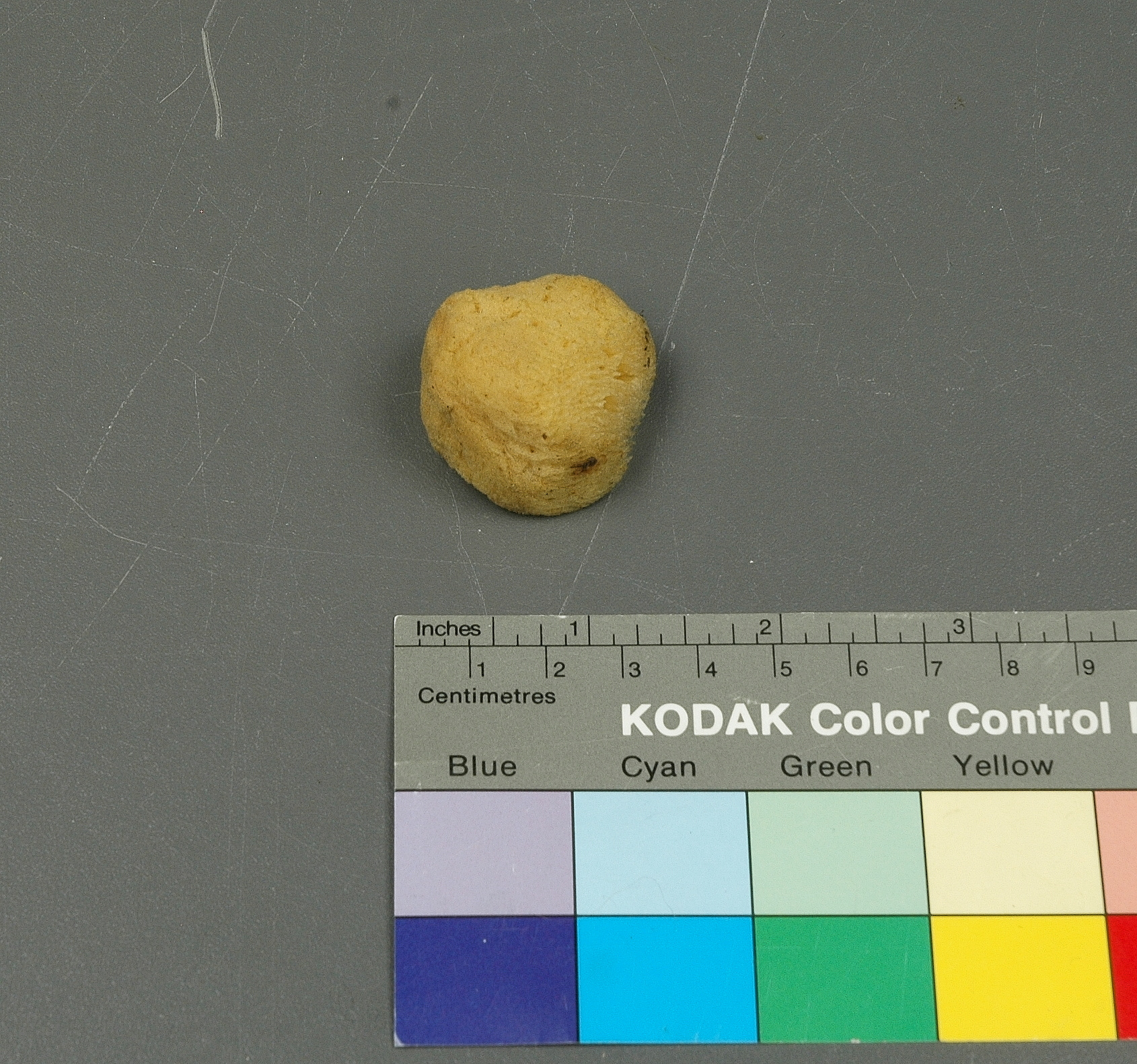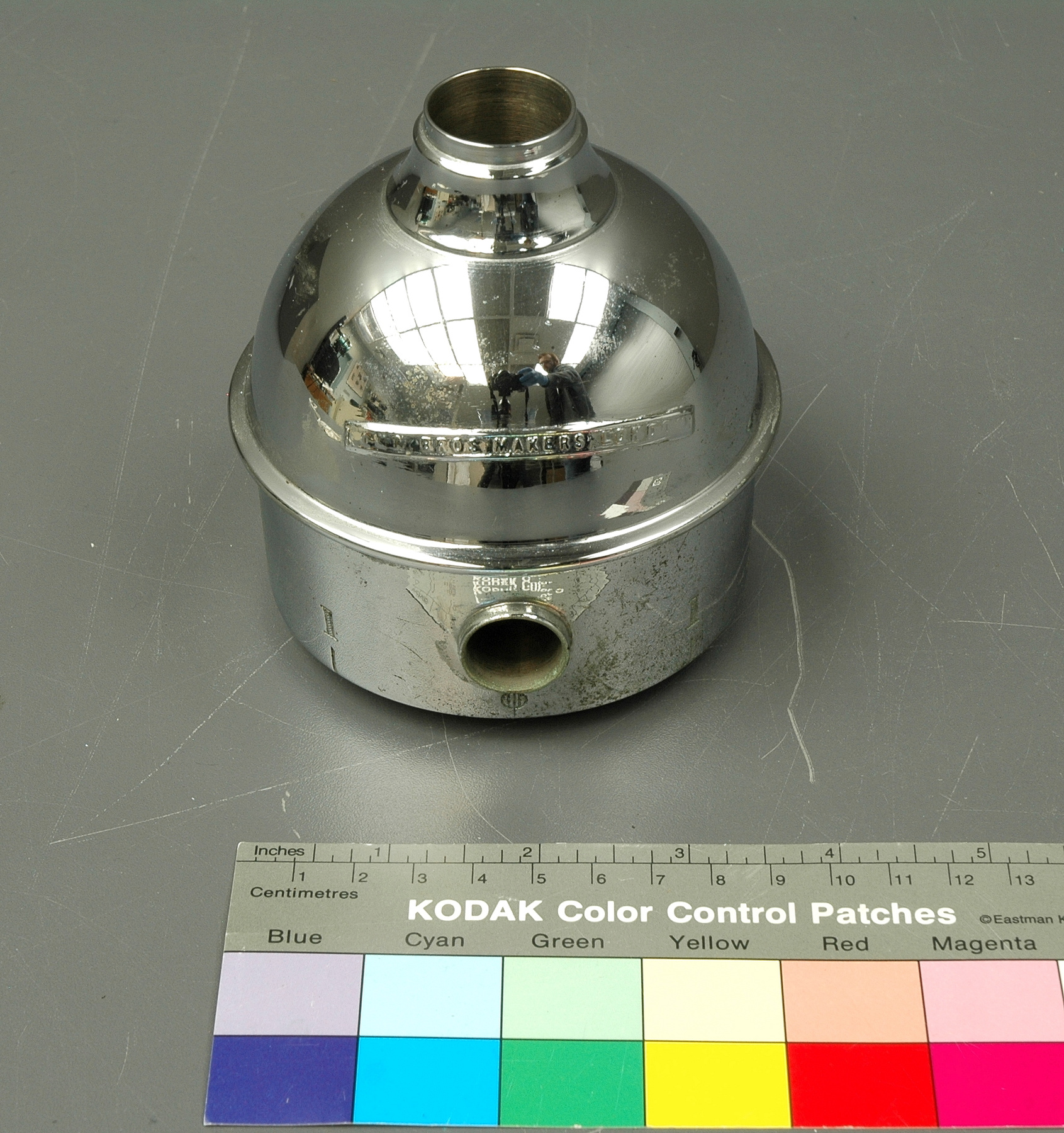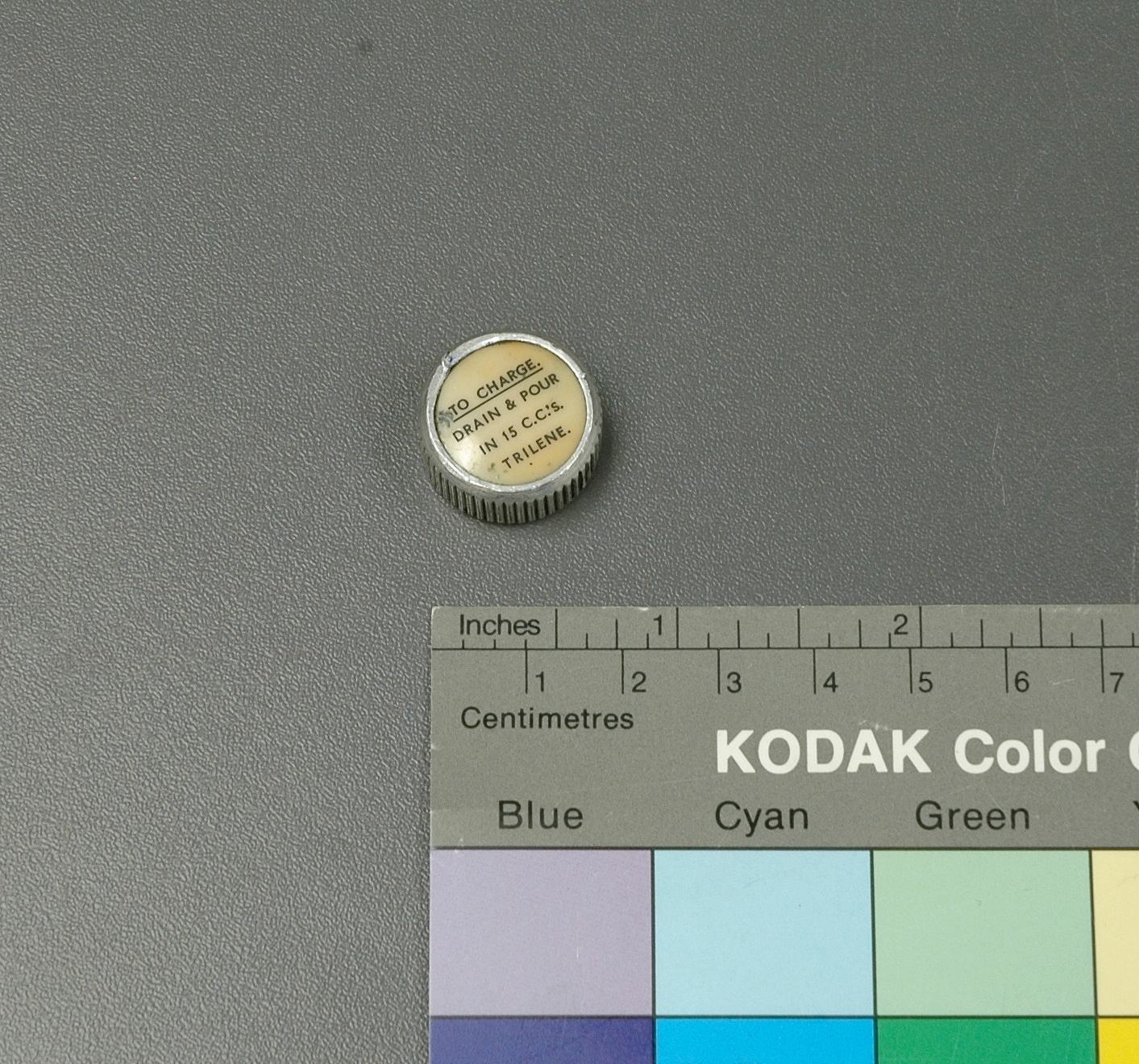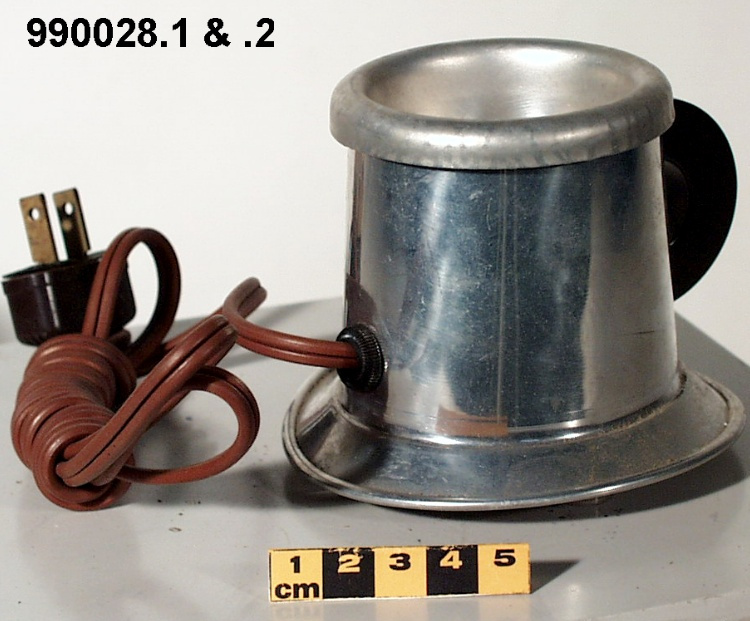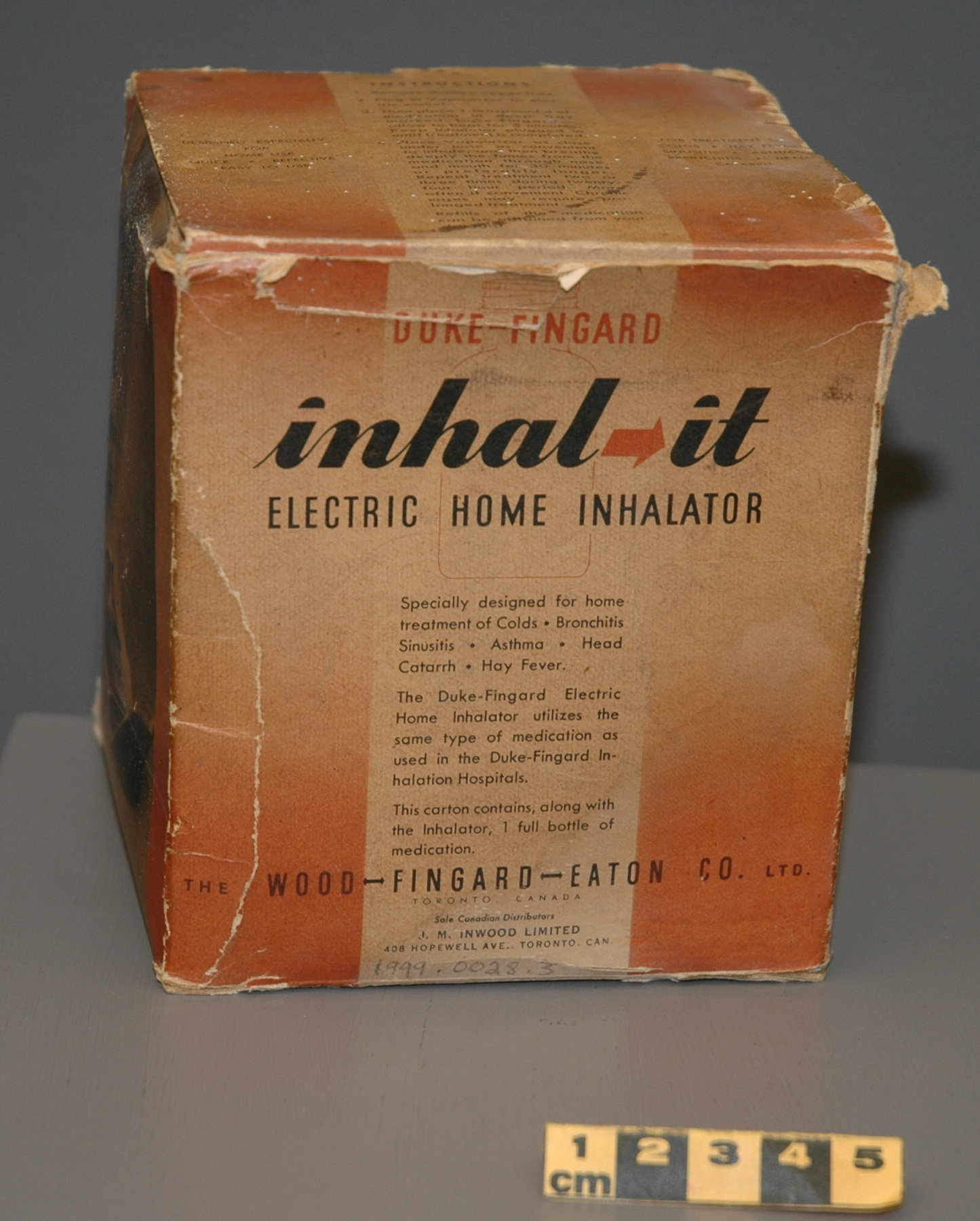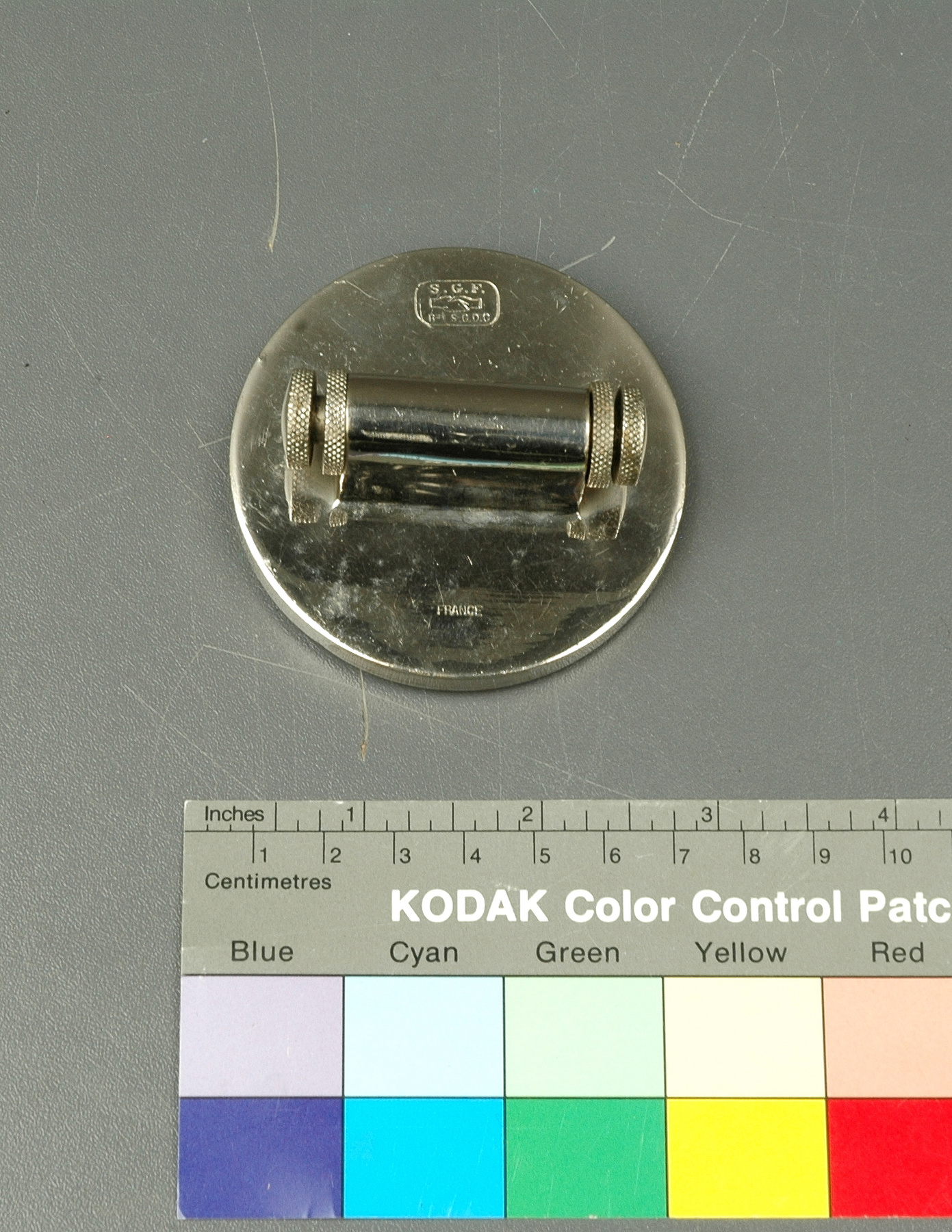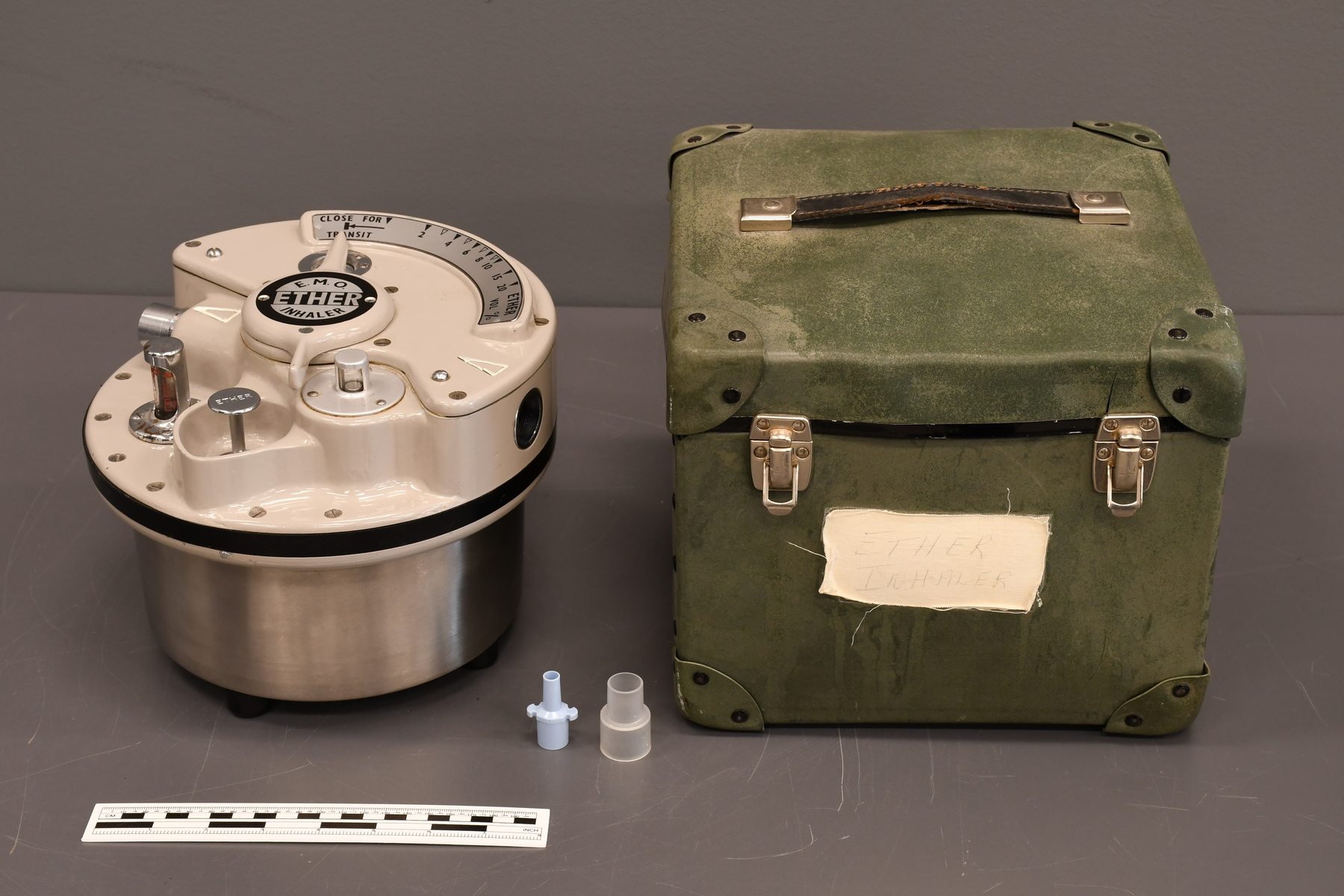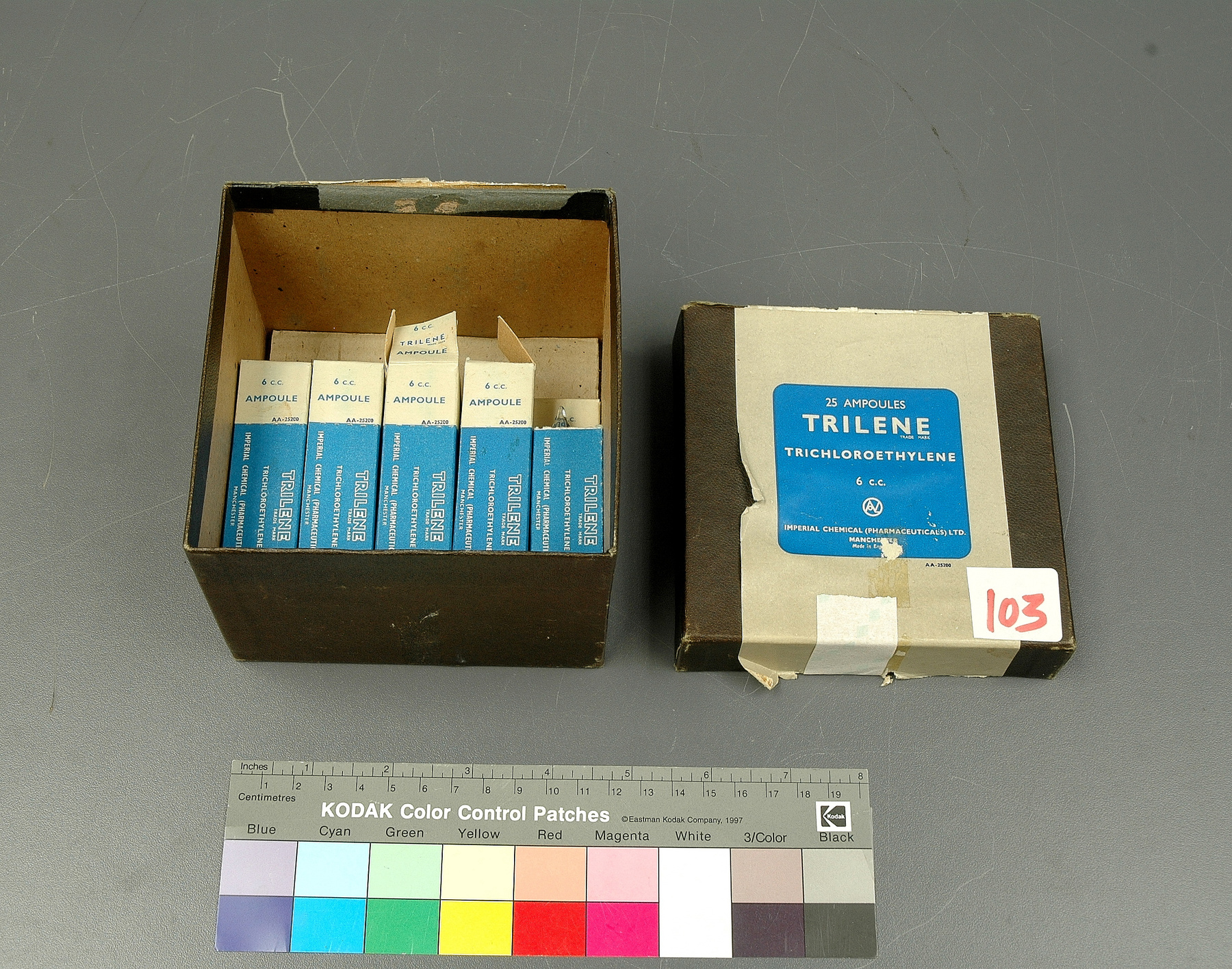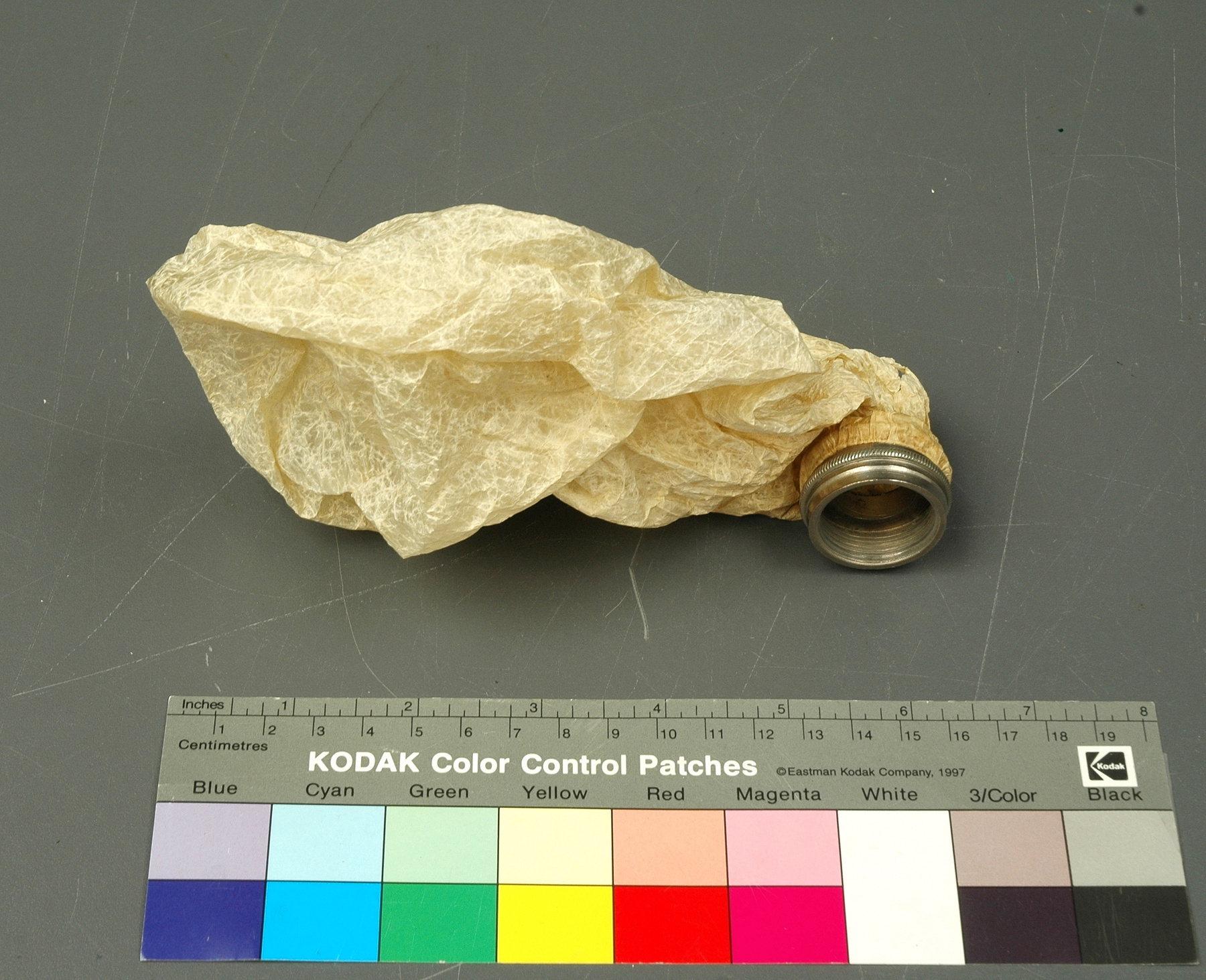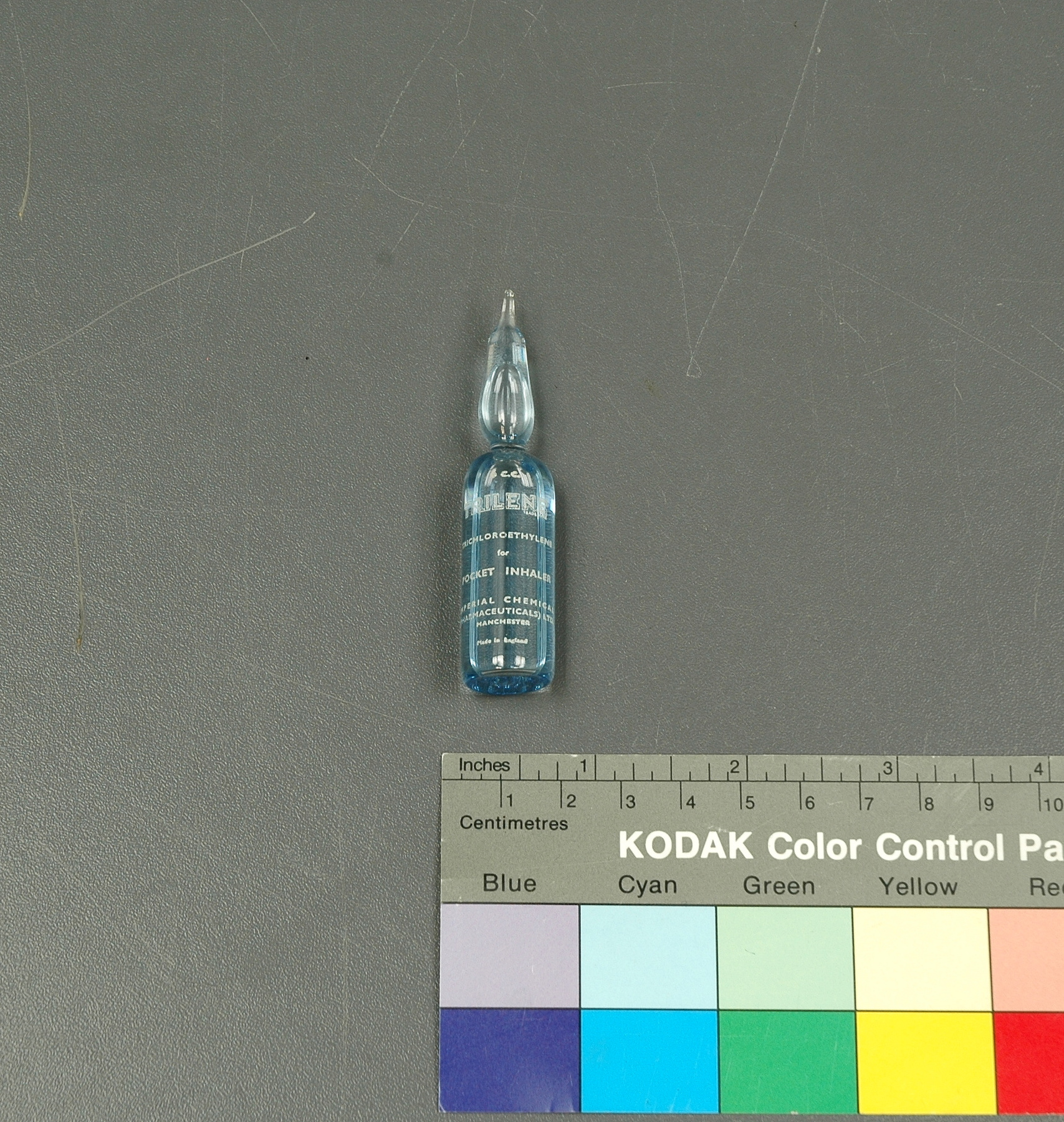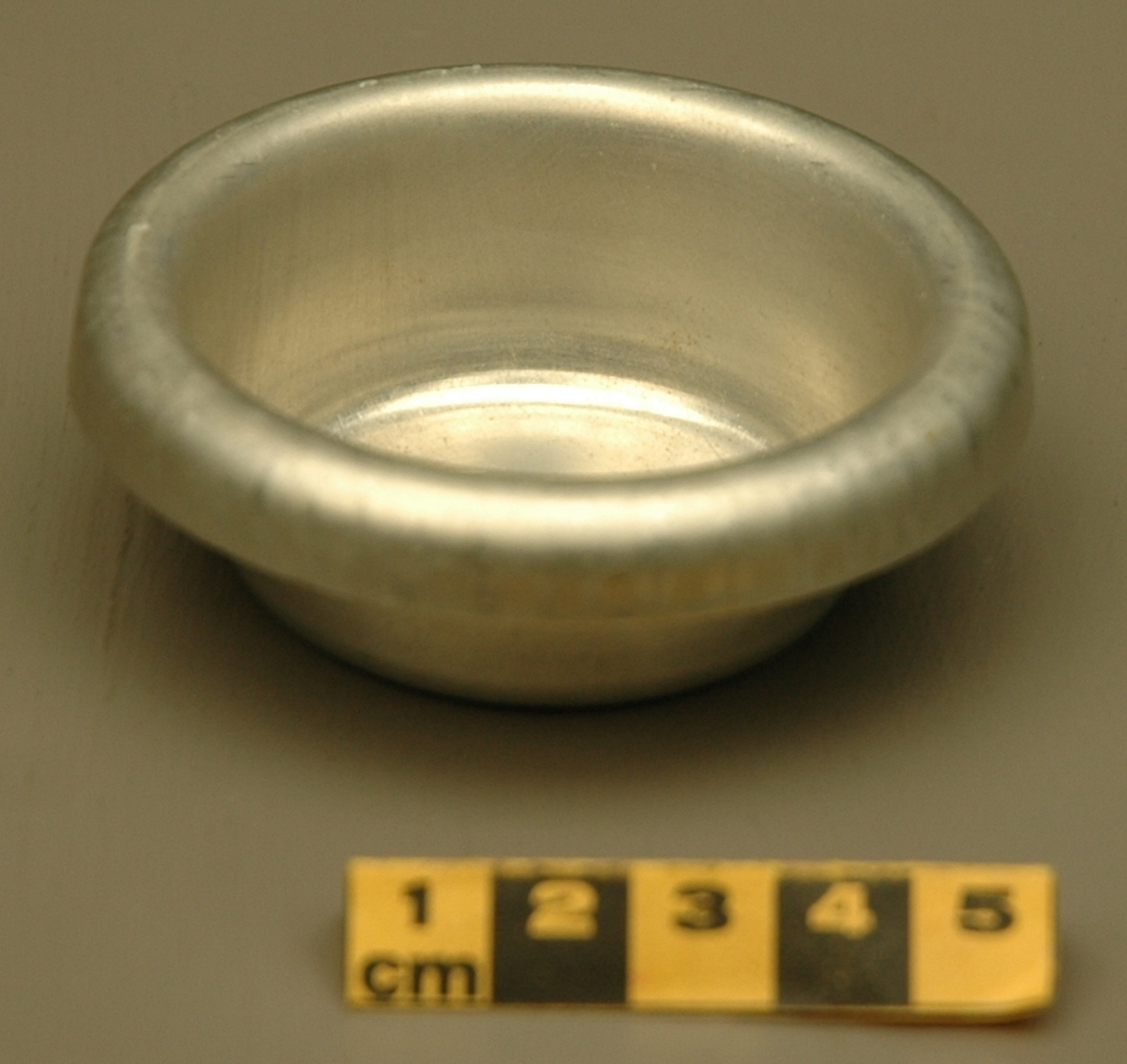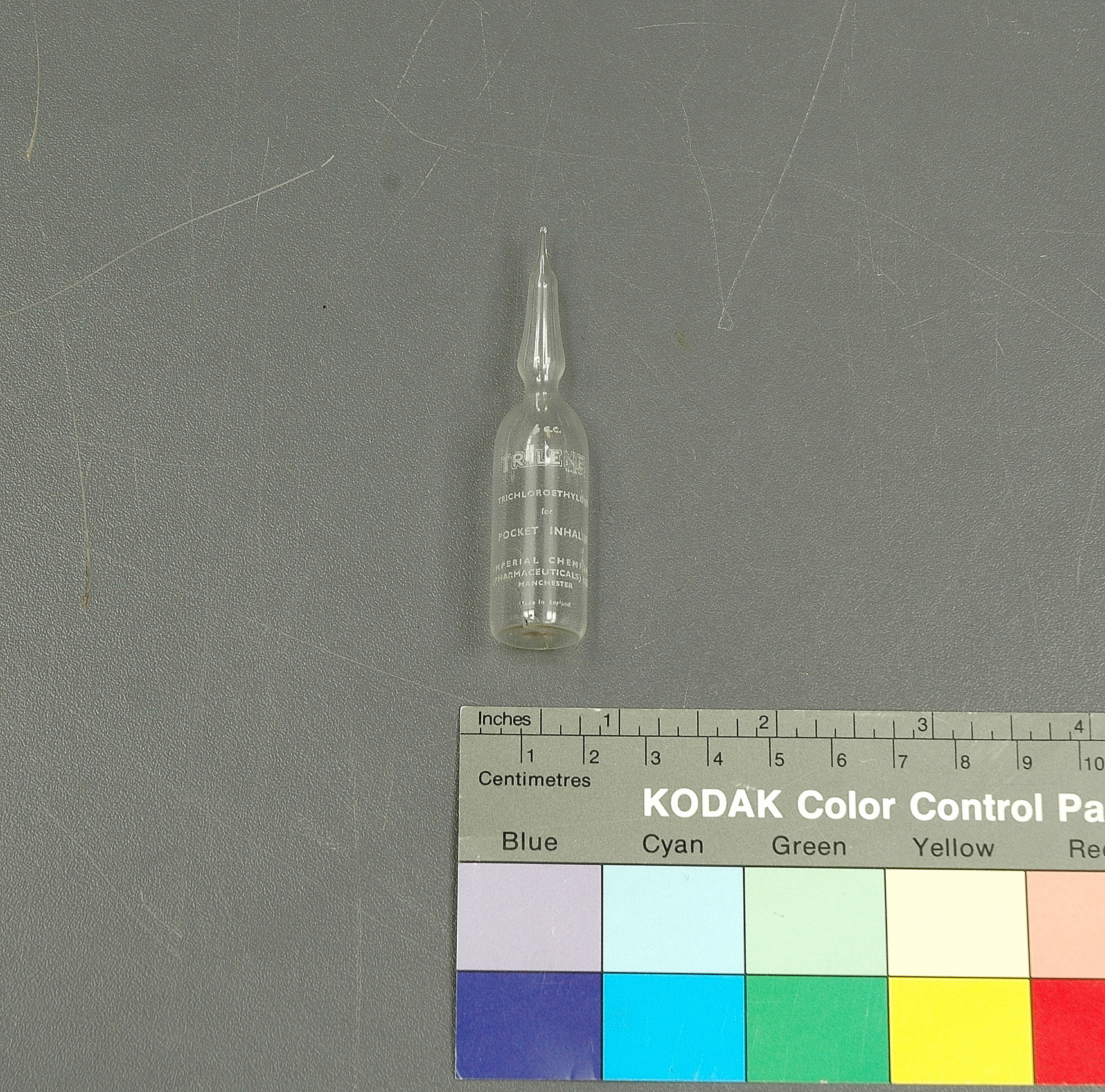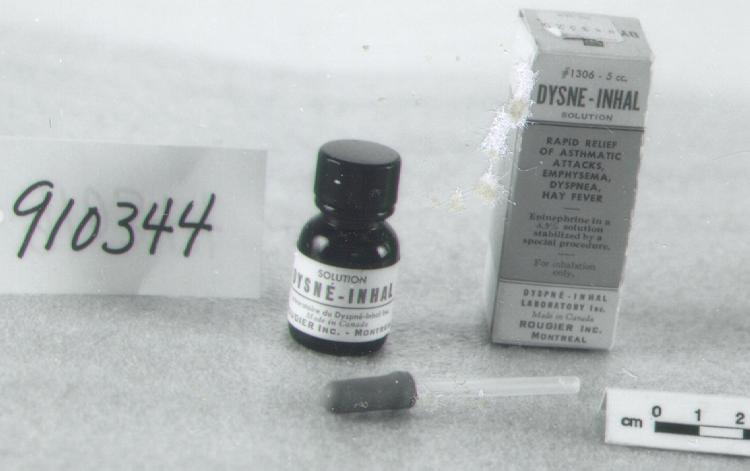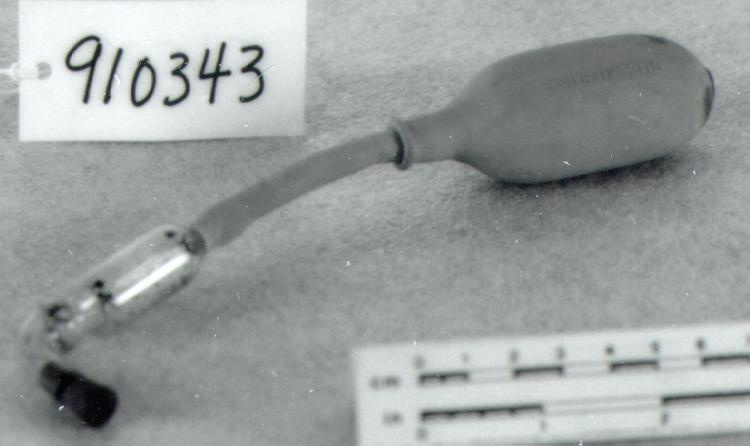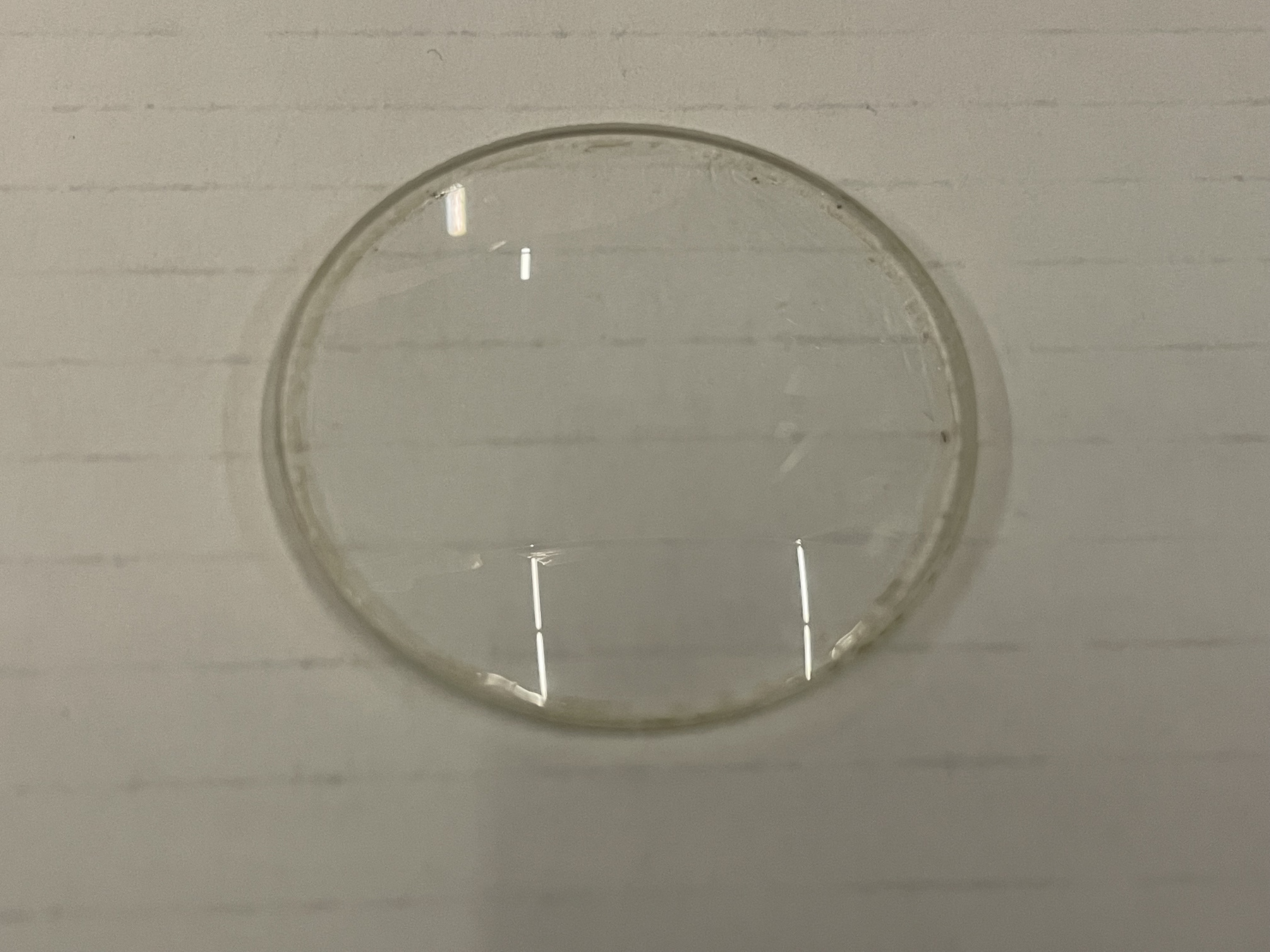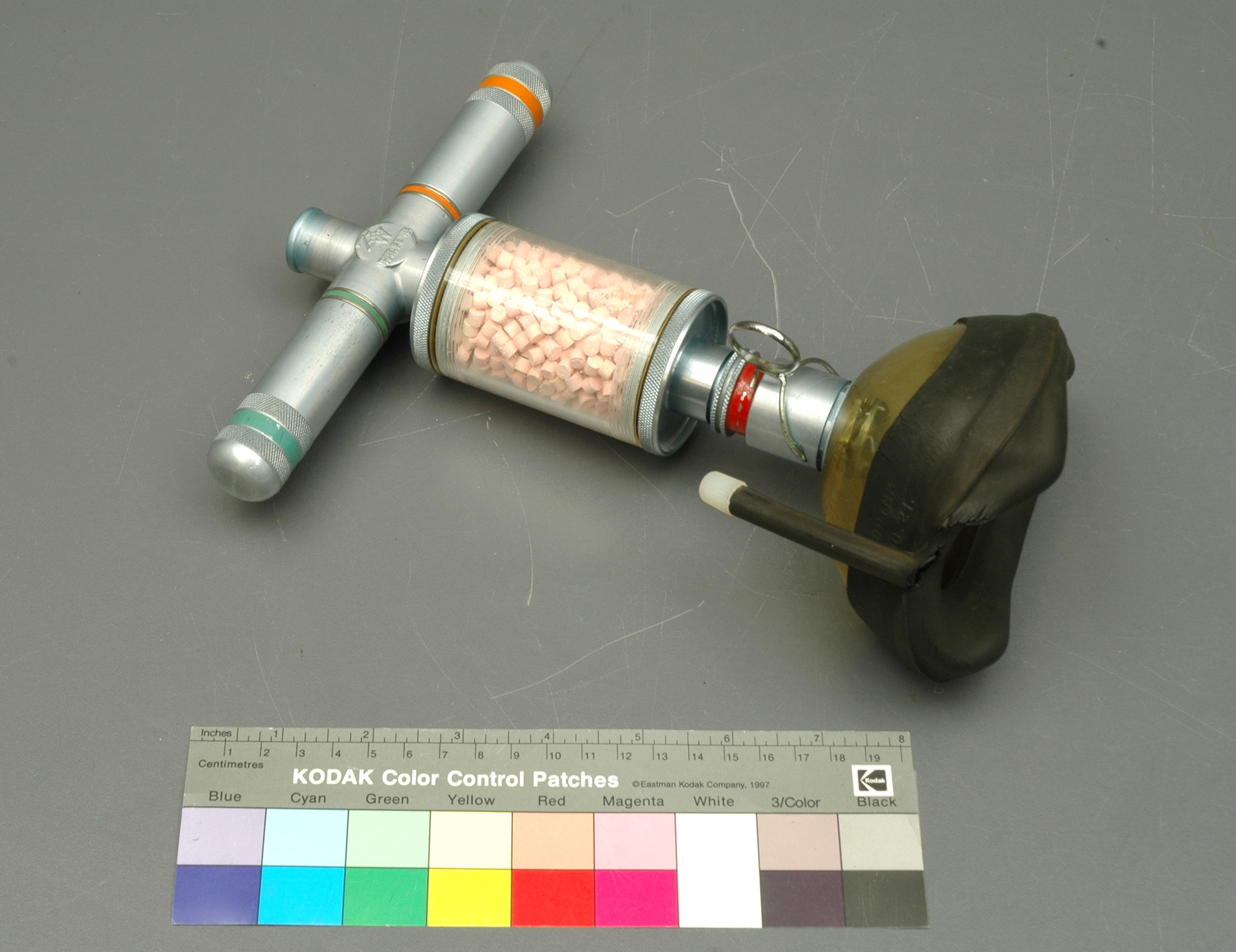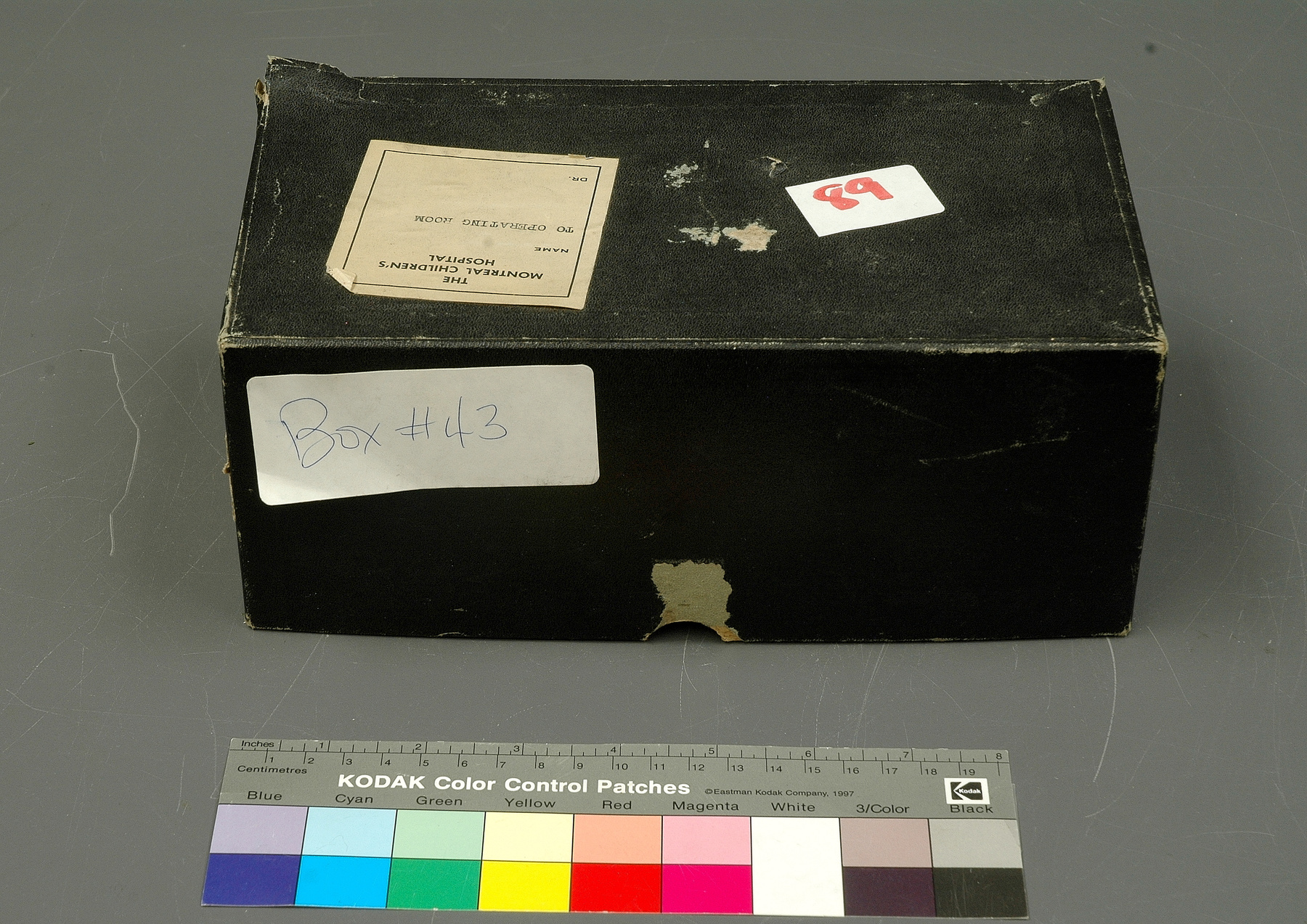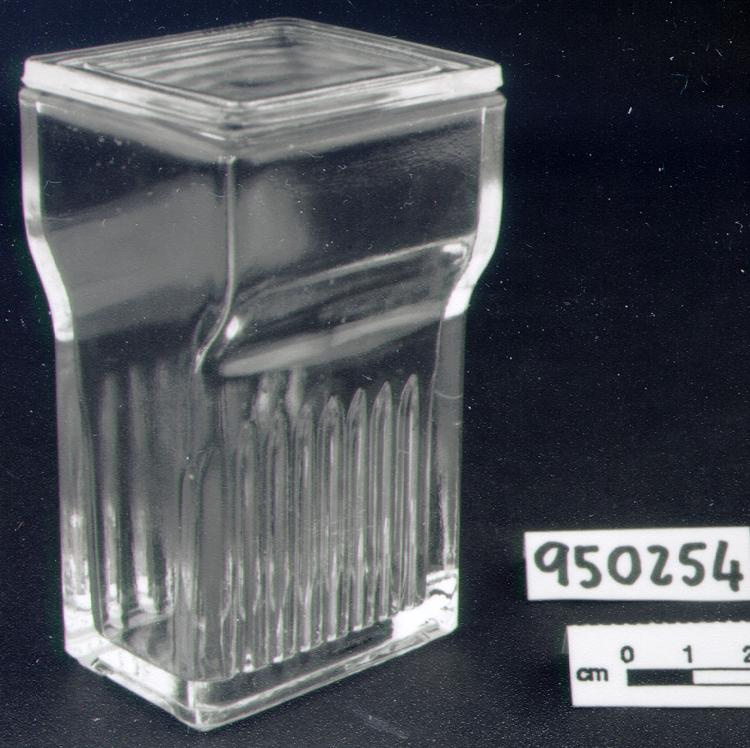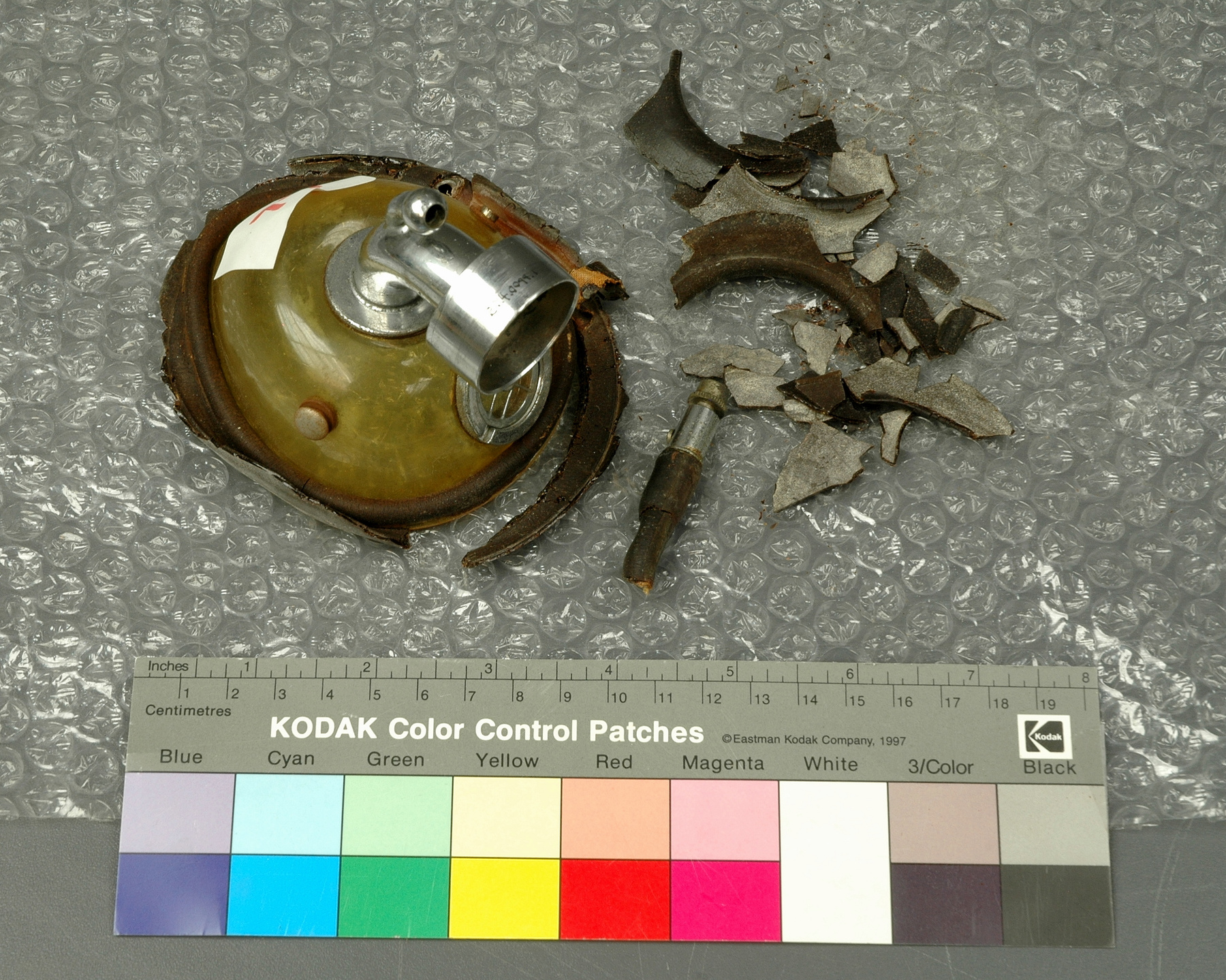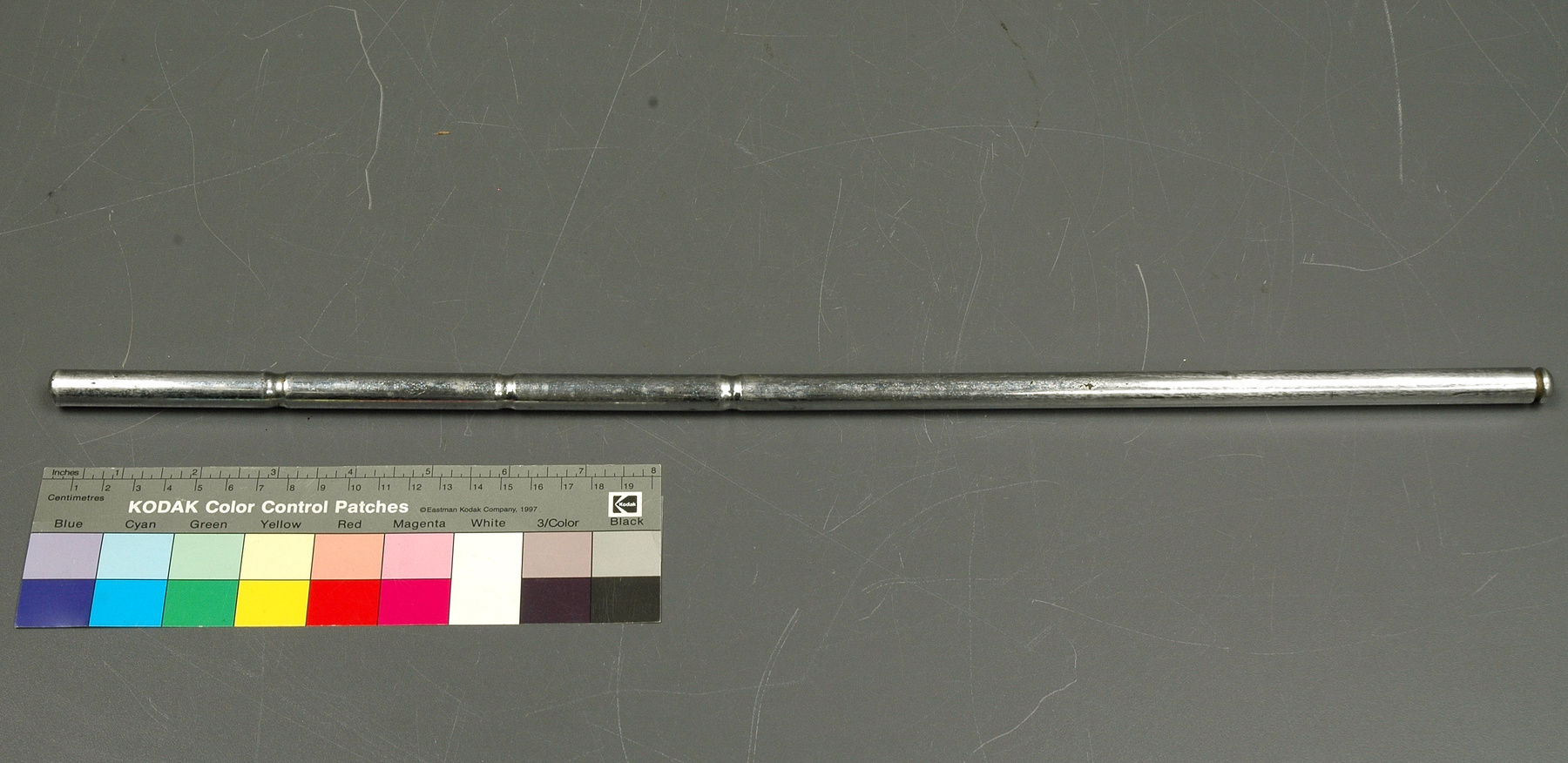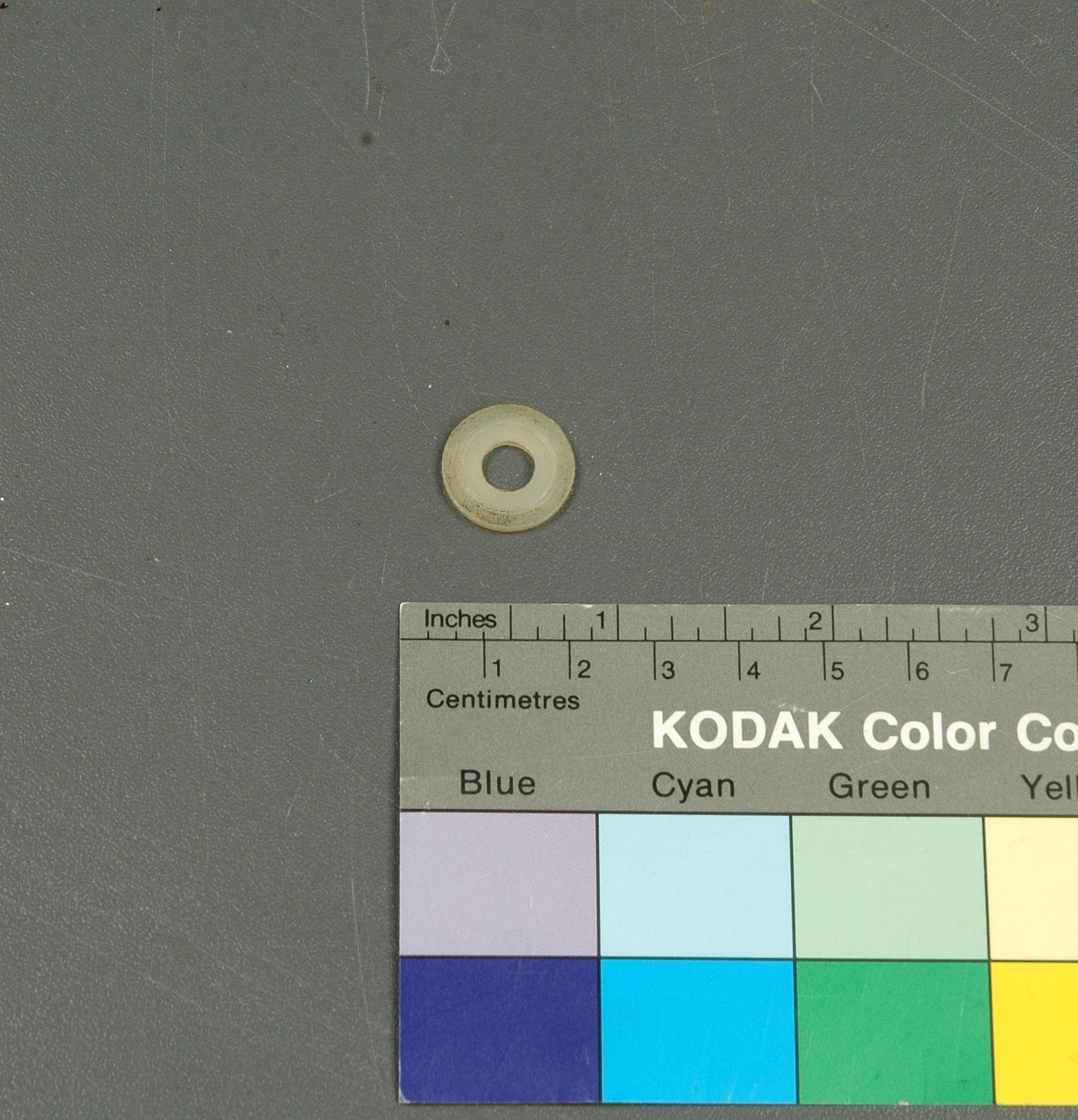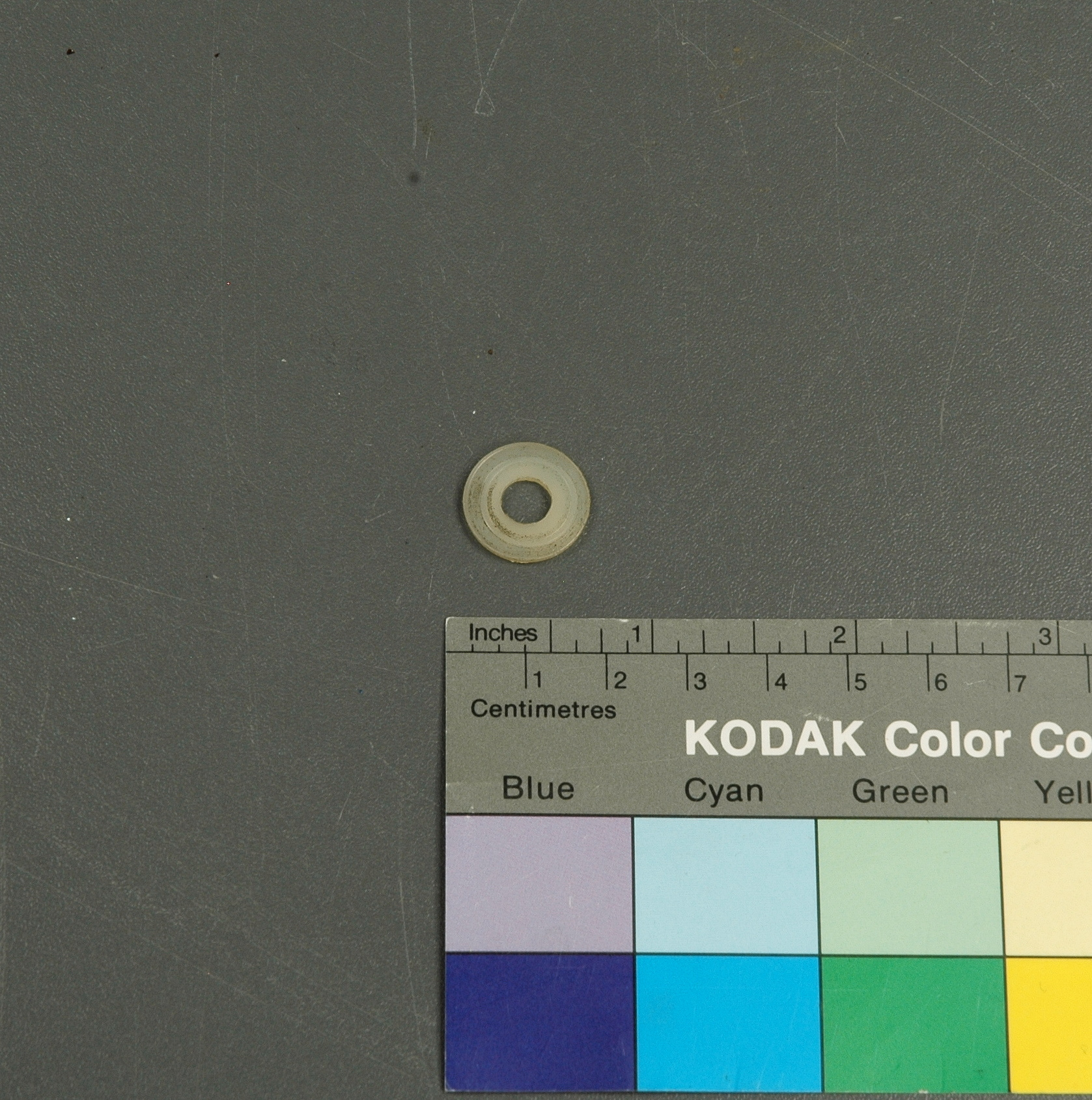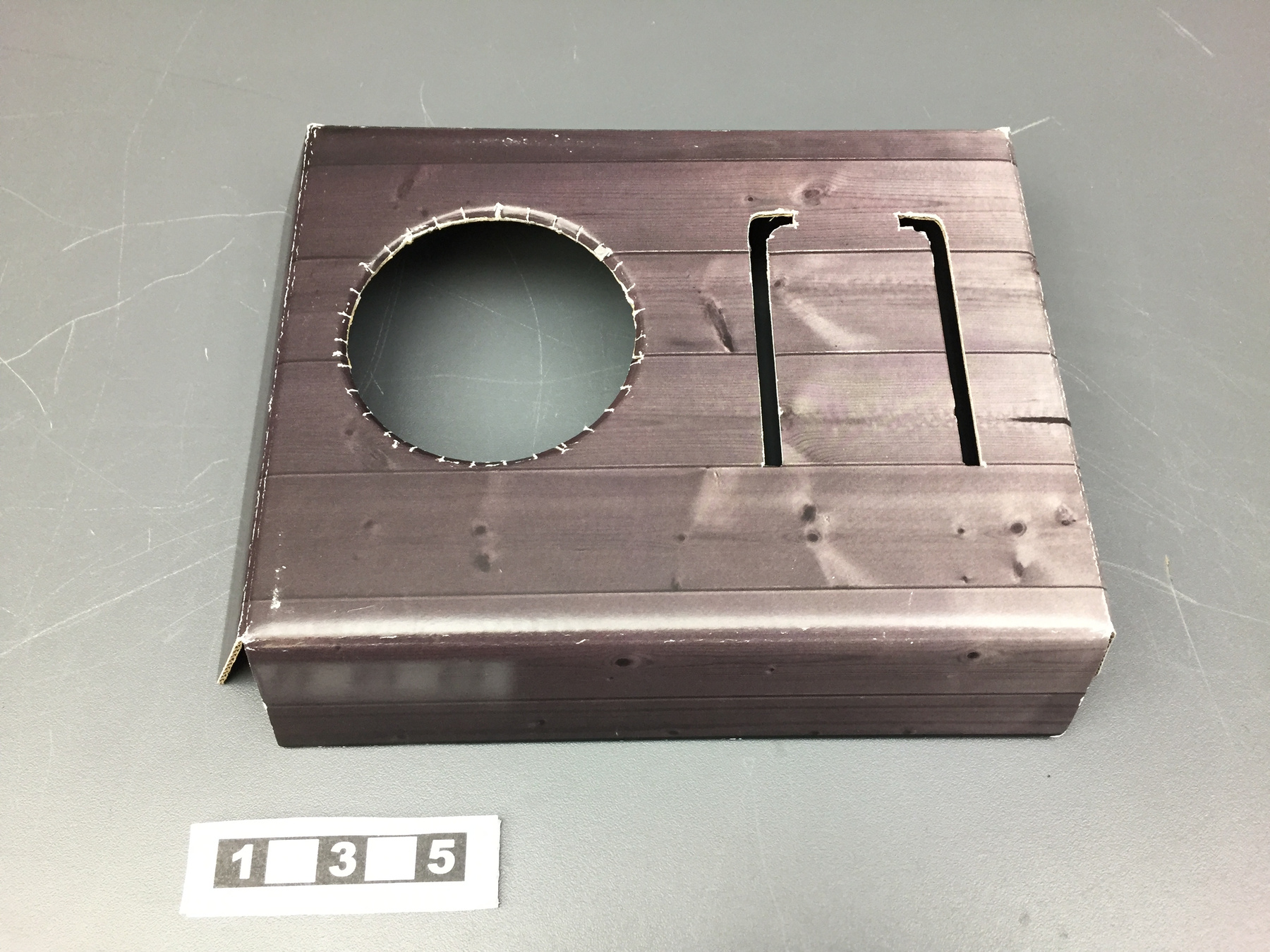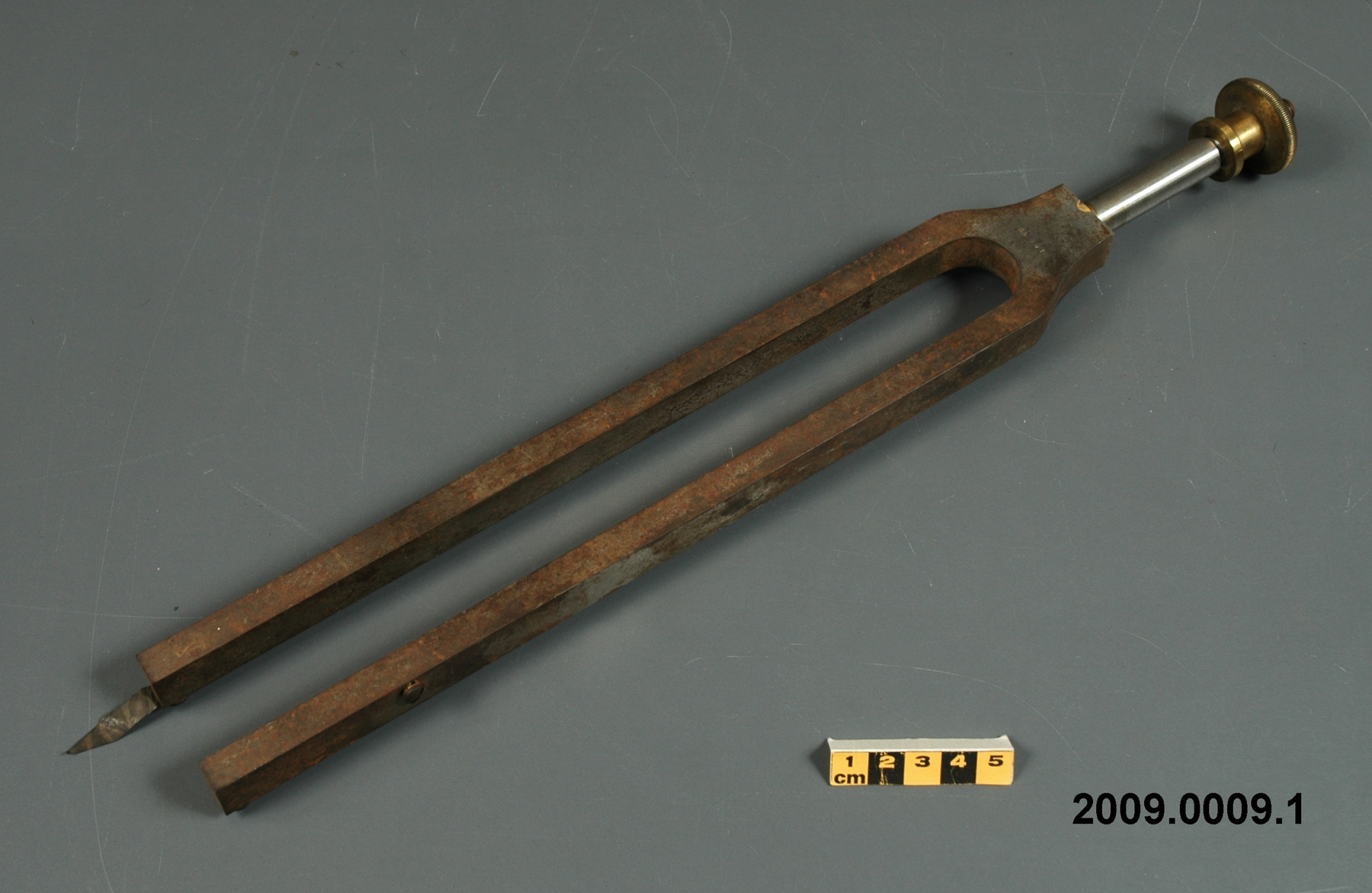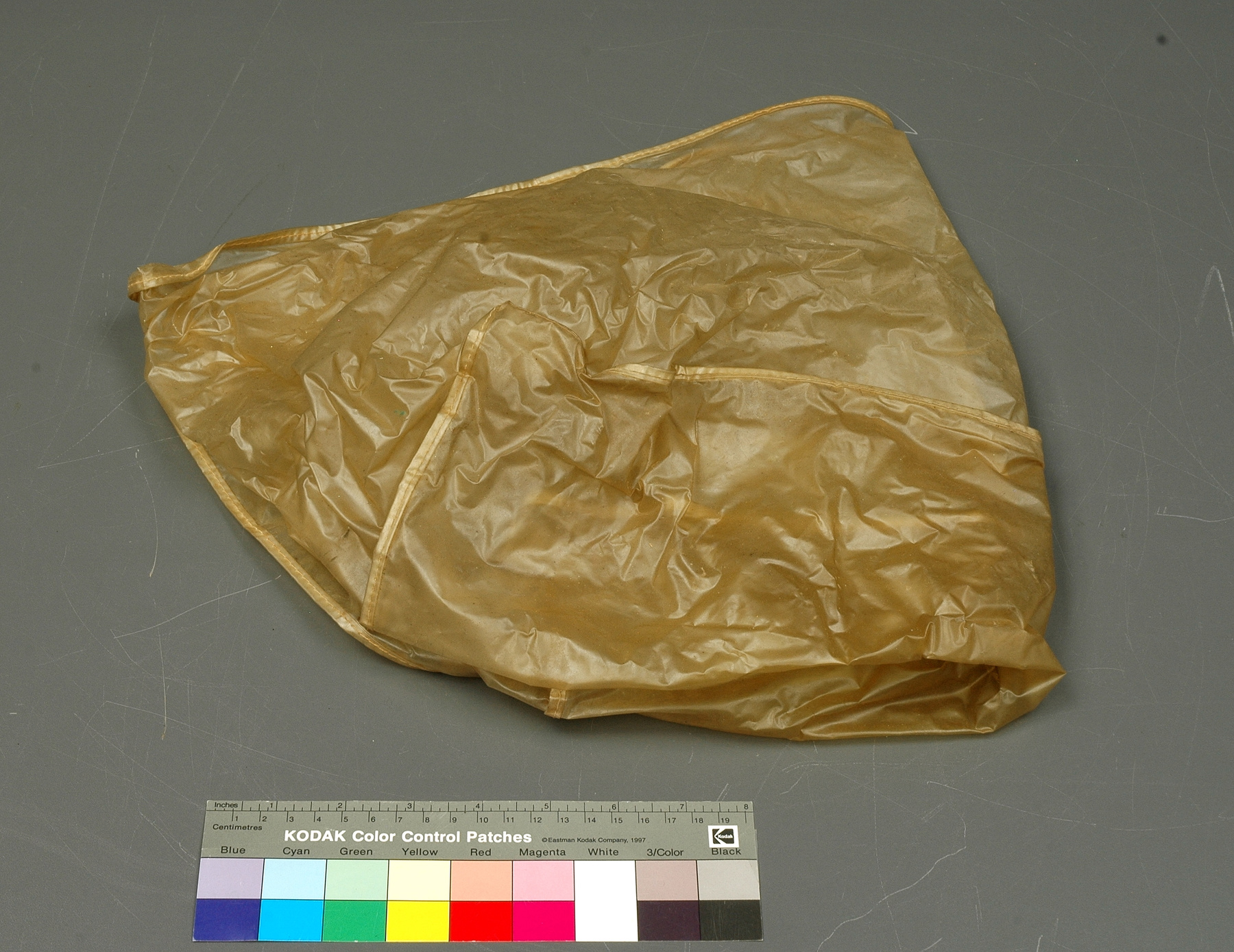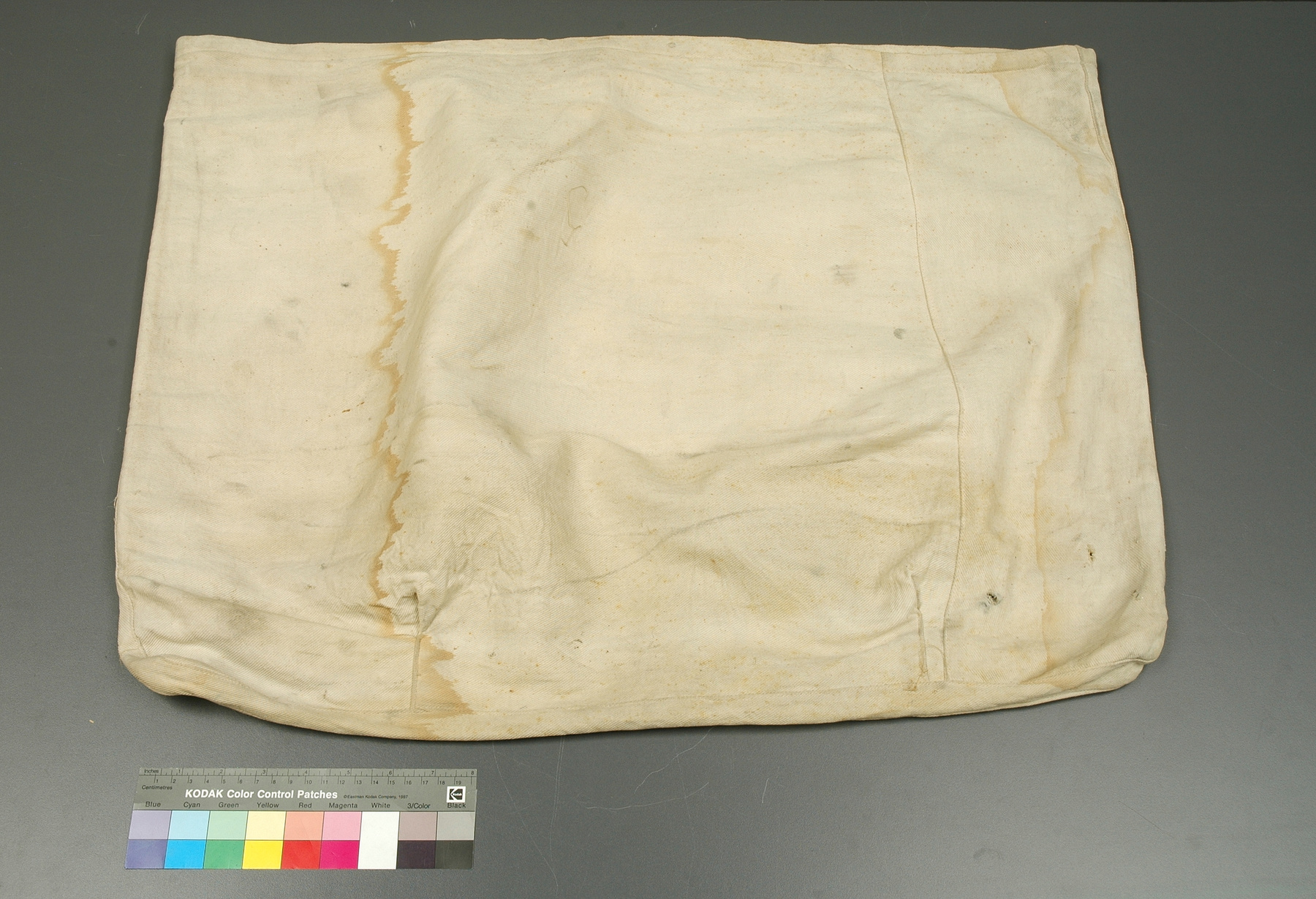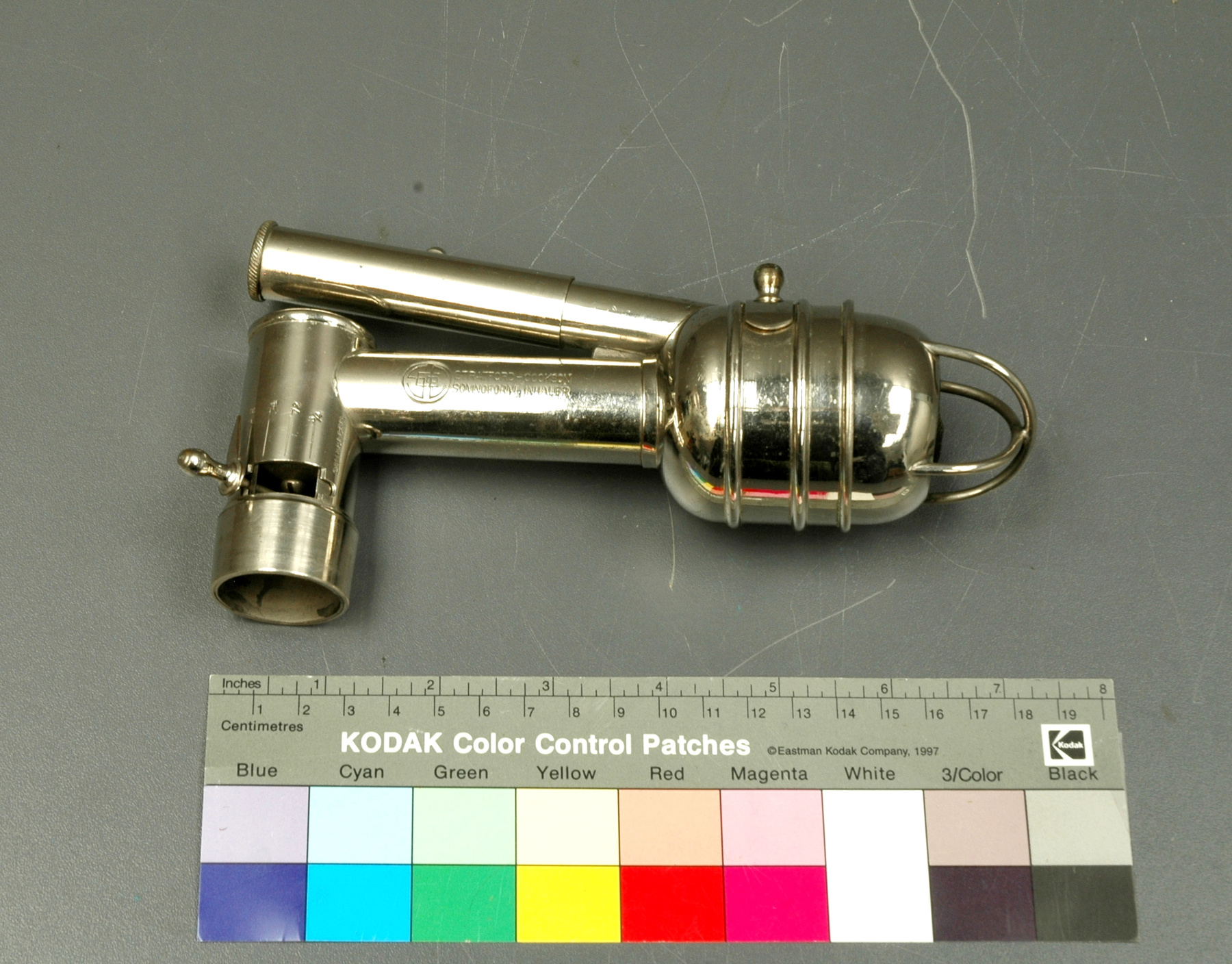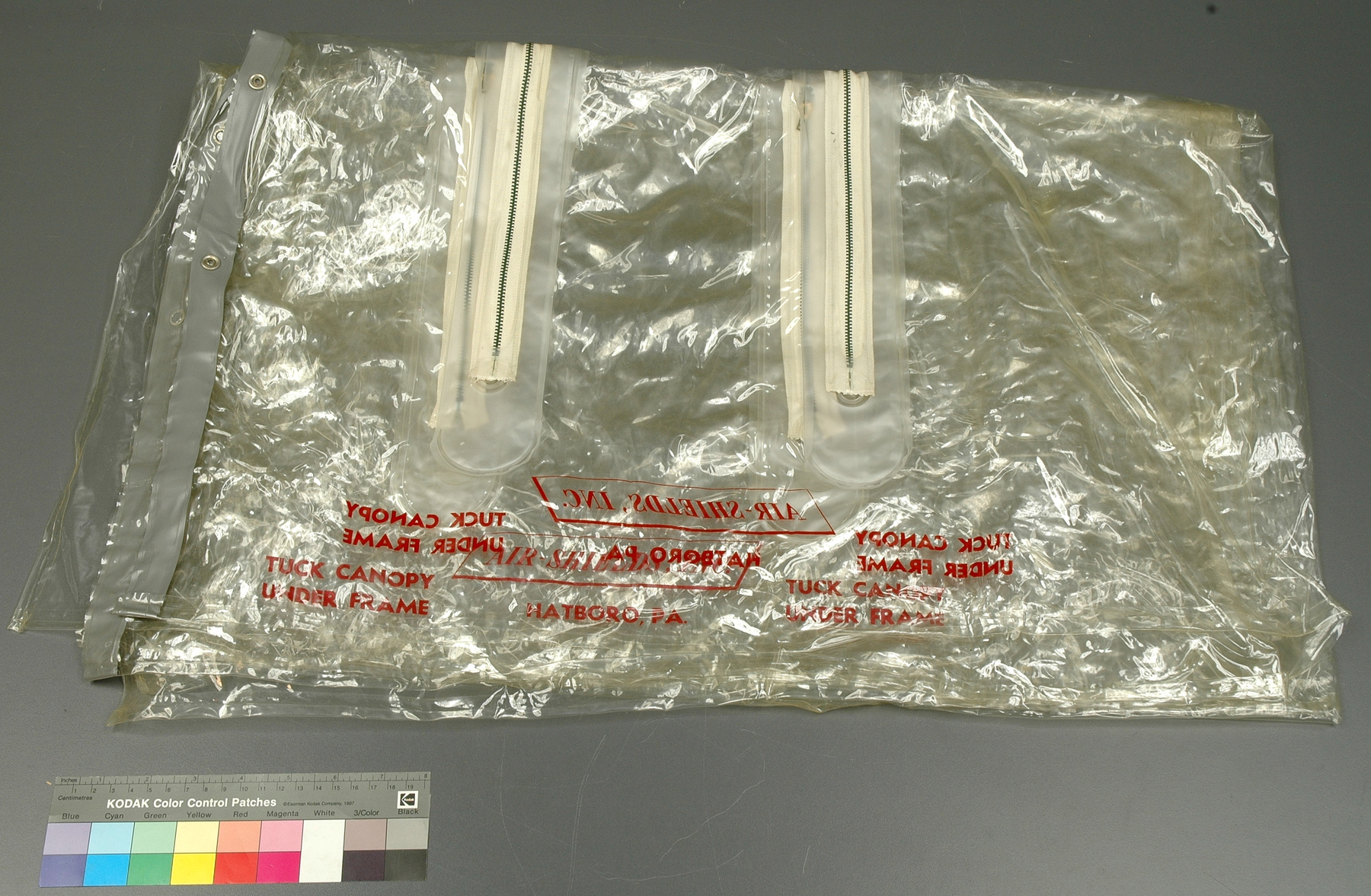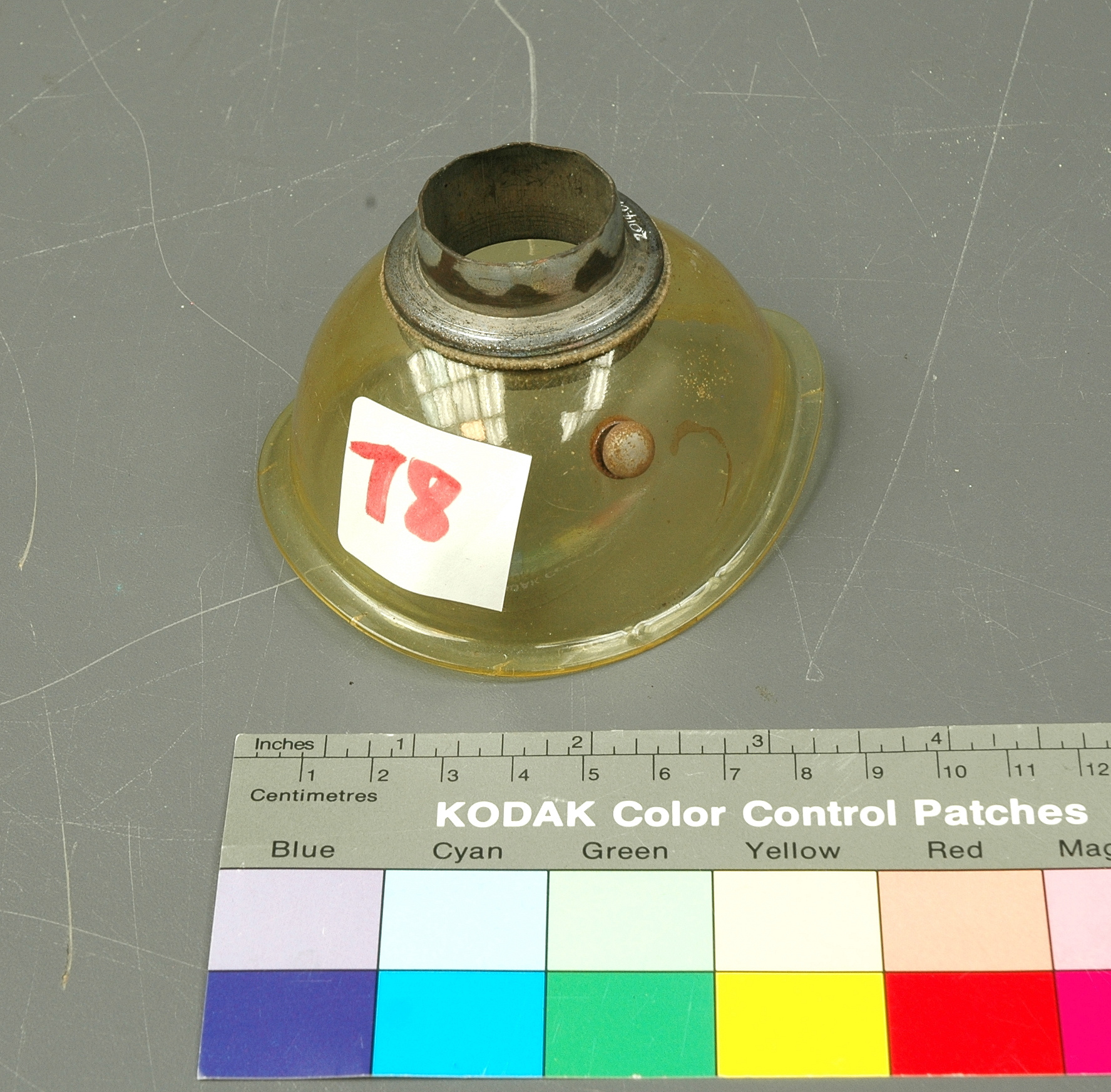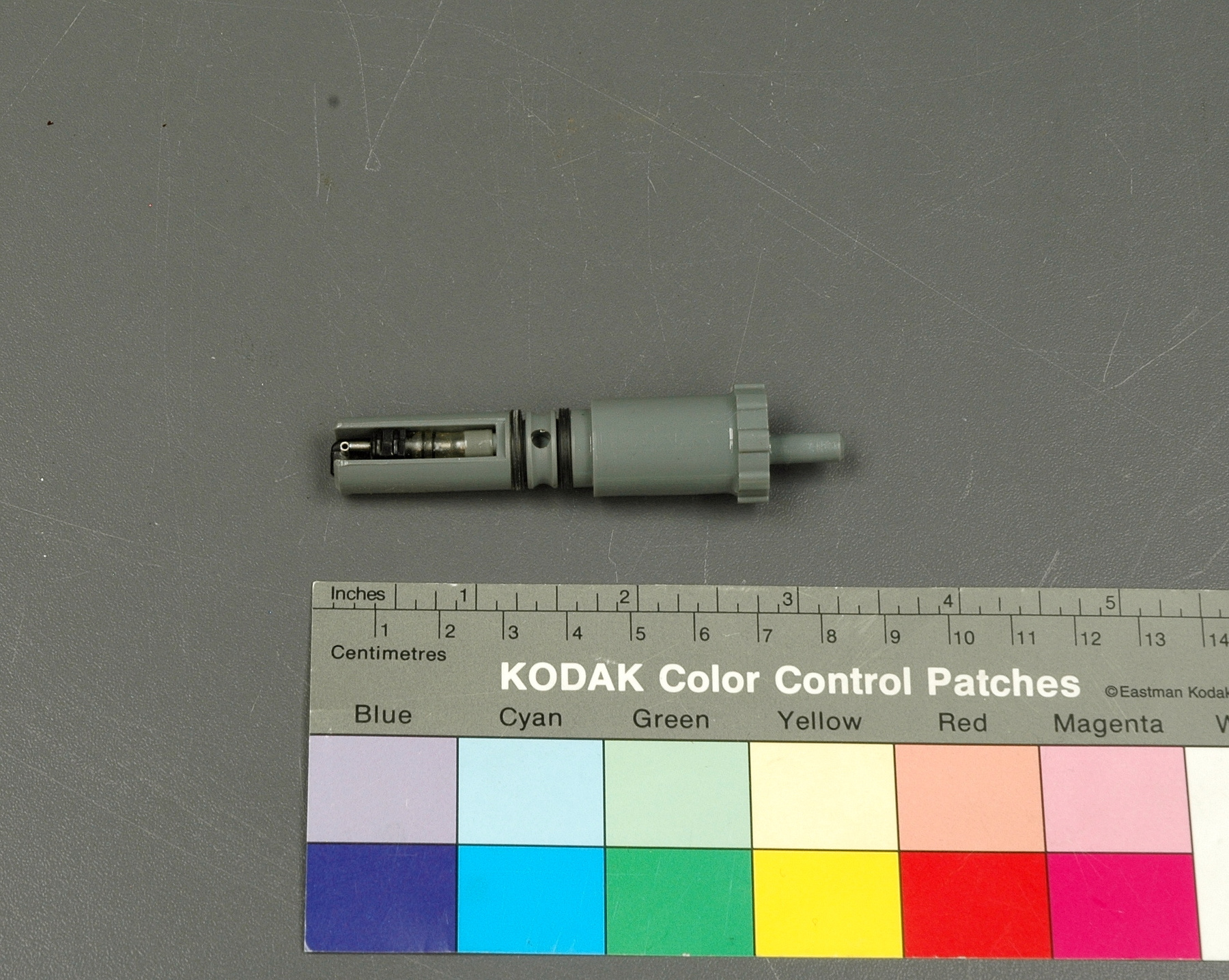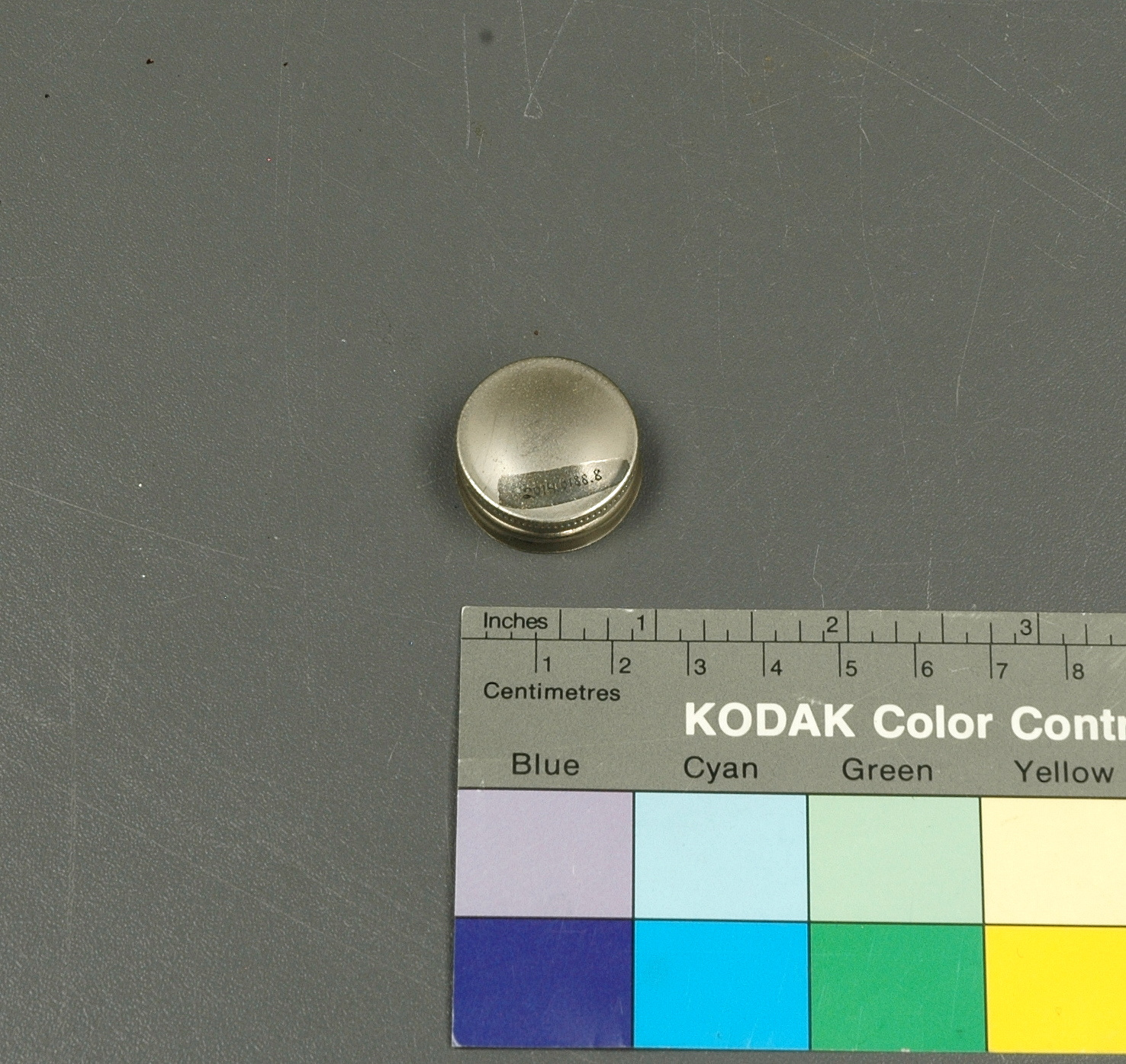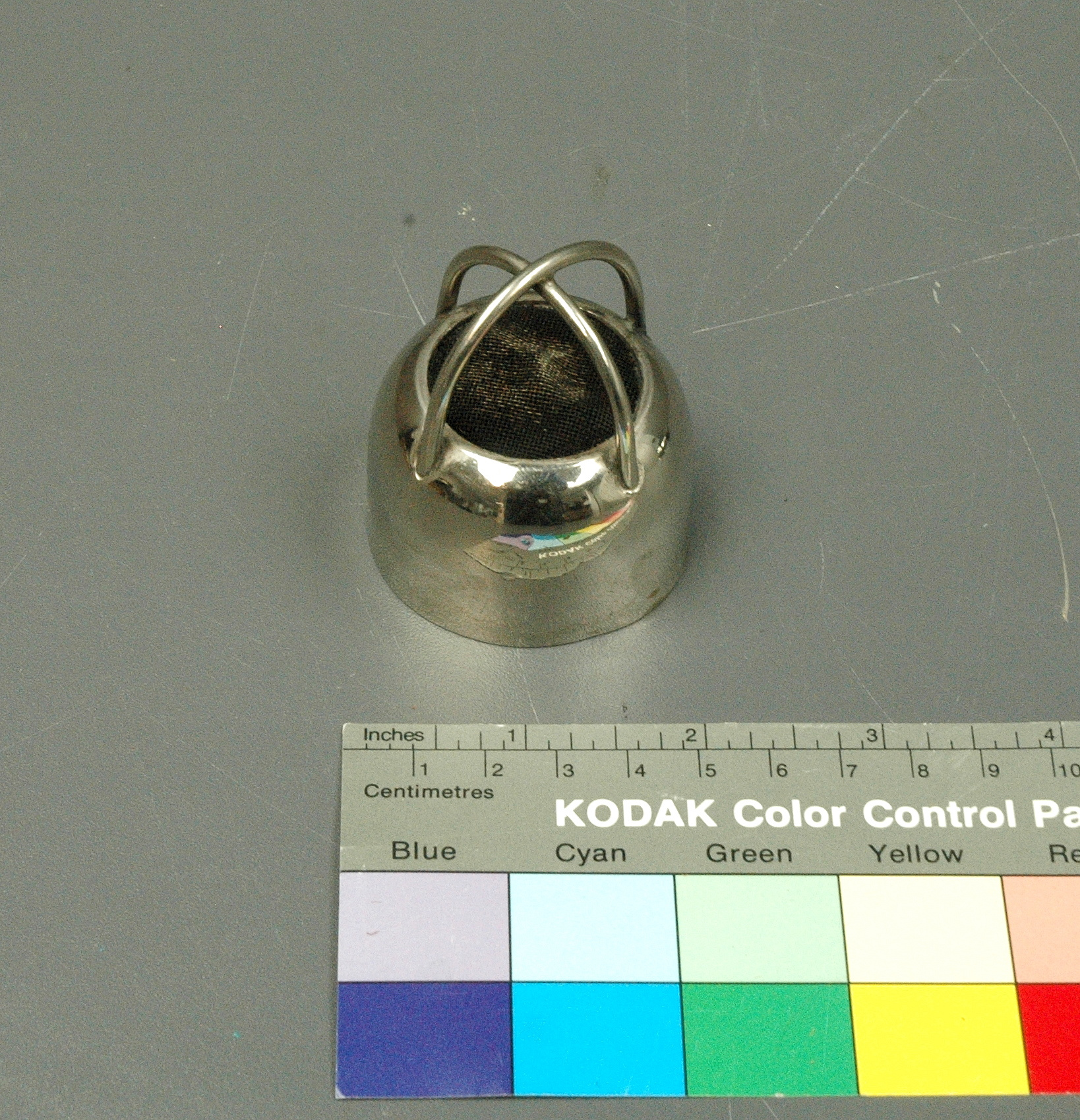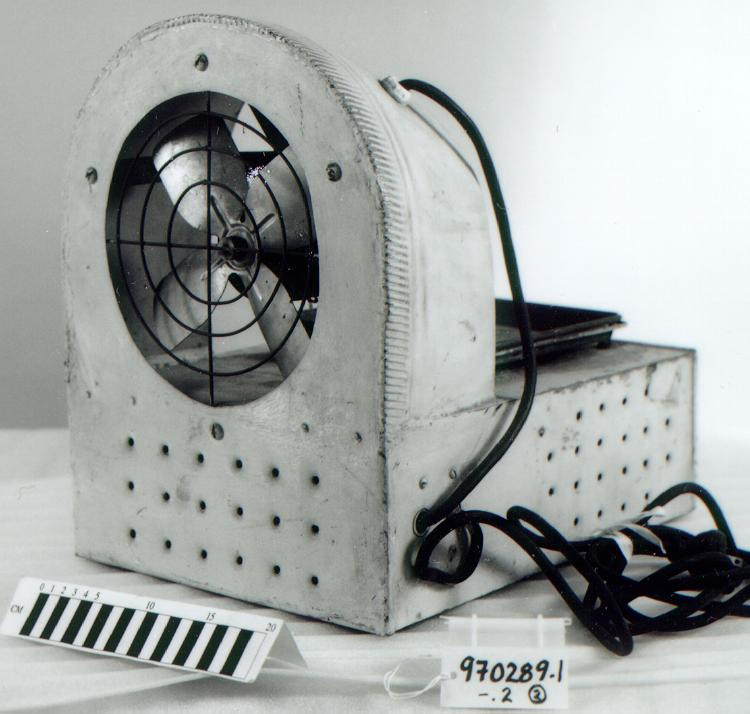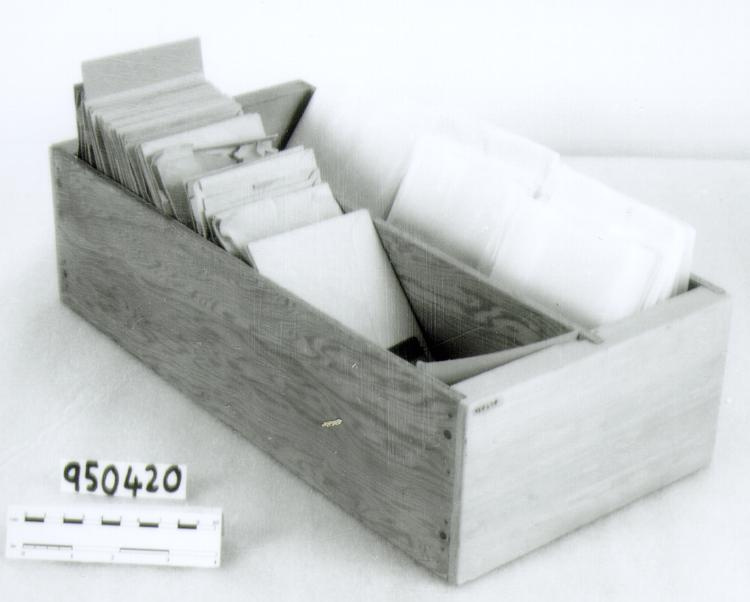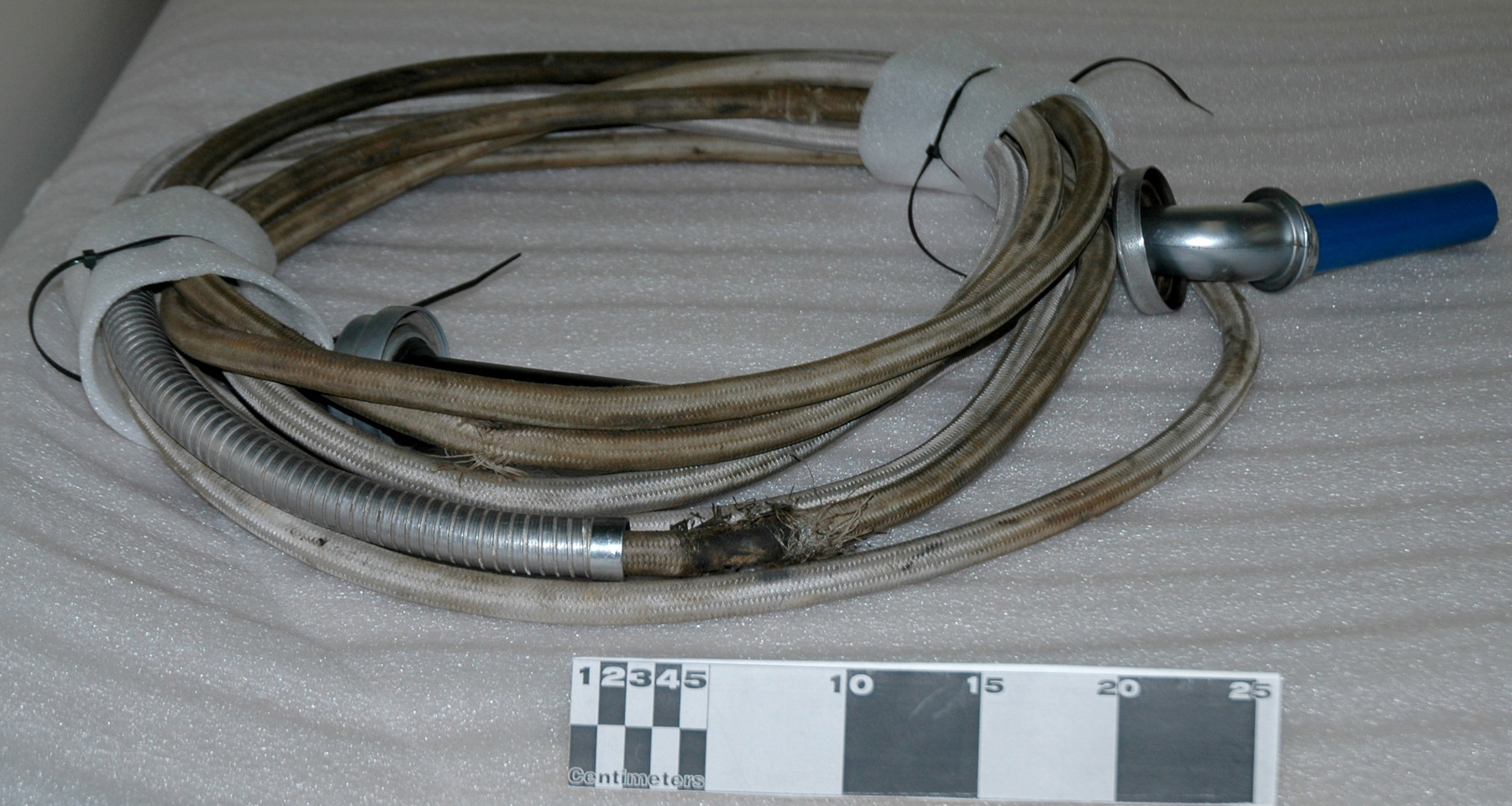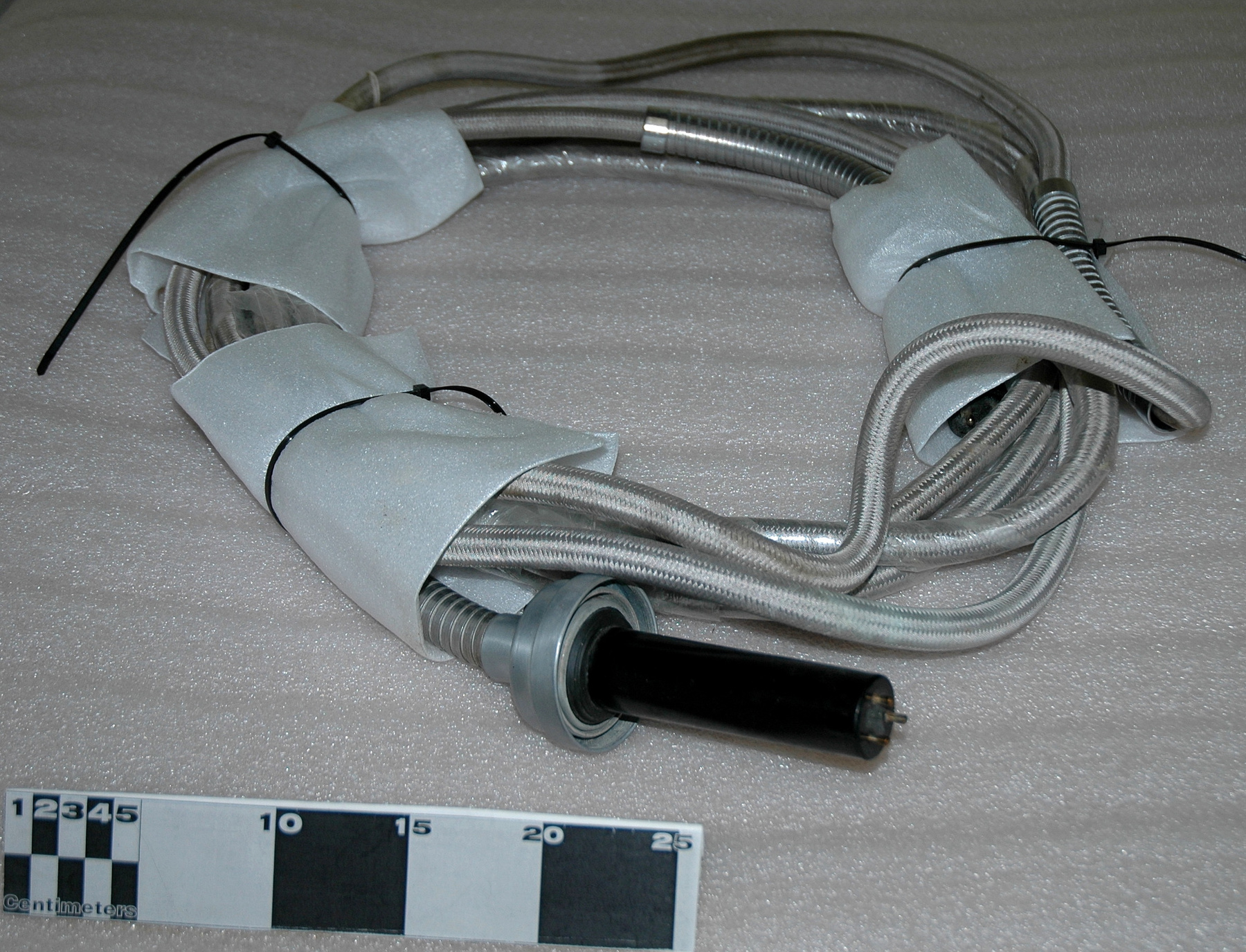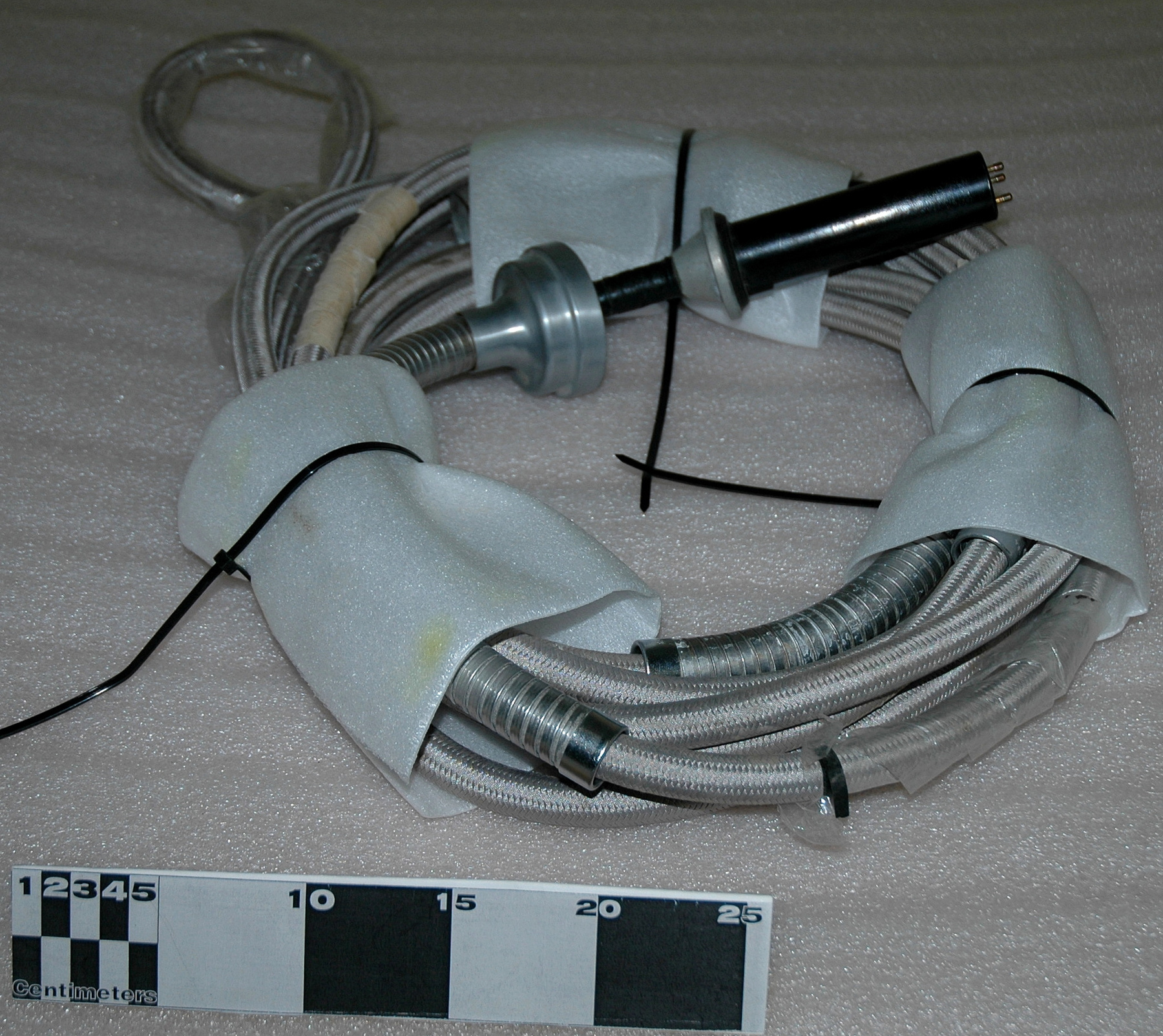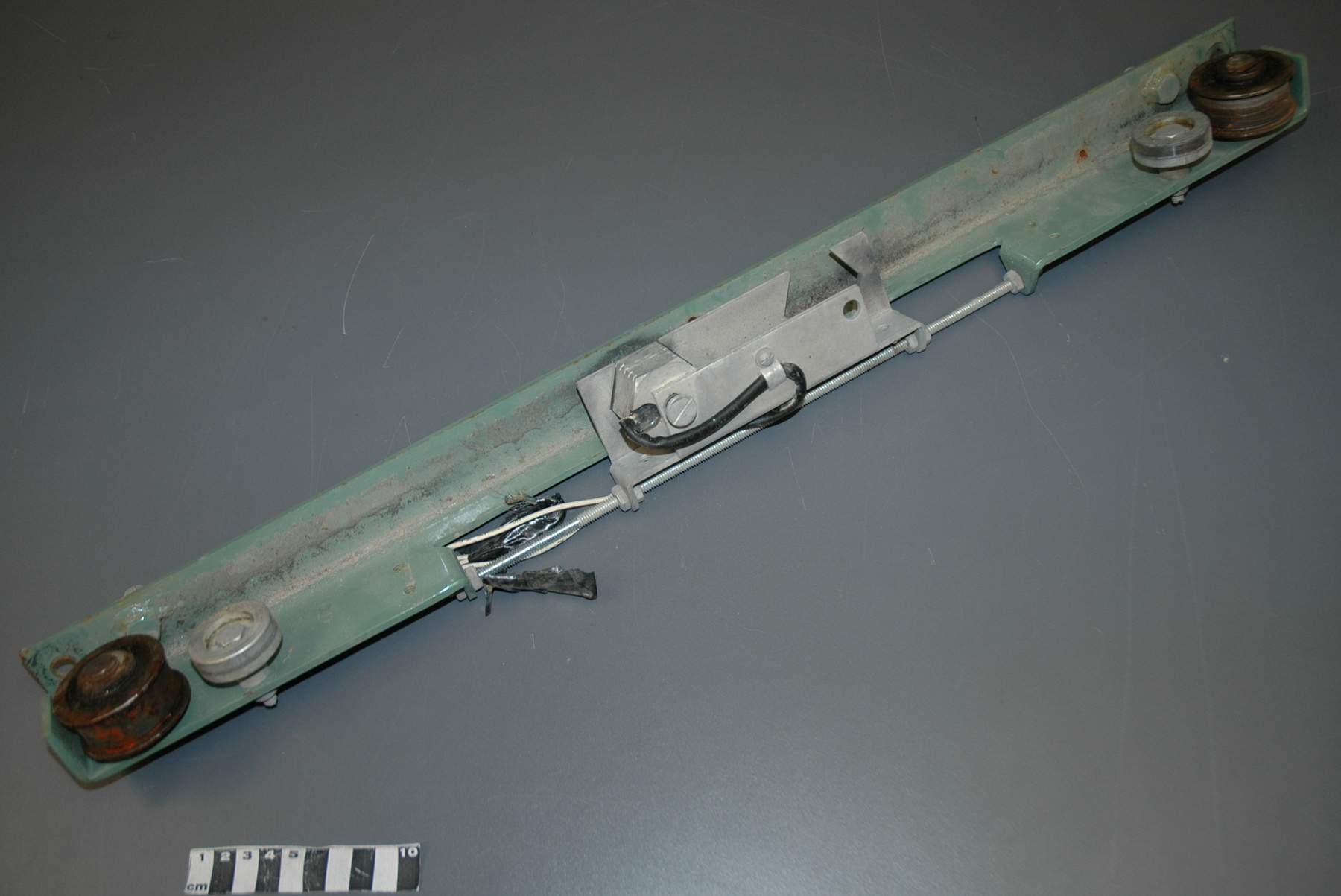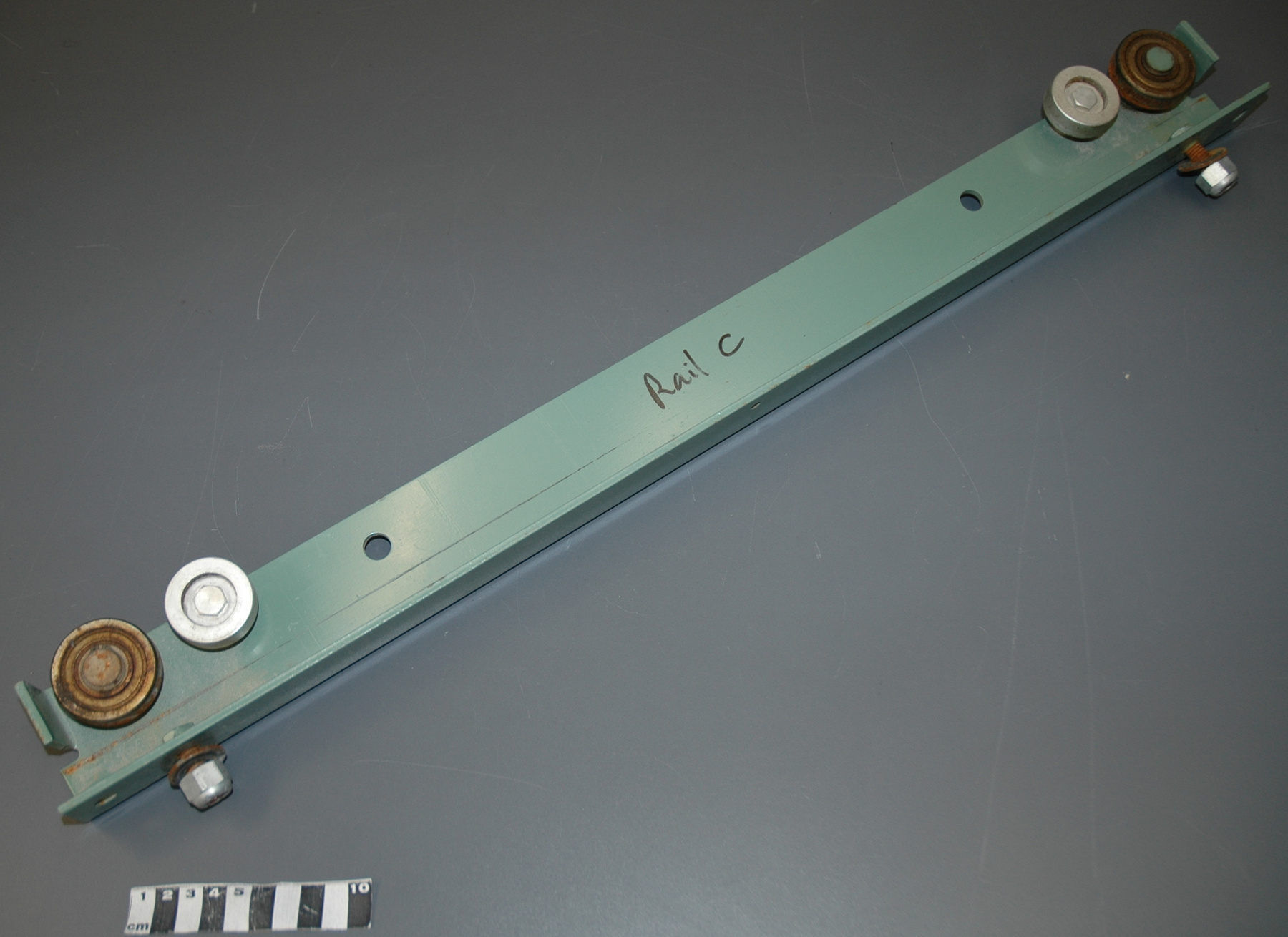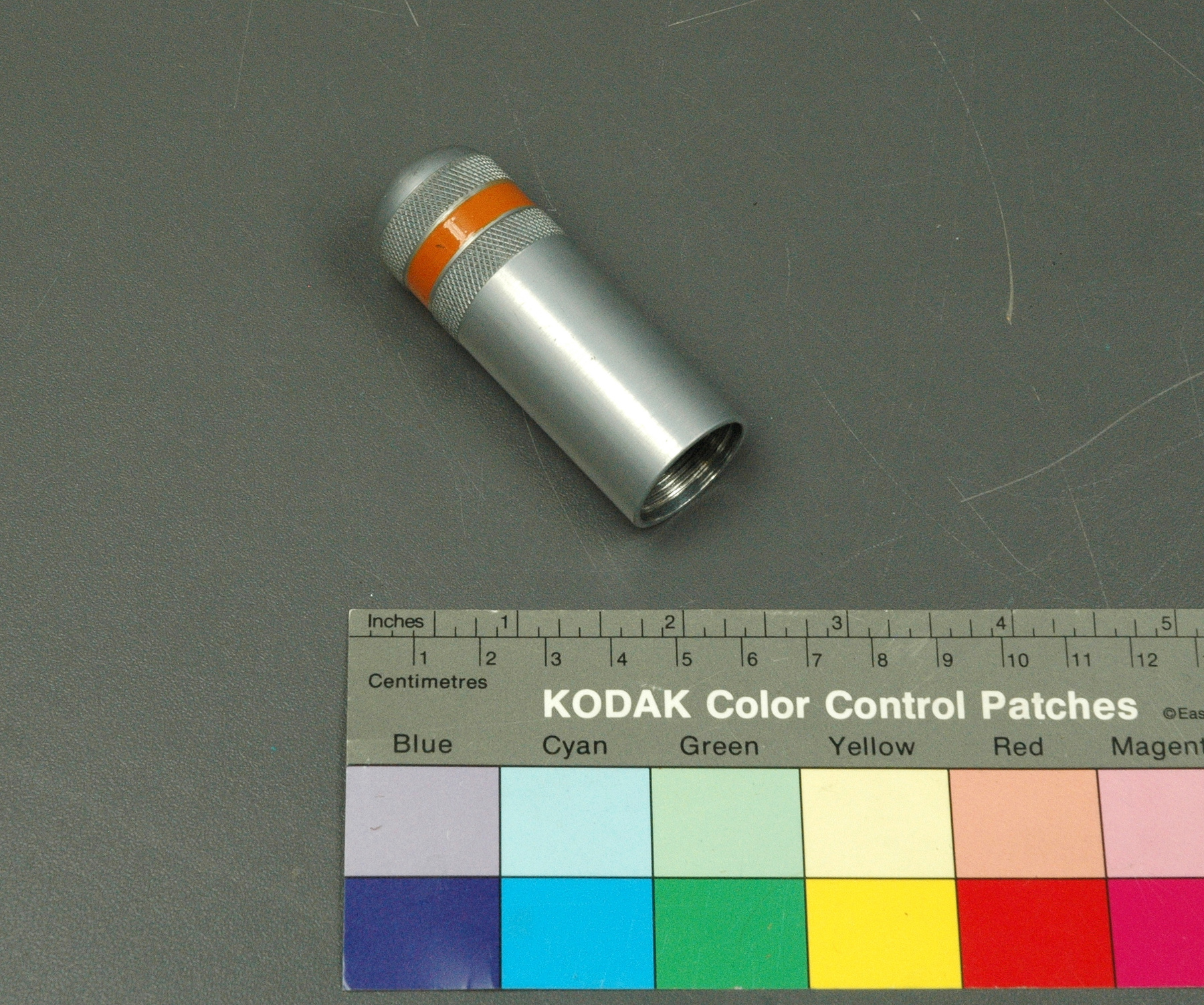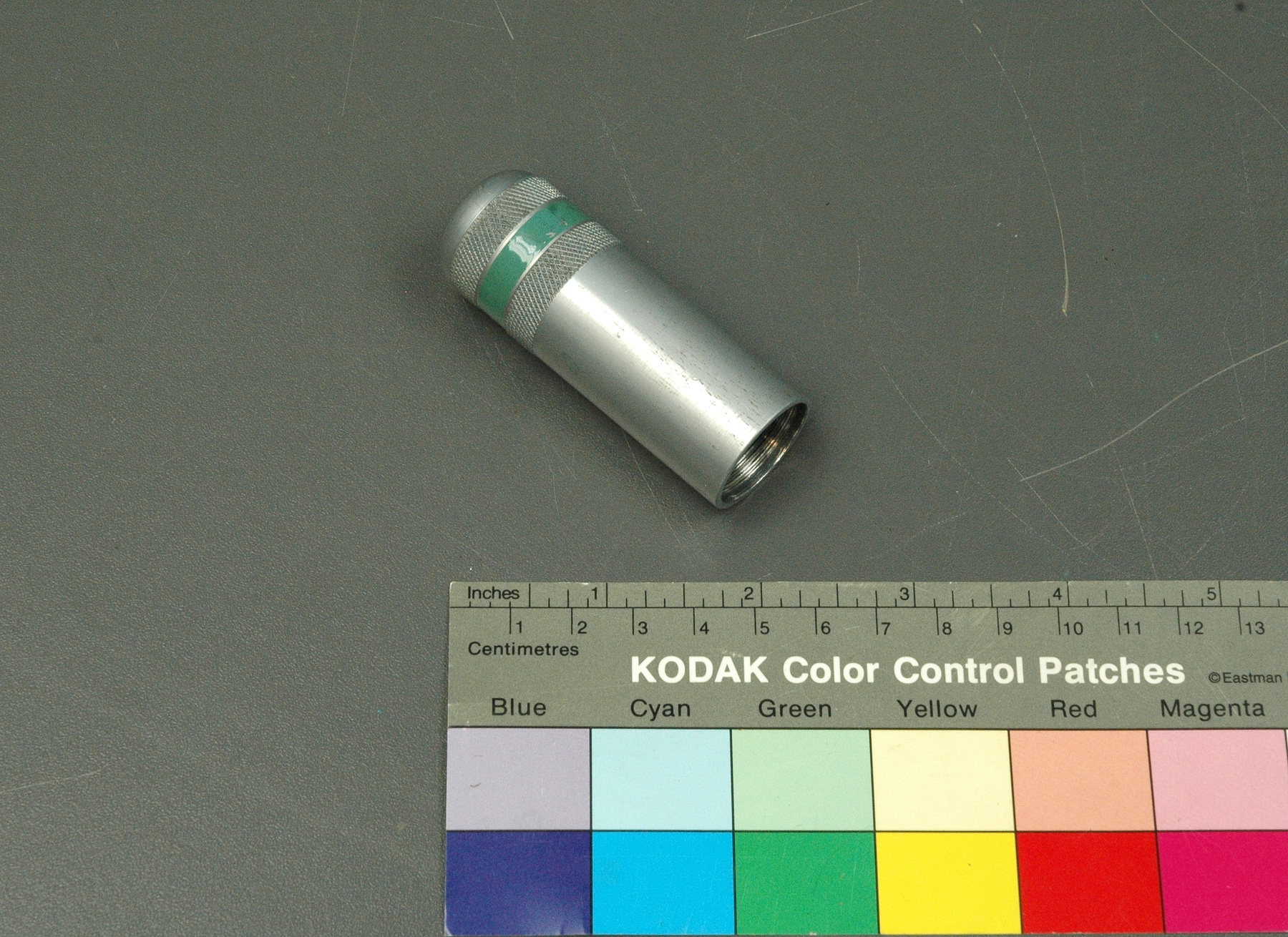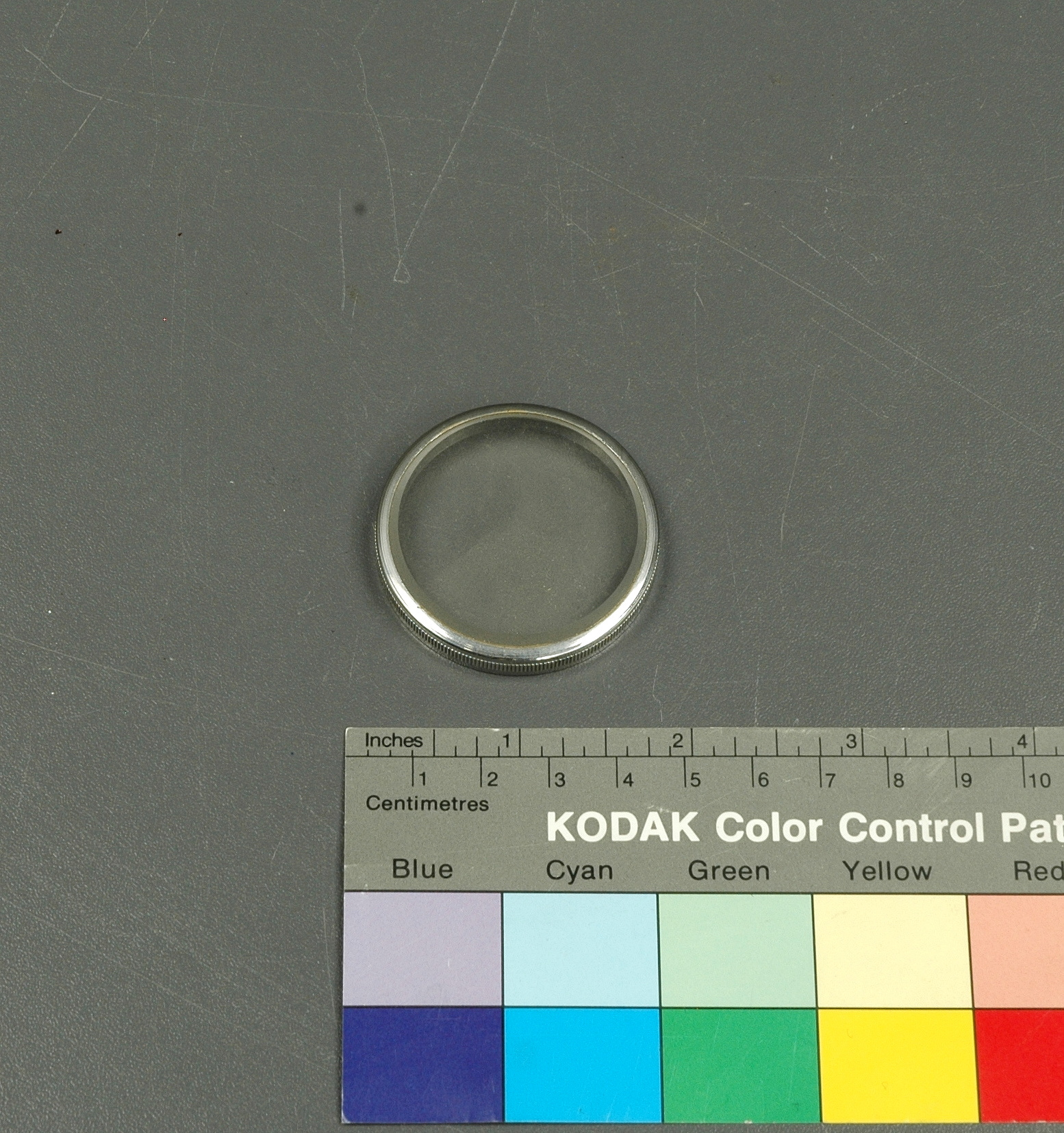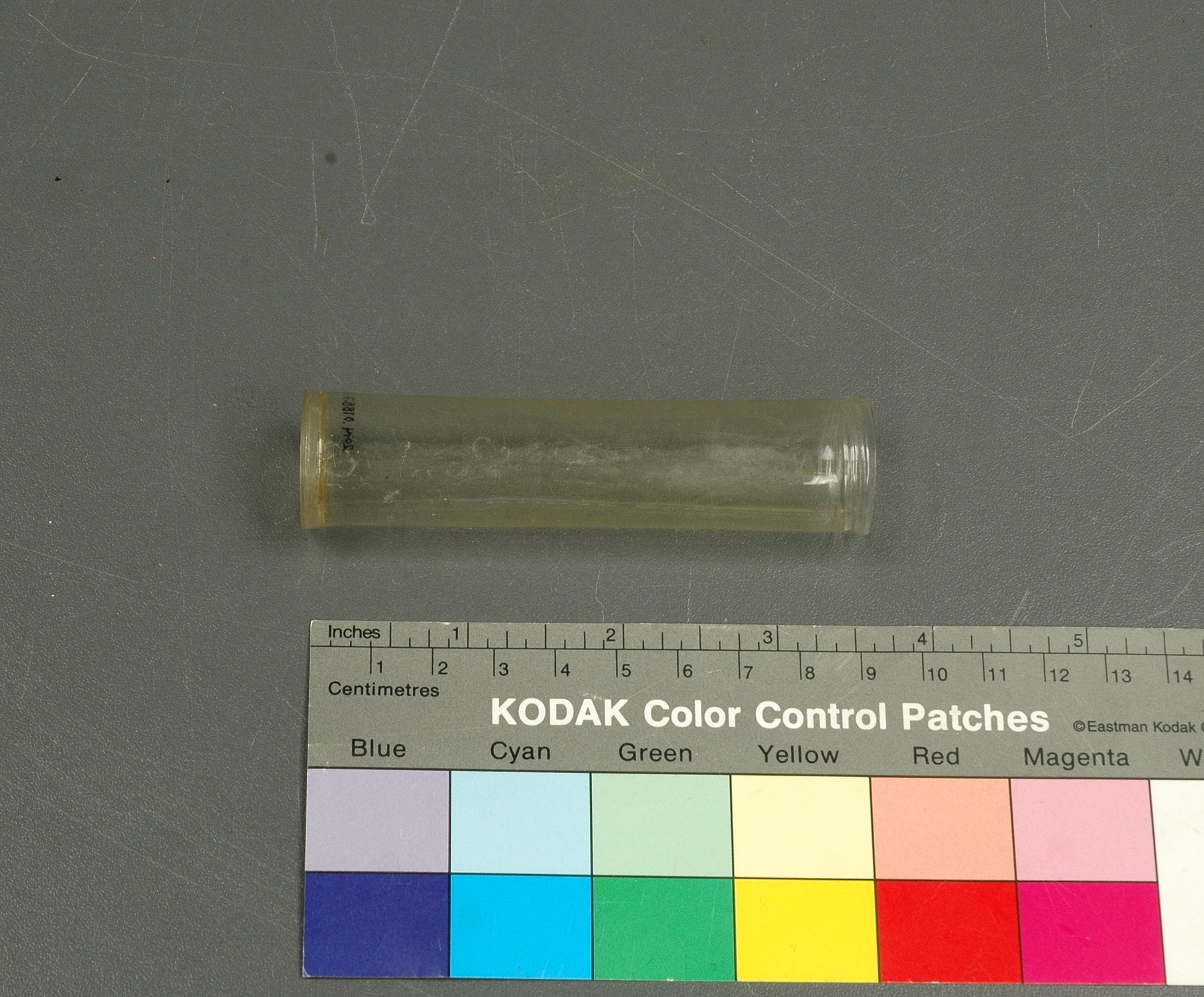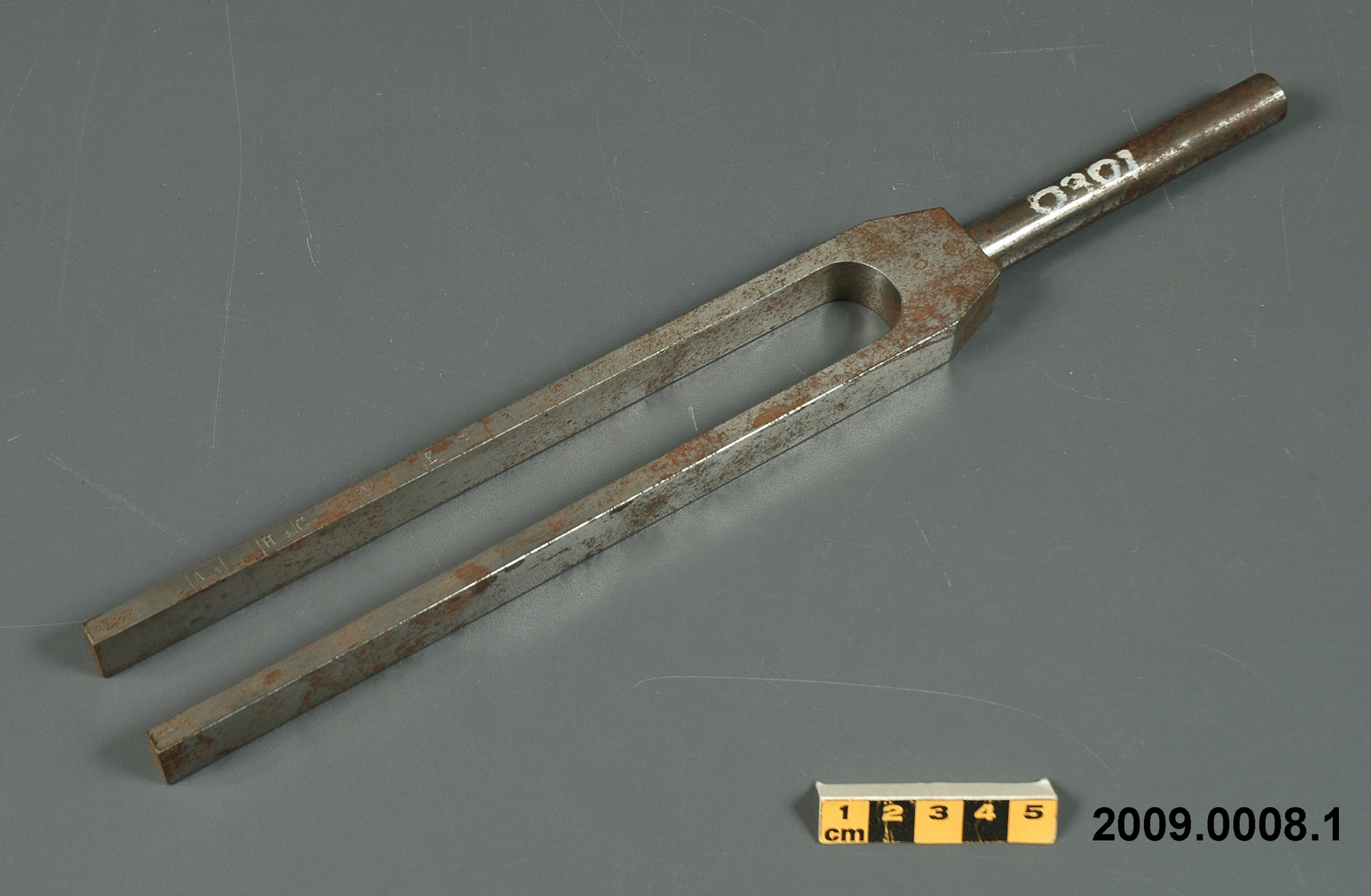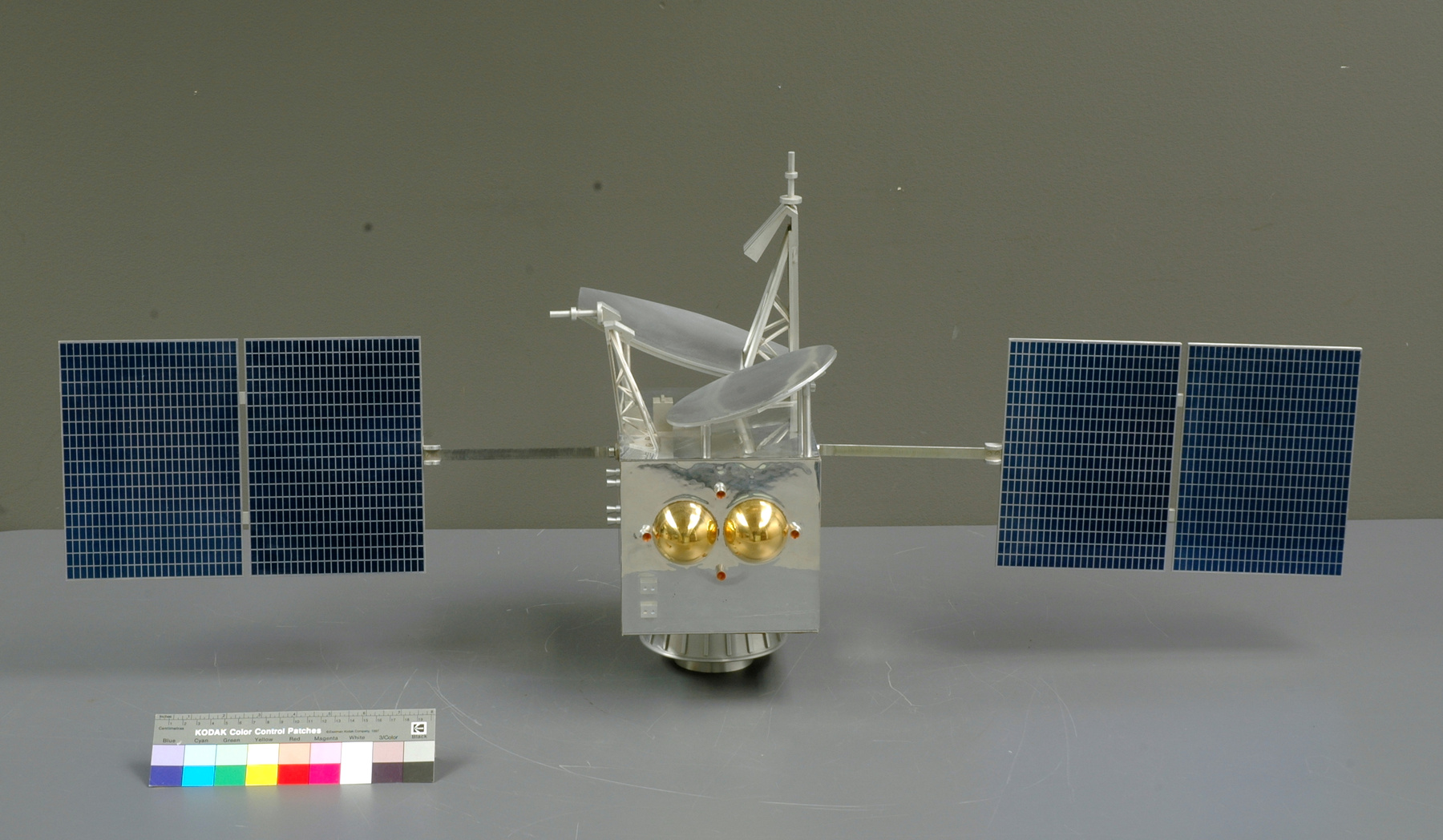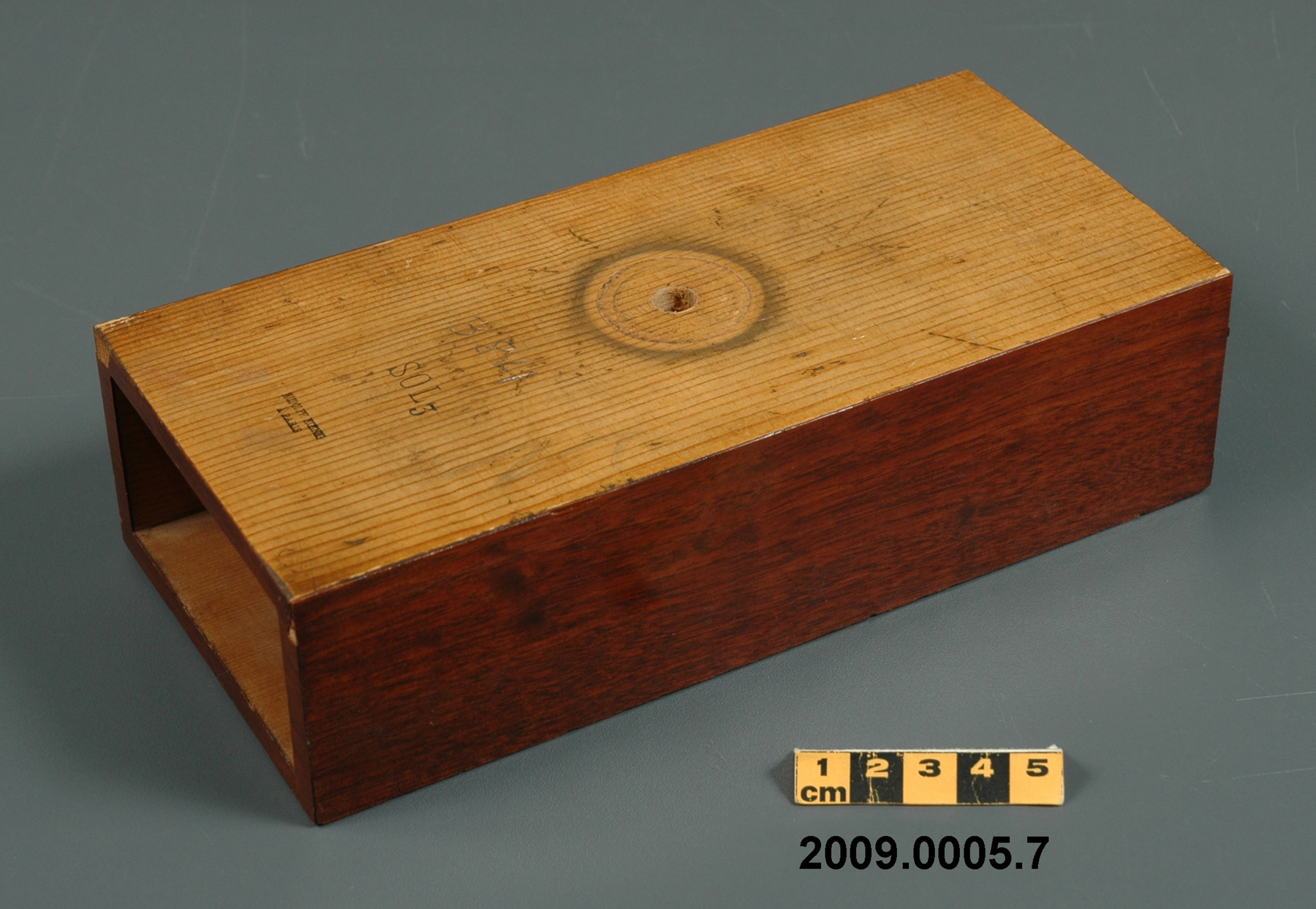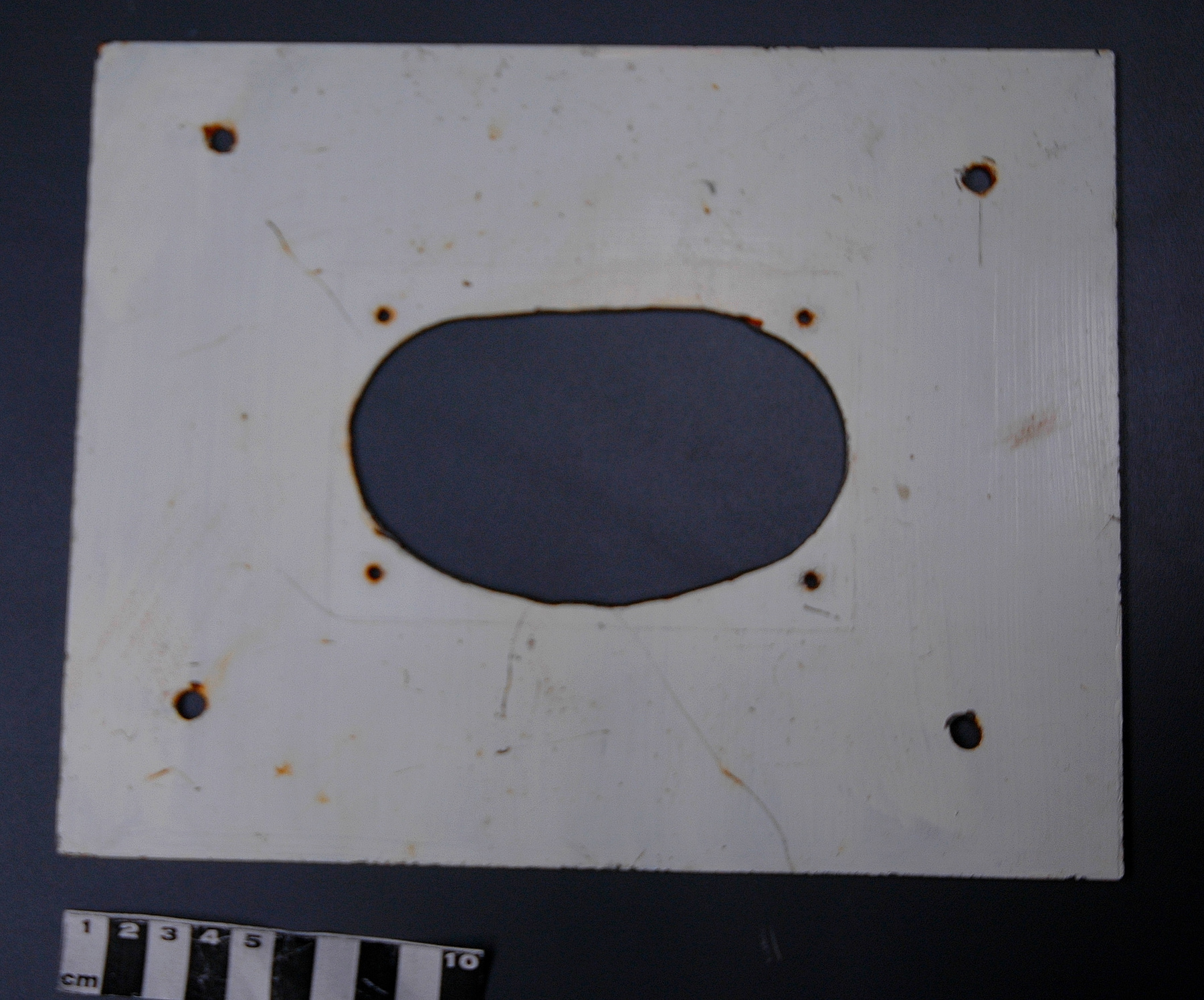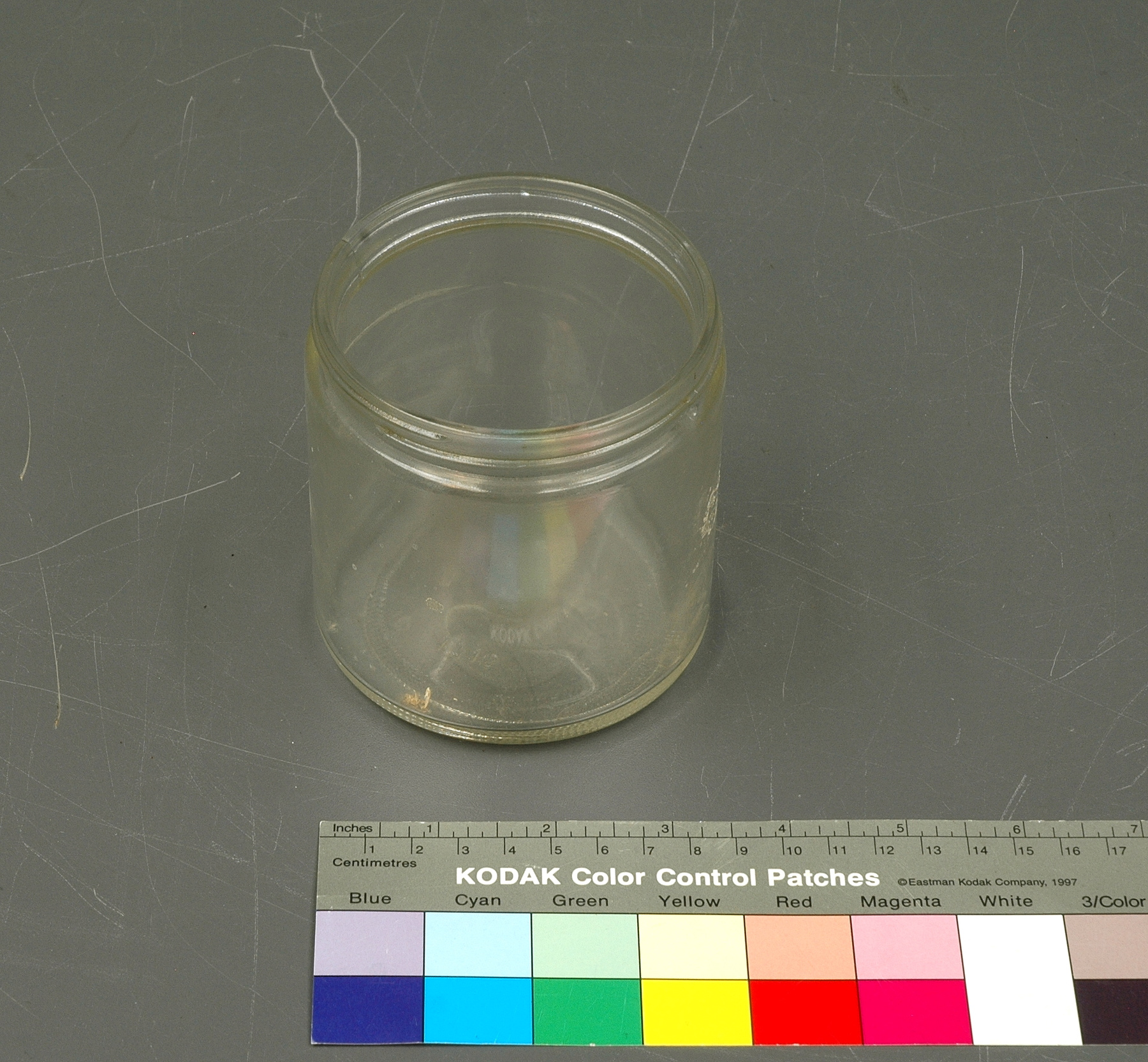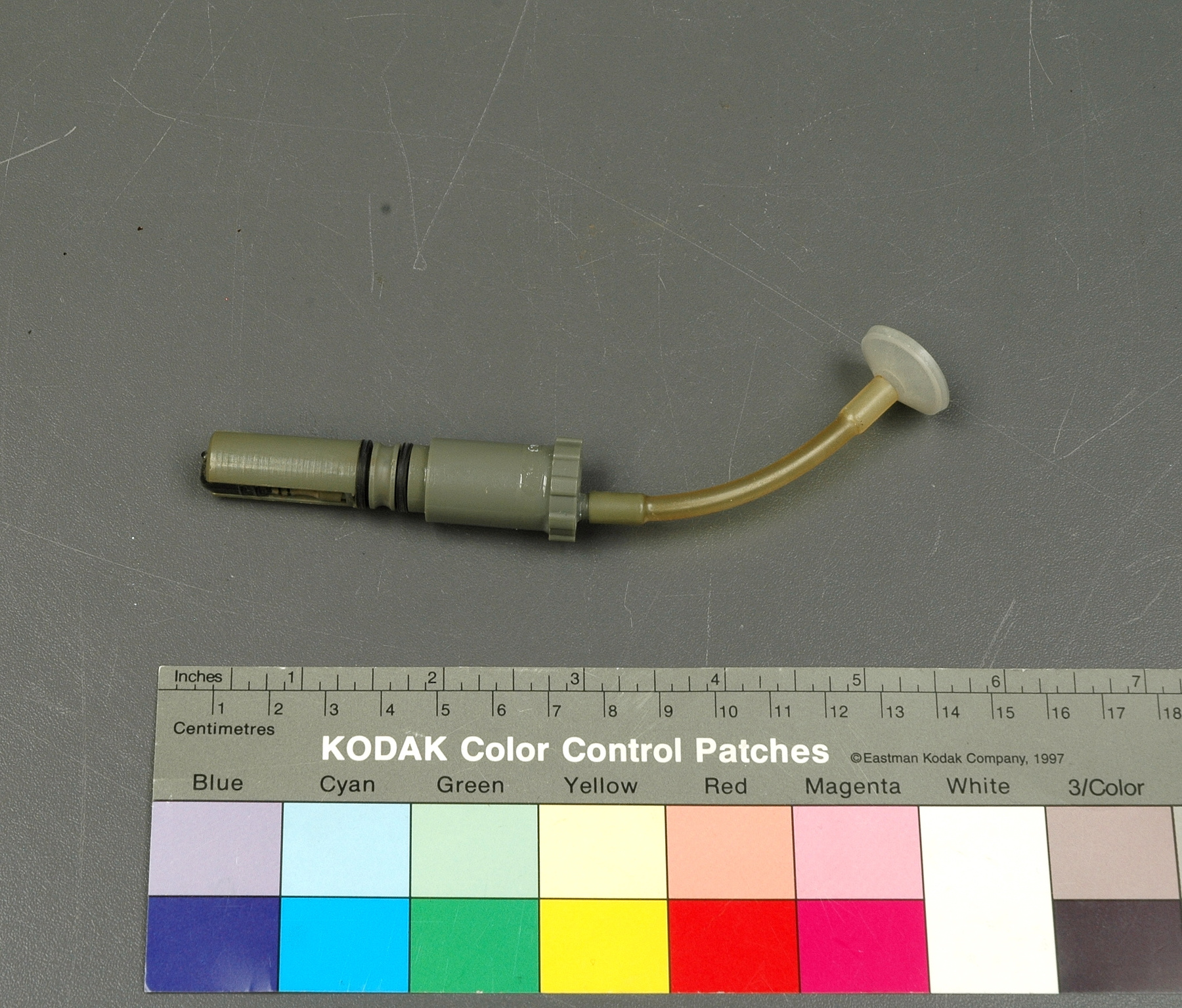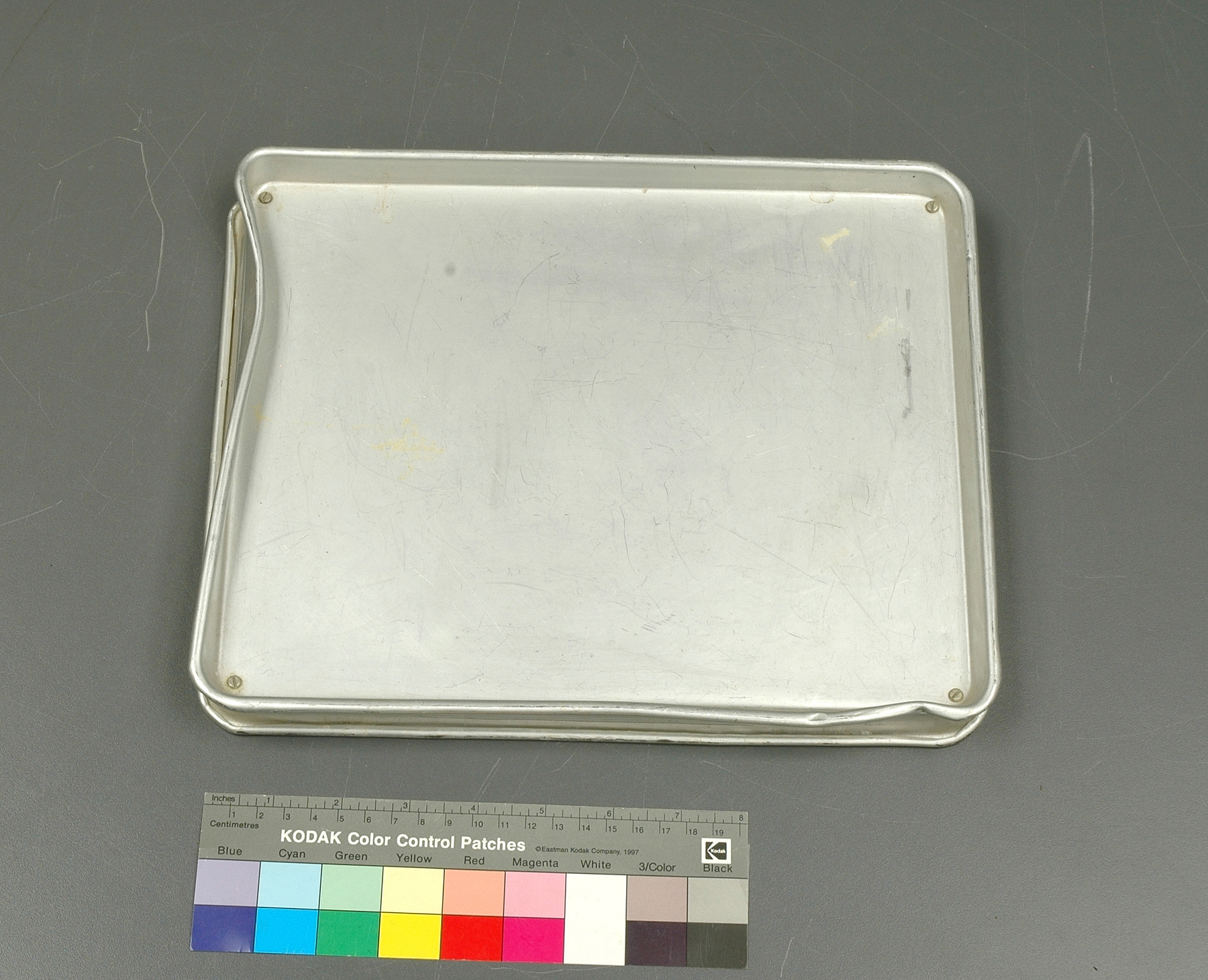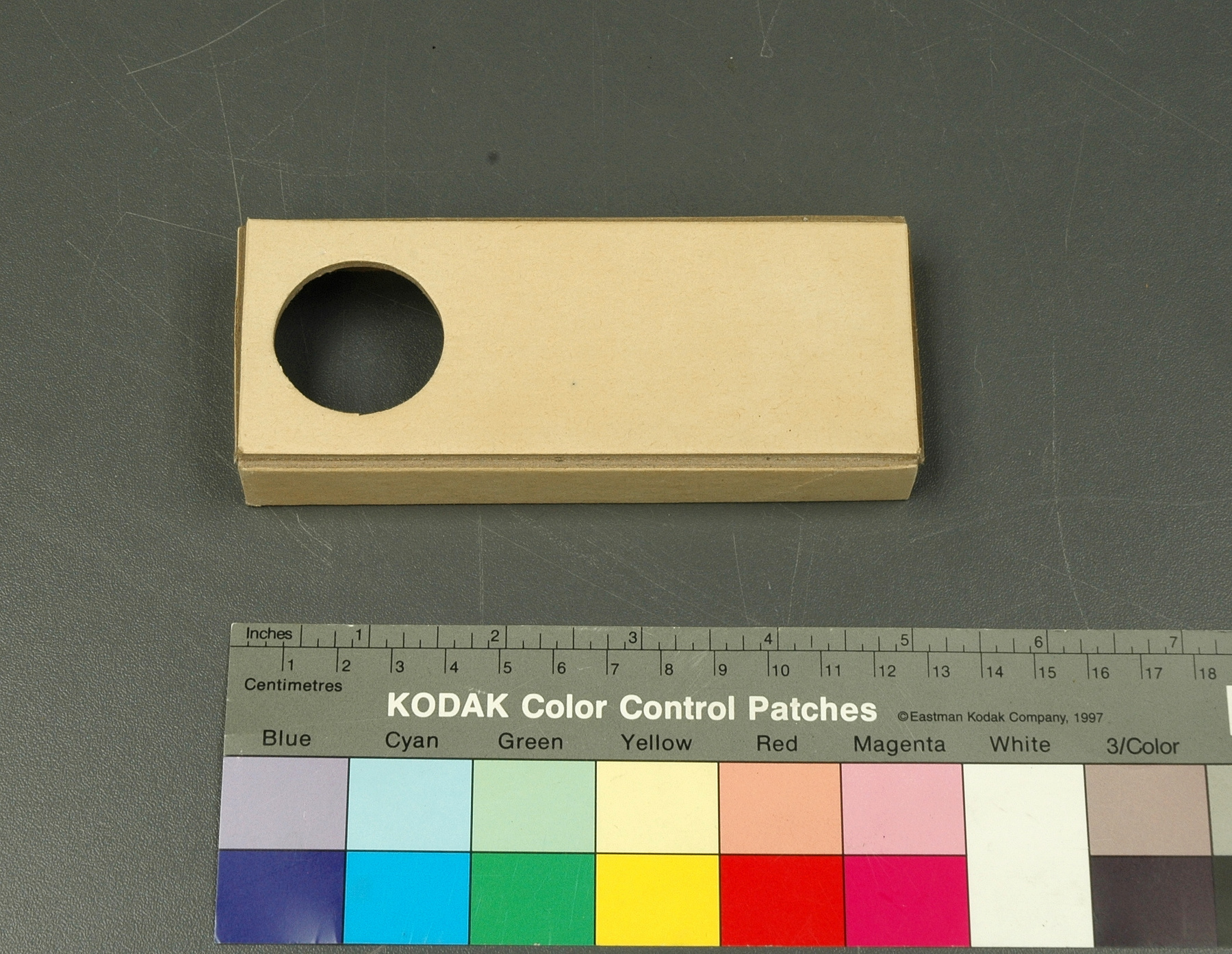Encart de boîte
Utiliser cette image
Puis-je réutiliser cette image sans autorisation? Oui
Les images sur le portail de la collection d’Ingenium ont la licence Creative Commons suivante :
Copyright Ingenium / CC BY-NC-ND (Attribution-NonCommercial 4.0 International (CC BY-NC 4.0)
ATTRIBUER CETTE IMAGE
Ingenium,
2014.0038.003
Permalien:
Ingenium diffuse cette image sous le cadre de licence Creative Commons et encourage son téléchargement et sa réutilisation à des fins non commerciales. Veuillez mentionner Ingenium et citer le numéro de l’artefact.
TÉLÉCHARGER L’IMAGEACHETER CETTE IMAGE
Cette image peut être utilisée gratuitement pour des fins non commerciales.
Pour un usage commercial, veuillez consulter nos frais de reproduction et communiquer avec nous pour acheter l’image.
- TYPE D’OBJET
- base
- DATE
- 1950–1959
- NUMÉRO DE L’ARTEFACT
- 2014.0038.003
- FABRICANT
- Ayerst, McKenna & Harrison Ltd.
- MODÈLE
- Inconnu
- EMPLACEMENT
- Montréal, Québec, Canada
Plus d’information
Renseignements généraux
- Nº de série
- S/O
- Nº de partie
- 3
- Nombre total de parties
- 10
- Ou
- S/O
- Brevets
- S/O
- Description générale
- Cardboard
Dimensions
Remarque : Cette information reflète la taille générale pour l’entreposage et ne représente pas nécessairement les véritables dimensions de l’objet.
- Longueur
- 12,5 cm
- Largeur
- 5,1 cm
- Hauteur
- 1,9 cm
- Épaisseur
- S/O
- Poids
- S/O
- Diamètre
- S/O
- Volume
- S/O
Lexique
- Groupe
- Technologie médicale
- Catégorie
- Produits chimiques et médicament
- Sous-catégorie
- S/O
Fabricant
- Ou
- Ayerst
- Pays
- Canada
- État/province
- Québec
- Ville
- Montréal
Contexte
- Pays
- Inconnu
- État/province
- Inconnu
- Période
- Unknown
- Canada
-
Part of a collection of medical technologies donated to the Canada Science and Technology Museums Corporation by the Canadian Anesthesiologists’ Society. This object was on display as part ‘An Exhibit on Inhalers and Vaporizers, 1847-1968’ at CAS’s Annual Meeting in Ottawa in 2003. This inhaler was developed by Dr. Ronald Stephen of Montreal in partnership with colleagues at Duke University. - Fonction
-
To securely position contents in box - Technique
-
“The Duke inhaler for the administration of Trilene was developed in 1951-52 by Ronald Stephen (formerly of Montreal) and others at Duke University. It was used primarily as a self-administered means of pain relief in childbirth, but liked the Columbus inhaler, it could be used to provide analgesia during dentistry and dressing changes. It is of interest that similar self-administration devices had been used in the 19th century for the delivery of chloroform during childbirth. The Duke inhaler was evidently successful: some 50,000 inhalers were sold, with the royalty of $2.00 per inhaler going to improve laboratory facilities in the Duke department of anesthesia. (The department was a division of surgery rather than an autonomous department, which is why laboratories were, in Stephen’s words “sorely needed” – and why Stephen moved to Dallas and then to St. Louis.)” “The inhaler made use of the drawover principle, and a nonrebreathing mechanism prevent accumulation of carbon dioxide. An inlet tube at the neck of the apparatus permitted the addition of oxygen. The concentration of Trilene, which did no exceed 0.3 to 0.5%, could be controlled by the patient. The face mask was applied over the nose and mouth. A wrist strap kept the inhaler from falling too far from the patient when not in use.” (ref.2) - Notes sur la région
-
Inconnu
Détails
- Marques
- None
- Manque
- Appears complete
- Fini
- Light brown cardboard
- Décoration
- S/O
FAIRE RÉFÉRENCE À CET OBJET
Si vous souhaitez publier de l’information sur cet objet de collection, veuillez indiquer ce qui suit :
Ayerst, McKenna & Harrison Ltd., Encart de boîte, entre 1950–1959, Numéro de l'artefact 2014.0038, Ingenium - Musées des sciences et de l'innovation du Canada, http://collections.ingeniumcanada.org/fr/id/2014.0038.003/
RÉTROACTION
Envoyer une question ou un commentaire sur cet artefact.
Plus comme ceci
